The Cove – The Lots – Woodwell – Heald Brow – Clark’s Lot – Silverdale Green – Burtonwell Wood – Lambert’s Meadow – The Row – Eaves Wood – Castlebarrow
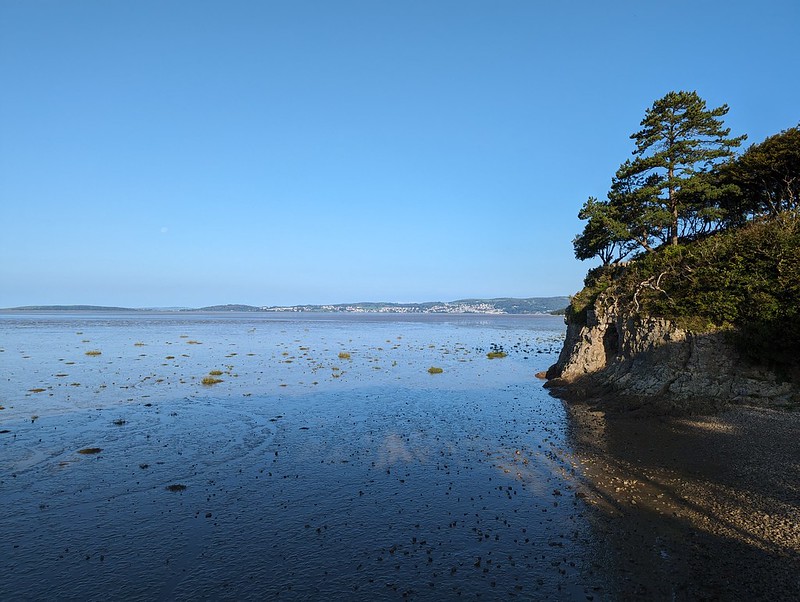
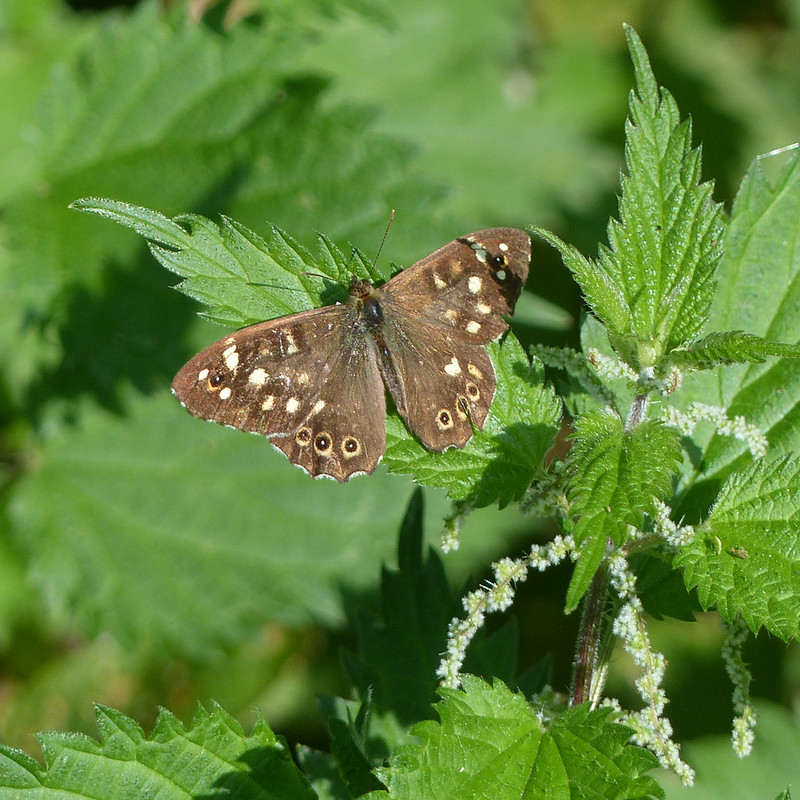
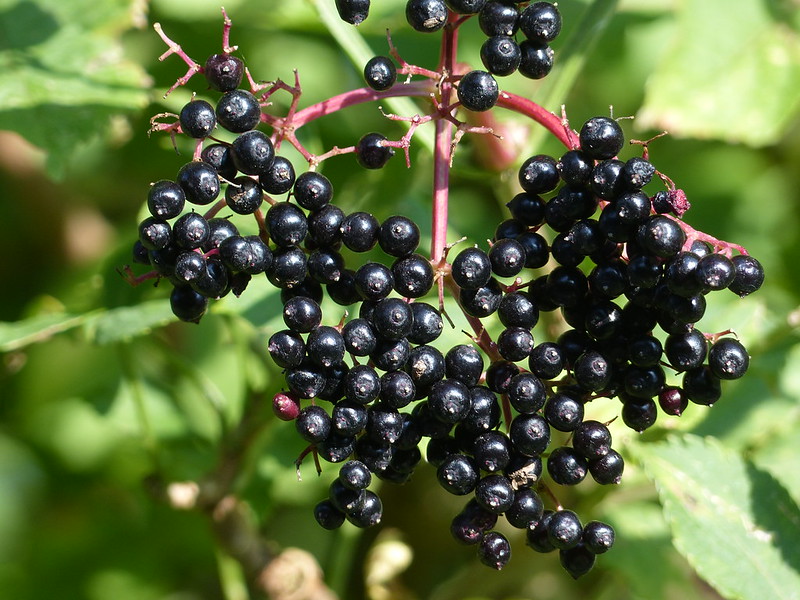
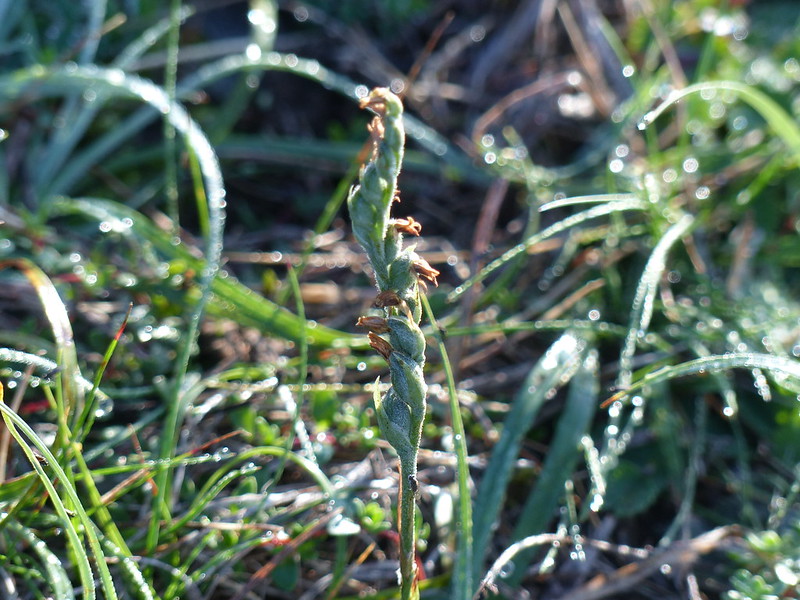
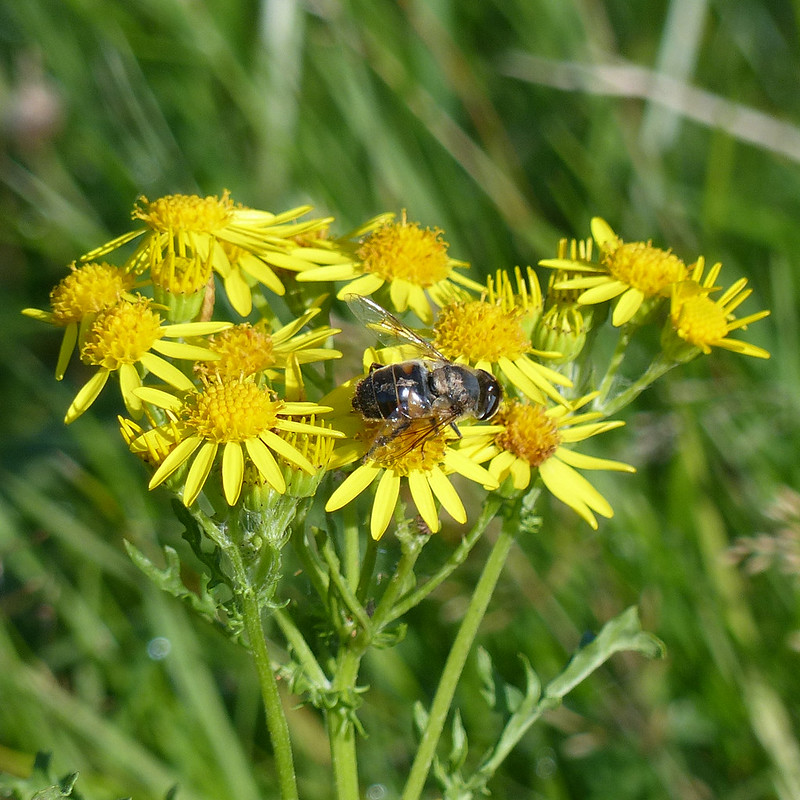
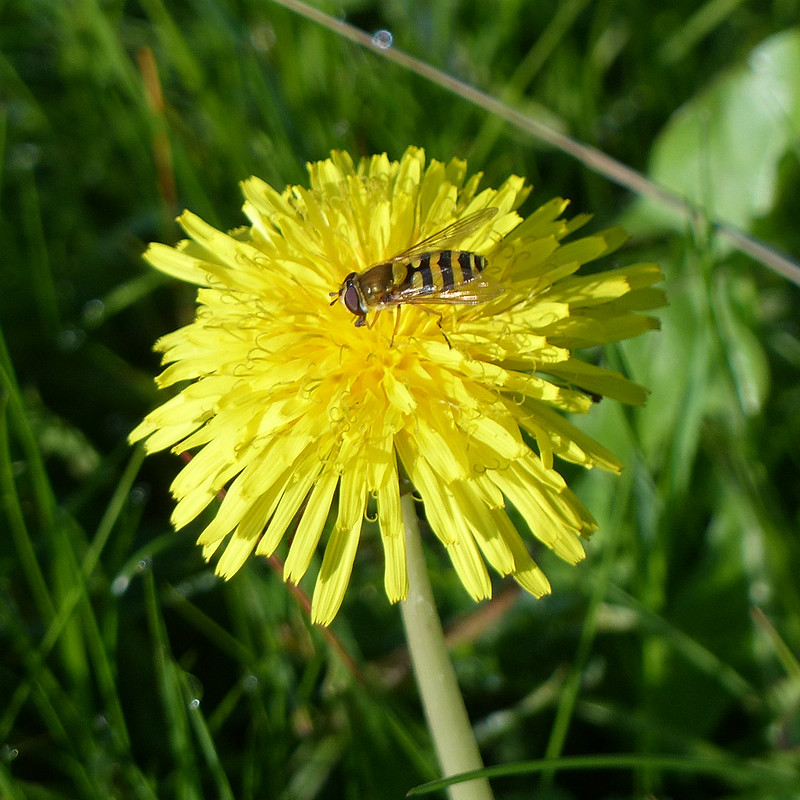
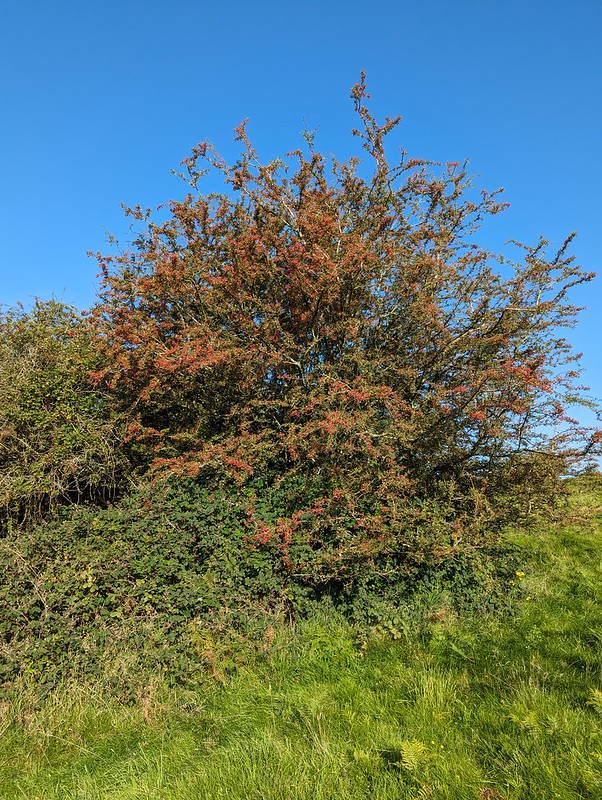
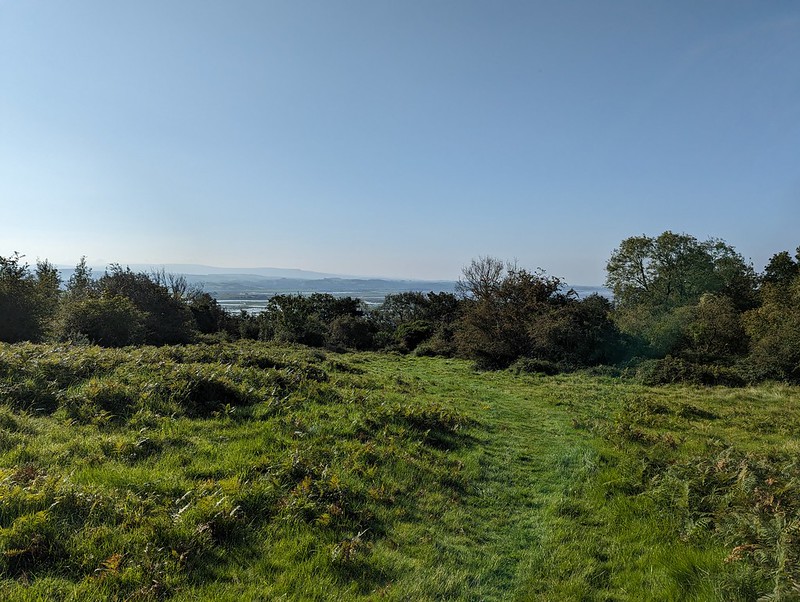
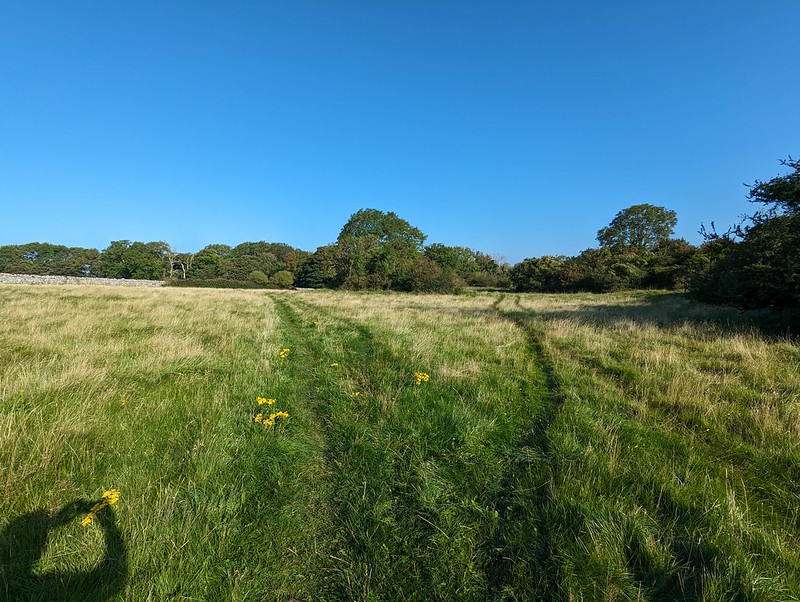

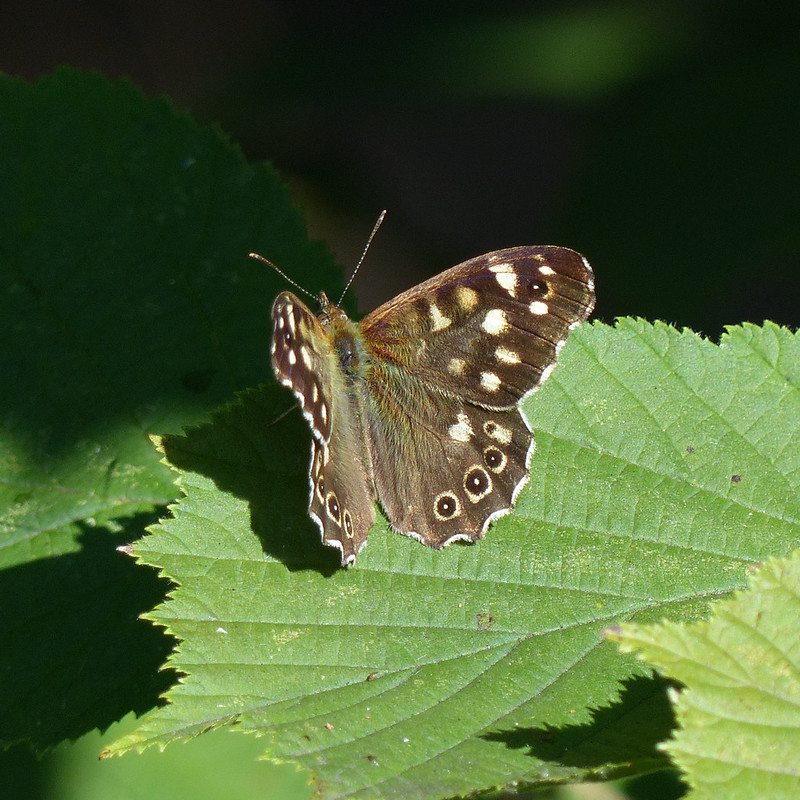
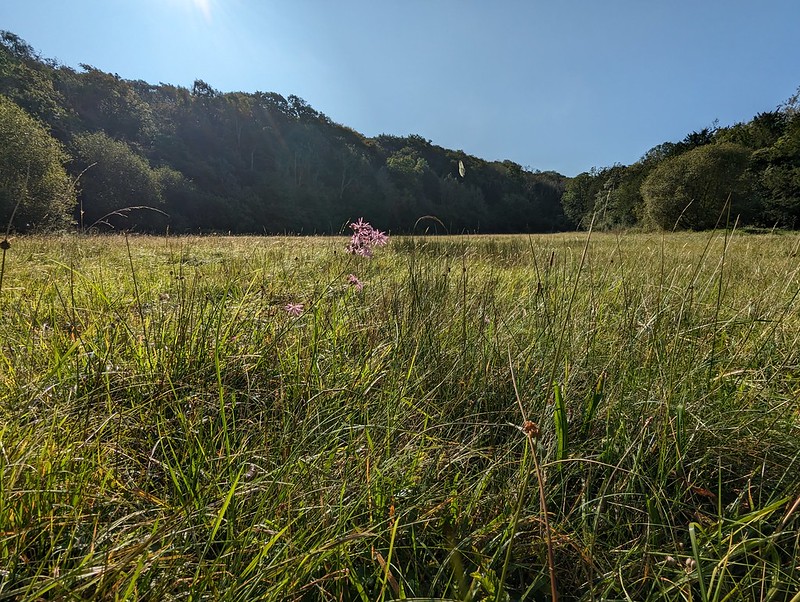

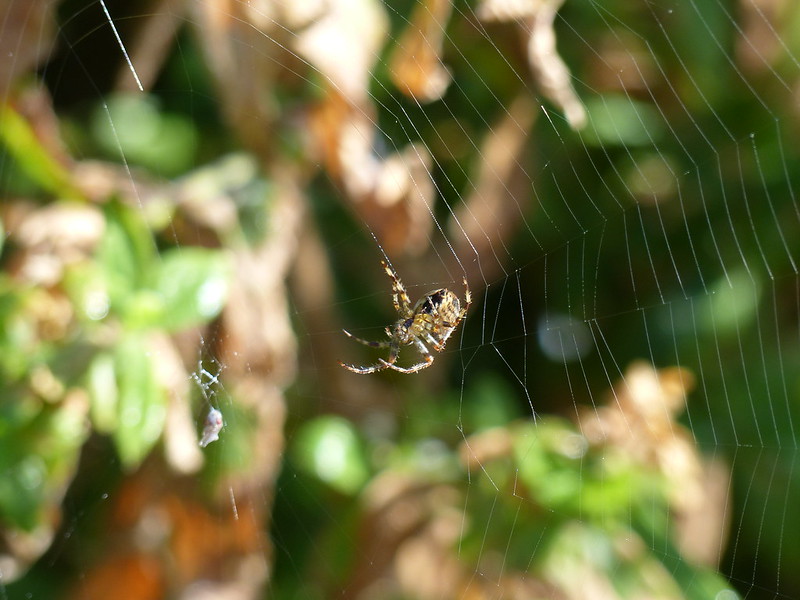

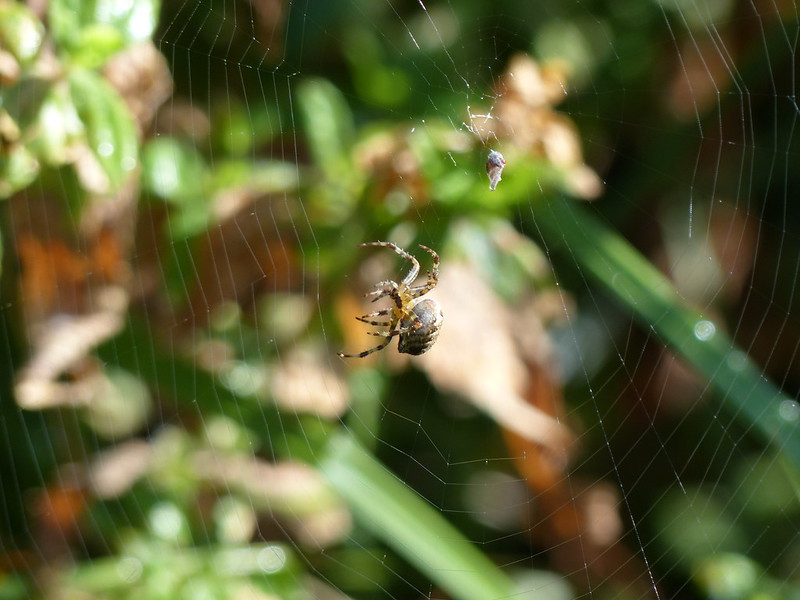
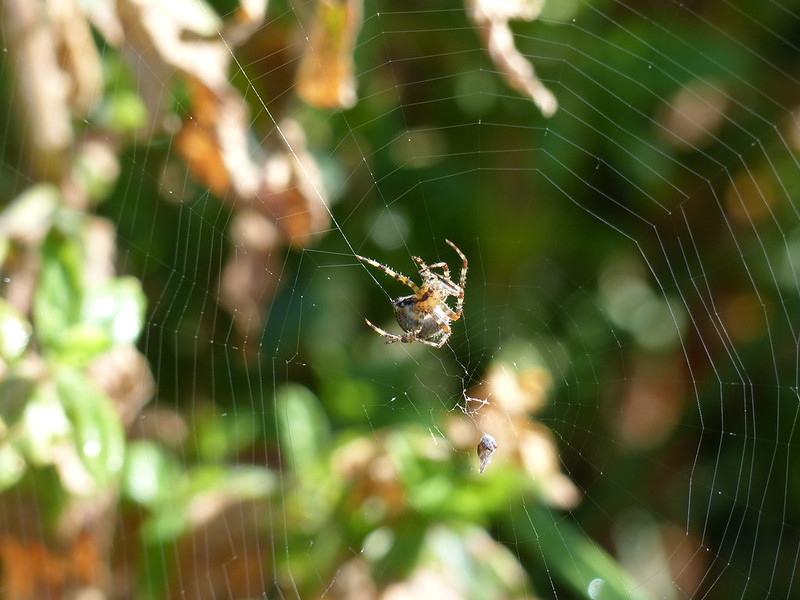

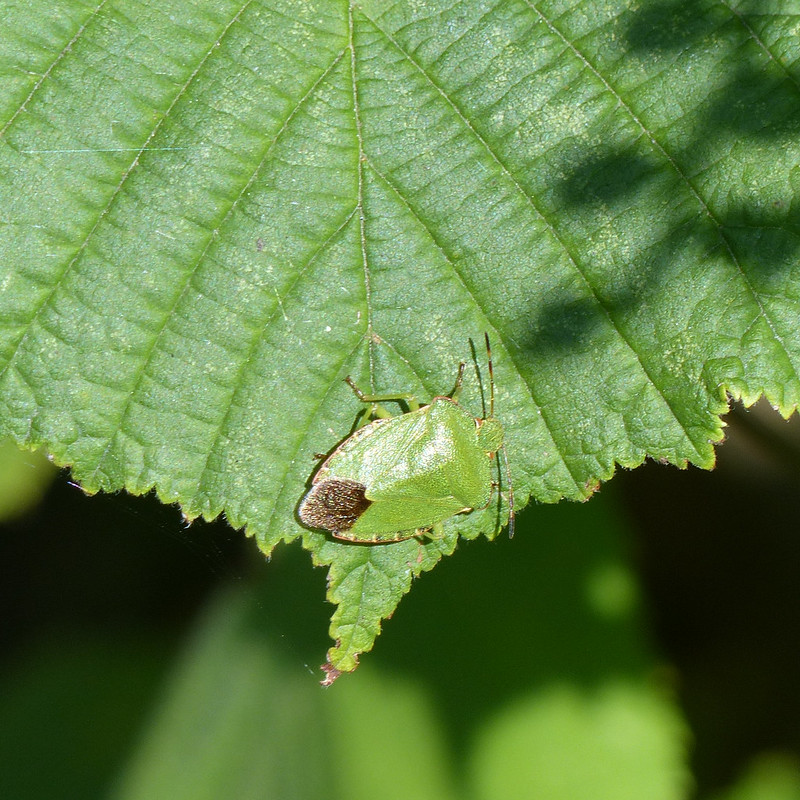
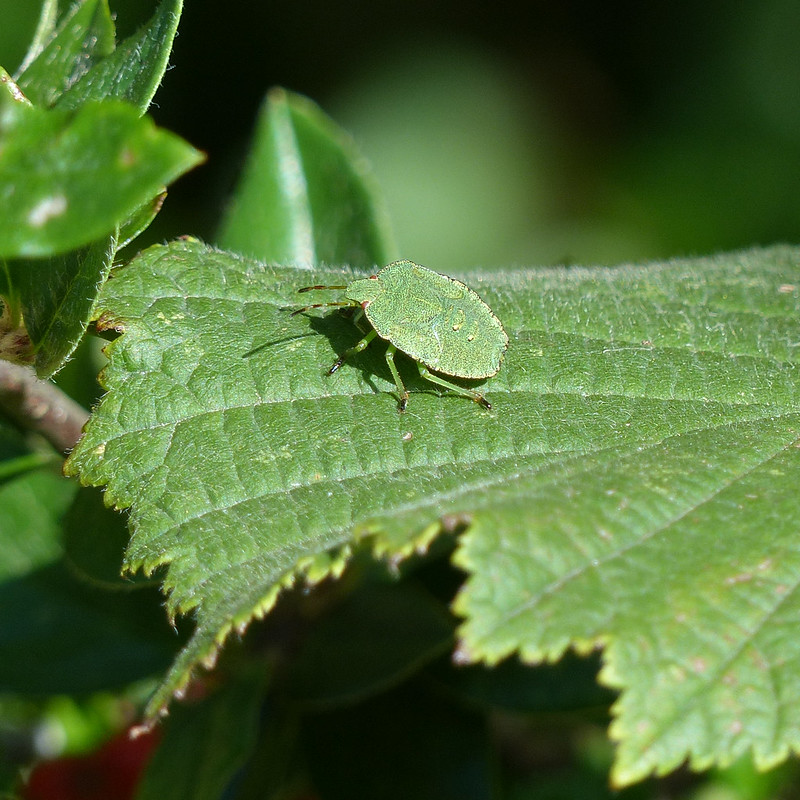
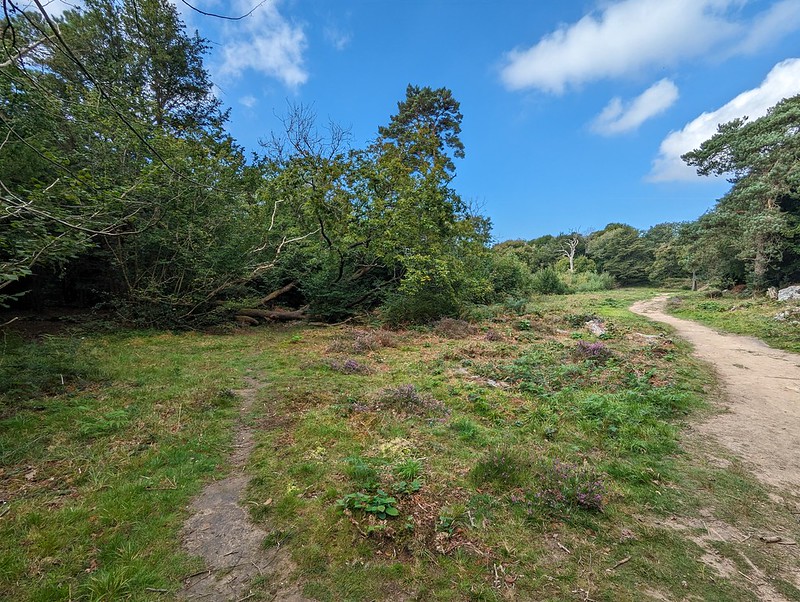
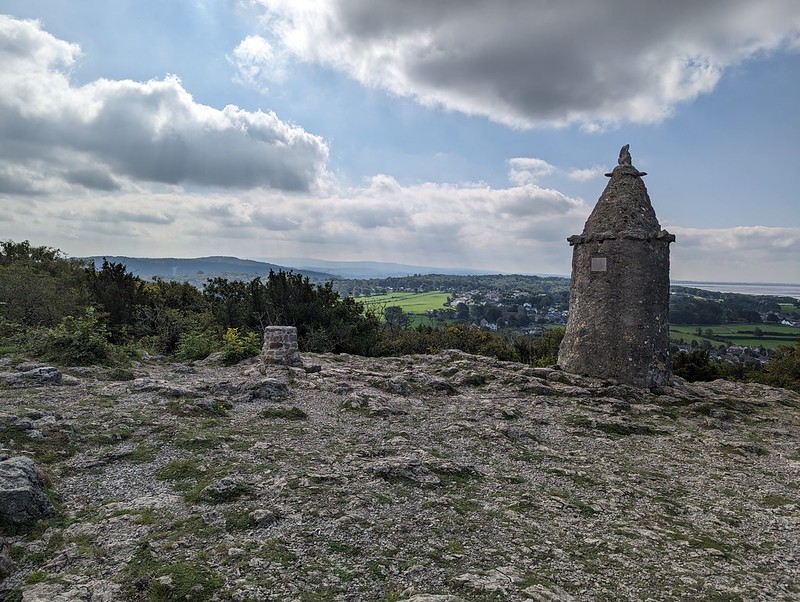
The Cove – The Lots – Woodwell – Heald Brow – Clark’s Lot – Silverdale Green – Burtonwell Wood – Lambert’s Meadow – The Row – Eaves Wood – Castlebarrow






















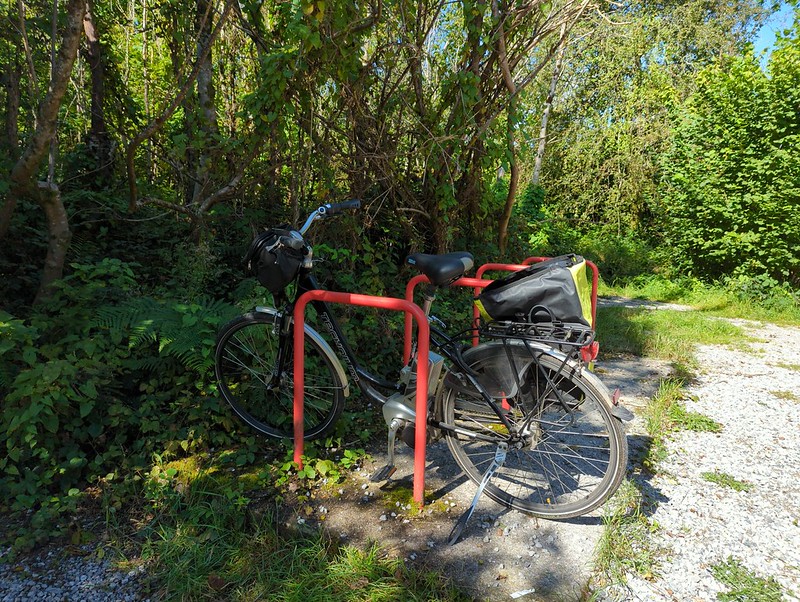
In brief, I cycled roughly three kilometres to the small car park at Gait Barrows National Nature Reserve, then had a very slow wander, of roughly three kilometres, then pedalled home again.

Since there’s not much more to say about this particular outing, a word about the tentative IDs.
Although I’m still surrounded by field guides when I’m blogging (and am eagerly awaiting the release of the 4th edition of a UK hoverflies guide), much of my research these days is carried out online.
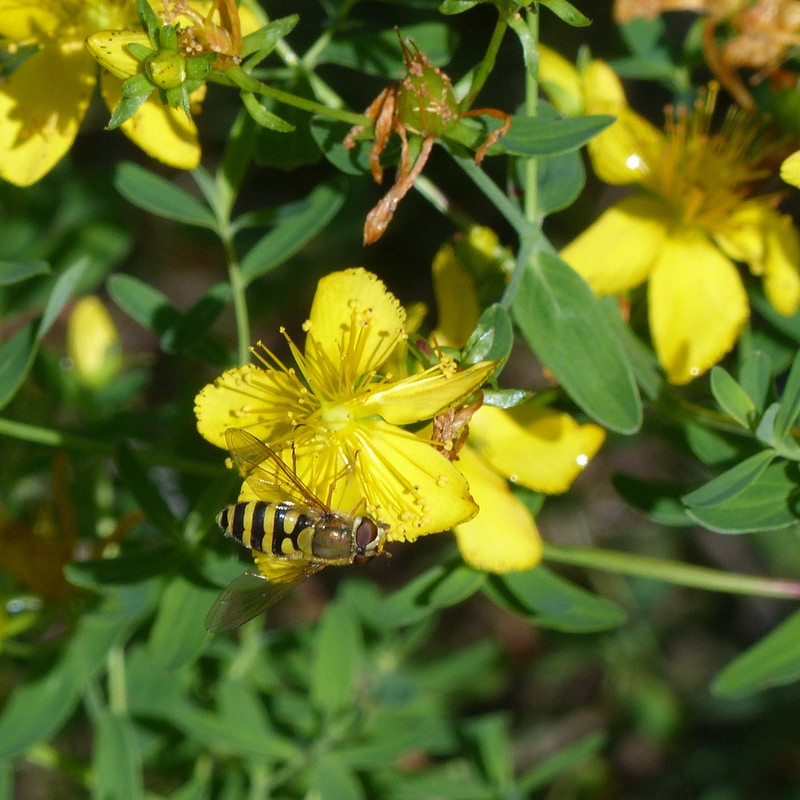
Google Lens often gives me a good start point. Sometimes it seems fully confident and offers me numerous images of the same species along with a related search. At other times, frankly, it might as well throw up it’s notional hands and admit that it hasn’t got a scoobie – showing images of several different species, sometimes of a kind which aren’t even related.
To be fair, according to the National History Museum website, there are over 7000 species of wasp resident in the UK. A little confusion might be expected.
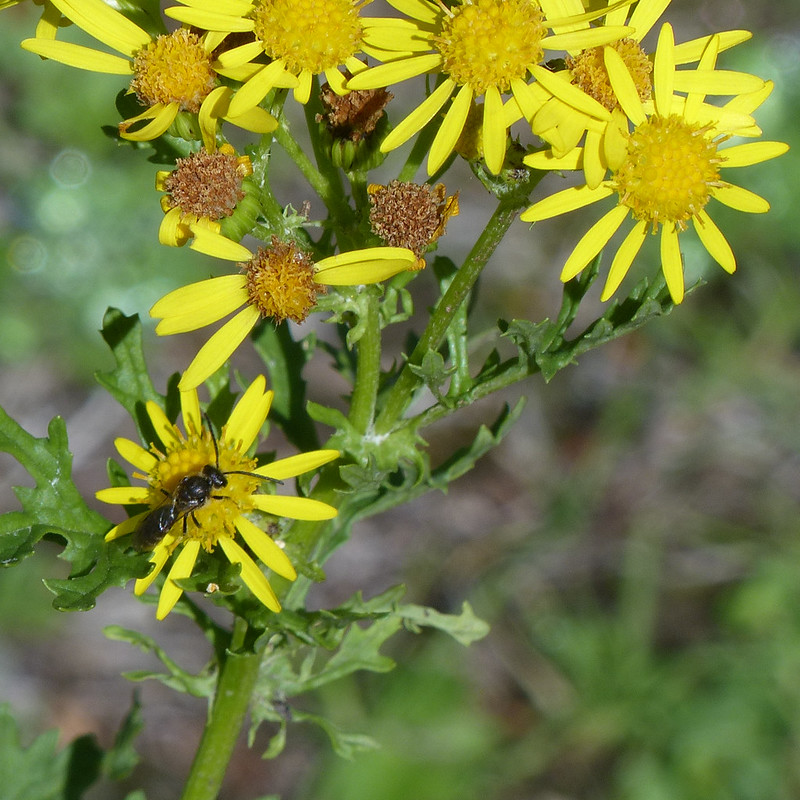
Even in the case of hoverflies, where there are a relatively modest number of species (around 280 apparently), making an ID can be very difficult. For example, I’ve identified a couple of the hoverflies in this post as Syrphus ribesii, but apparently the species Syrphus vitripennis is almost identical, barring some very subtle differences.
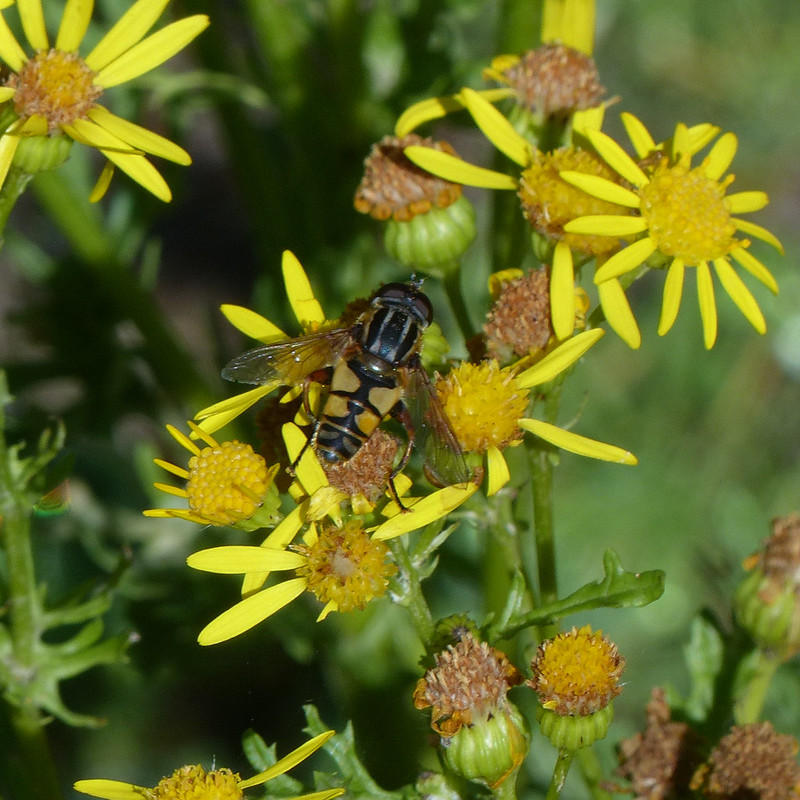
This information comes from the excellent Nature Spot website. Nature Spot is about the wildlife of Leicestershire and Rutland, coincidentally where I grew up, but is often relevant to my more northerly current locale. If I could find something as comprehensive specific to Lancashire and Cumbria I would be thrilled.
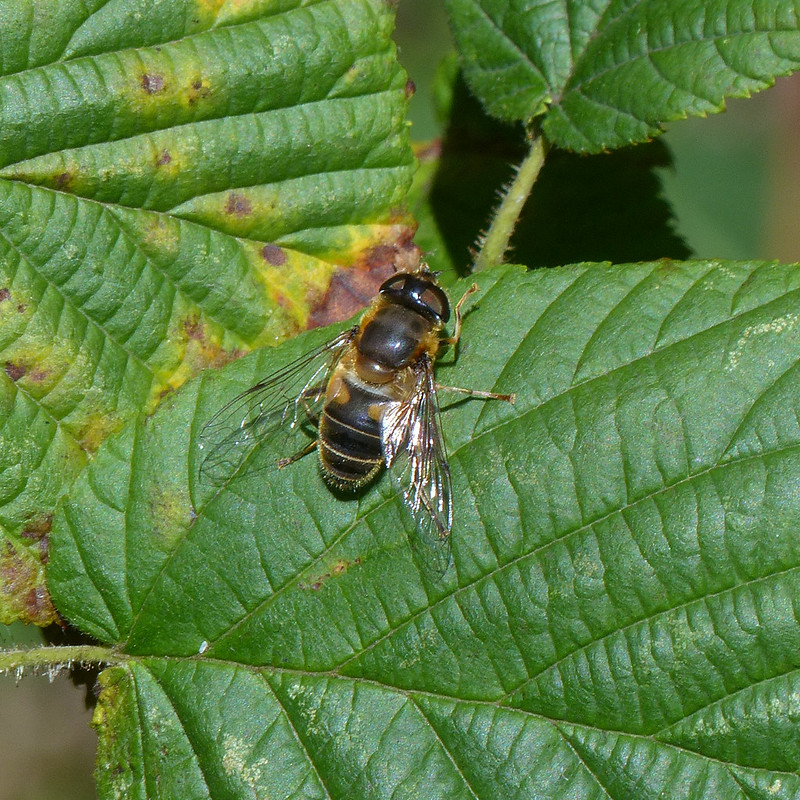
So, all of my identifications should be taken with an enormous pinch of salt. I’m well aware that I’m often going to be wrong, or simply clueless, but I’m learning all the time and I enjoy the detective work, even when it might lead to questionable conclusions.
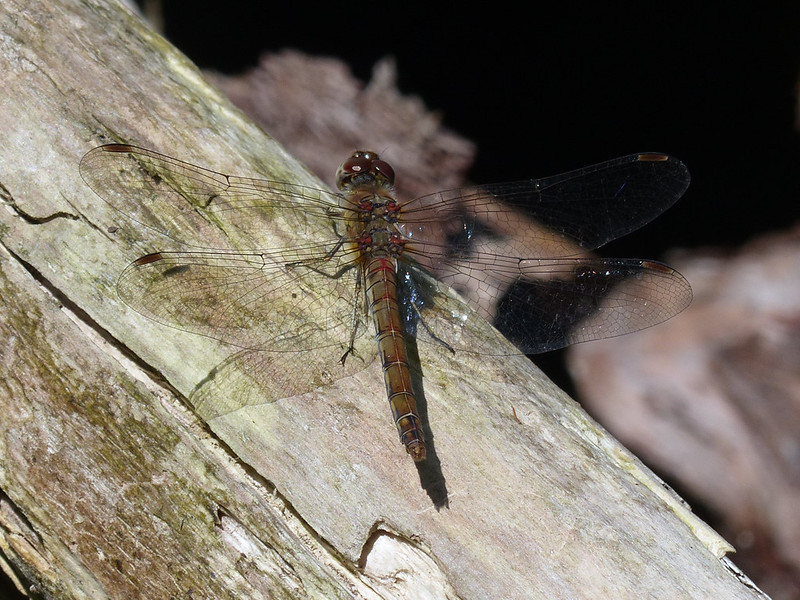
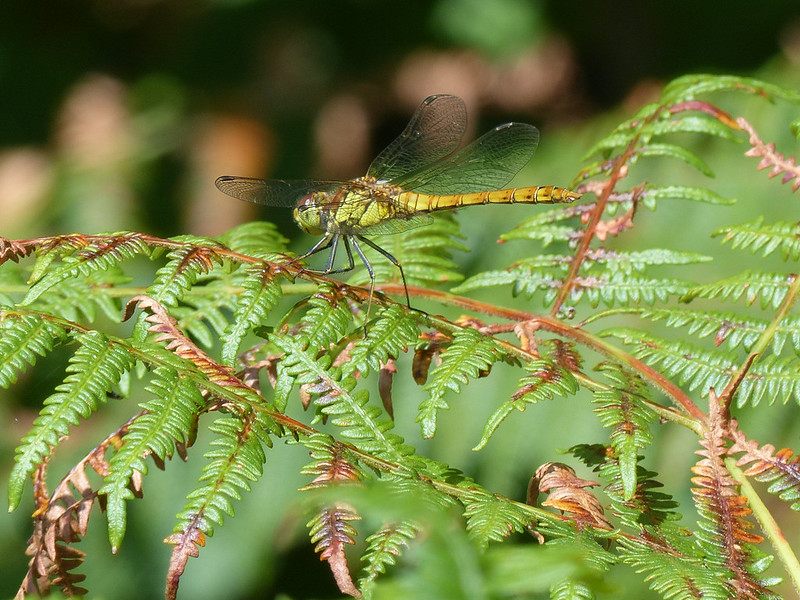
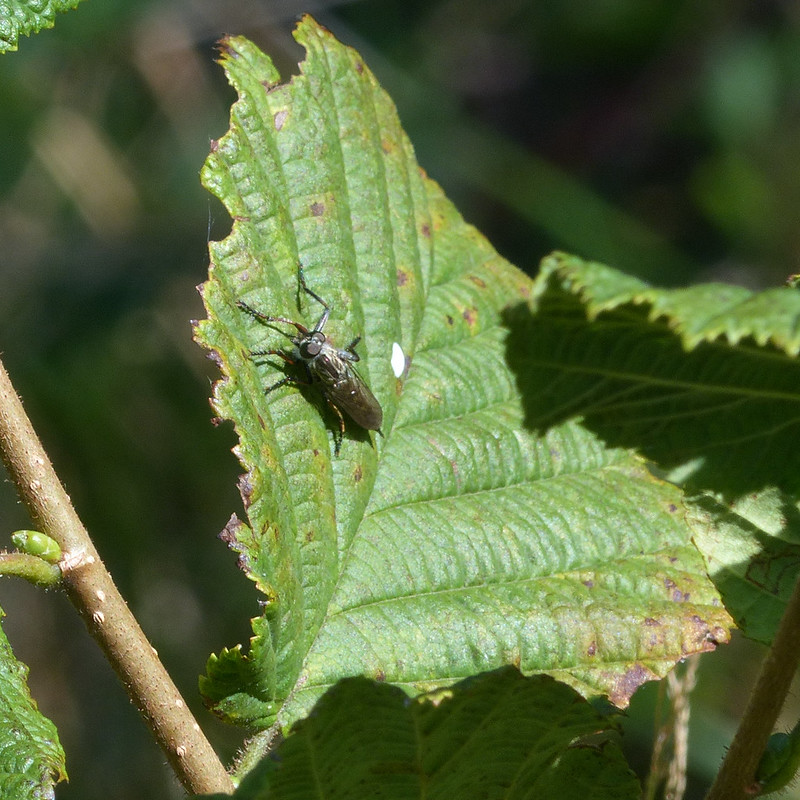
According to this detailed presentation, the UK only has 29 species of Robber Fly, so maybe that’s an area in which I could make some progress? To be honest, at the moment I’m content to leave it at ‘Robber Fly’. Last summer, I watched one of these intercept and kill a micromoth; they are awesome predators.

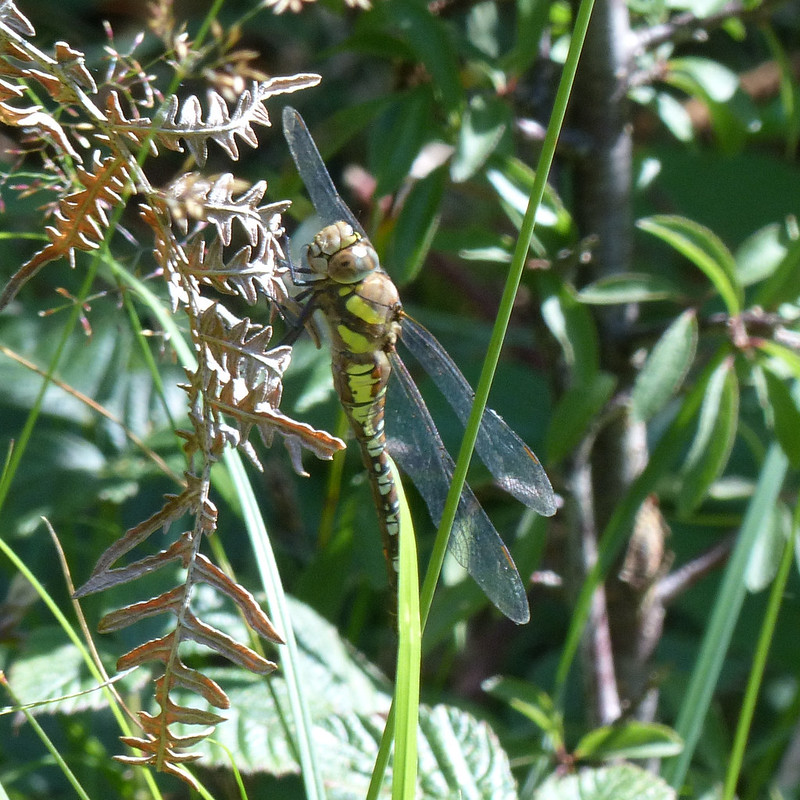


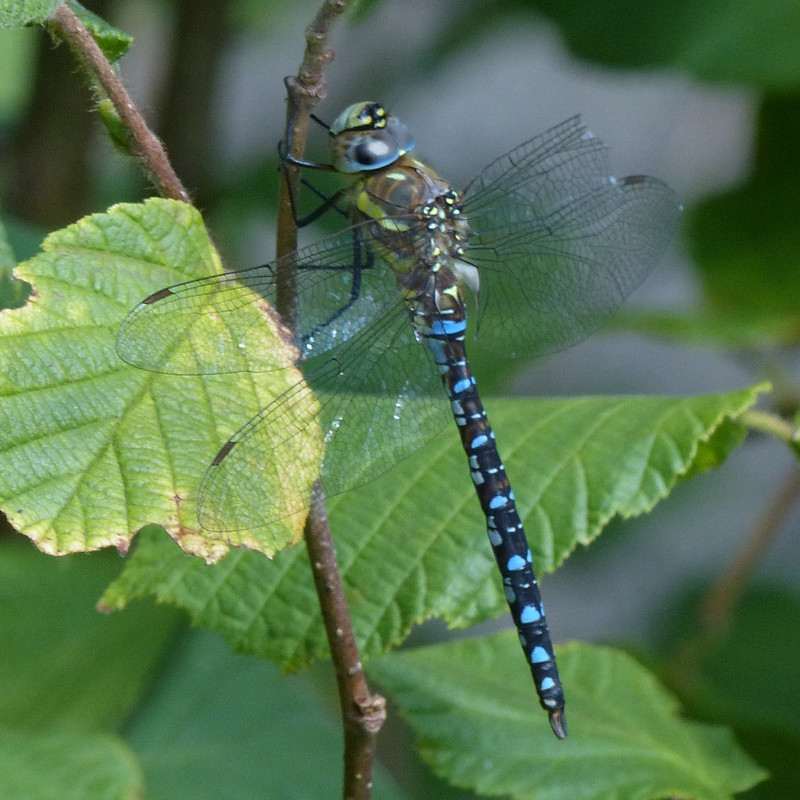
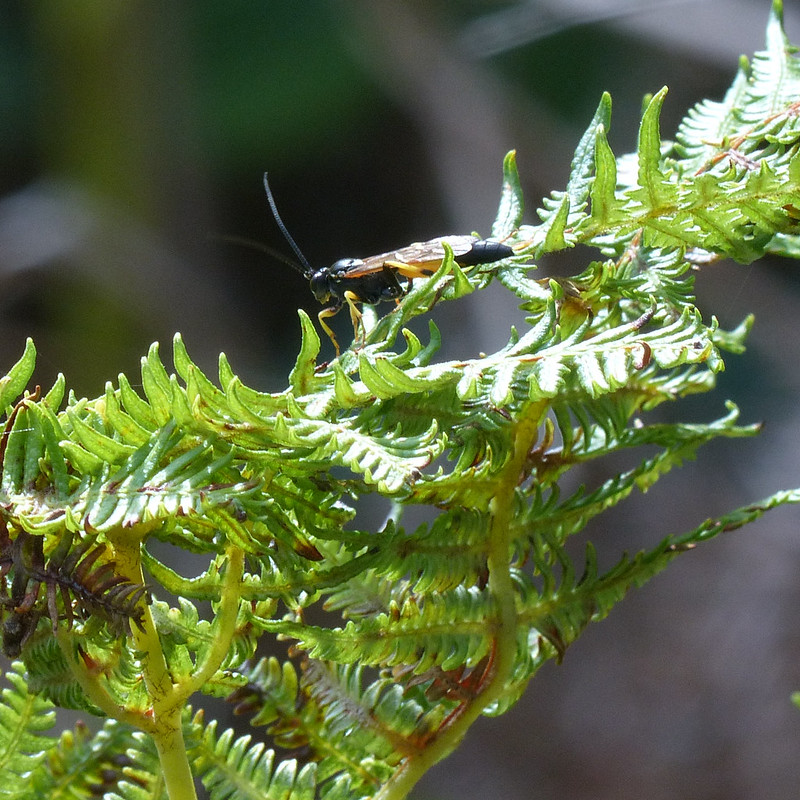


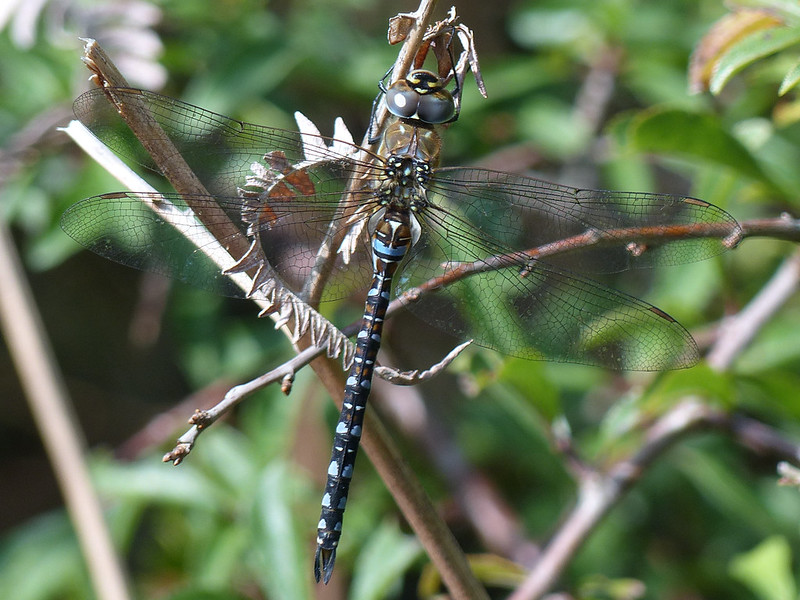

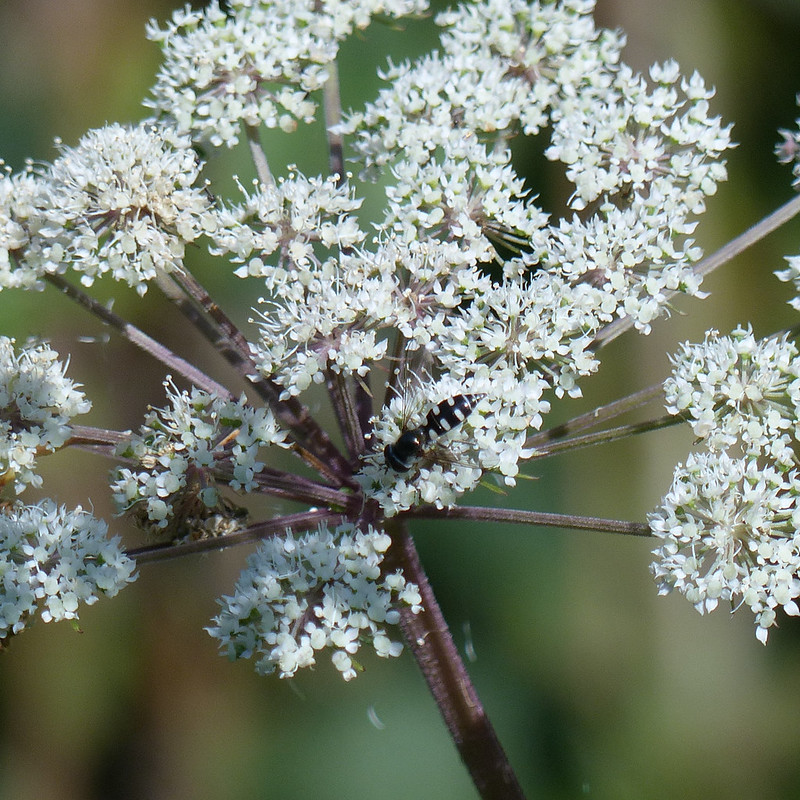
Many hoverflies are mostly black and yellow, but I do often see these small black and white hoverflies. I’m less successful and capturing them in photos though, so was happy to get this one.




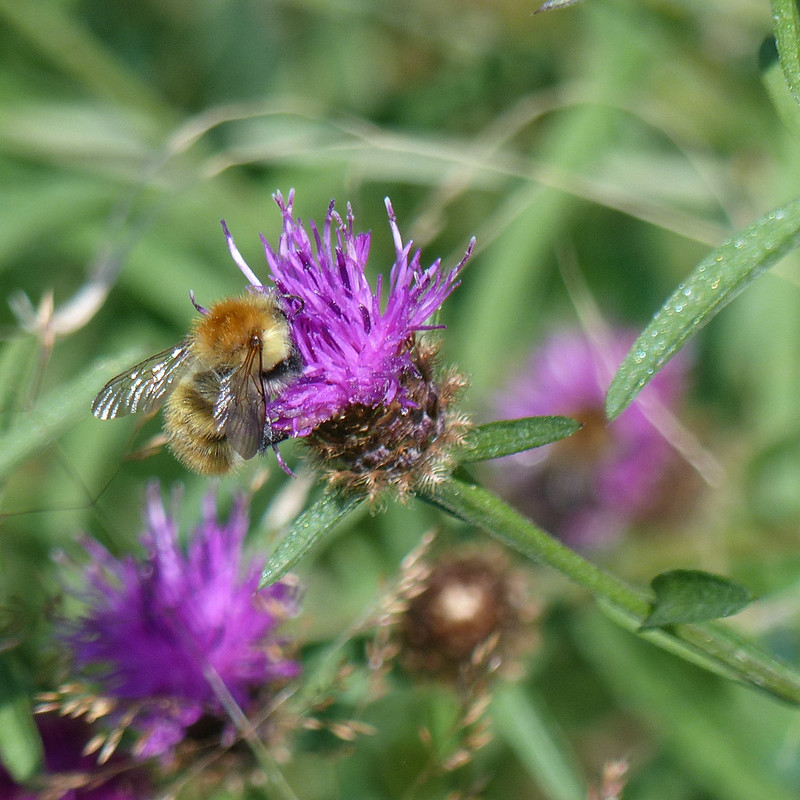



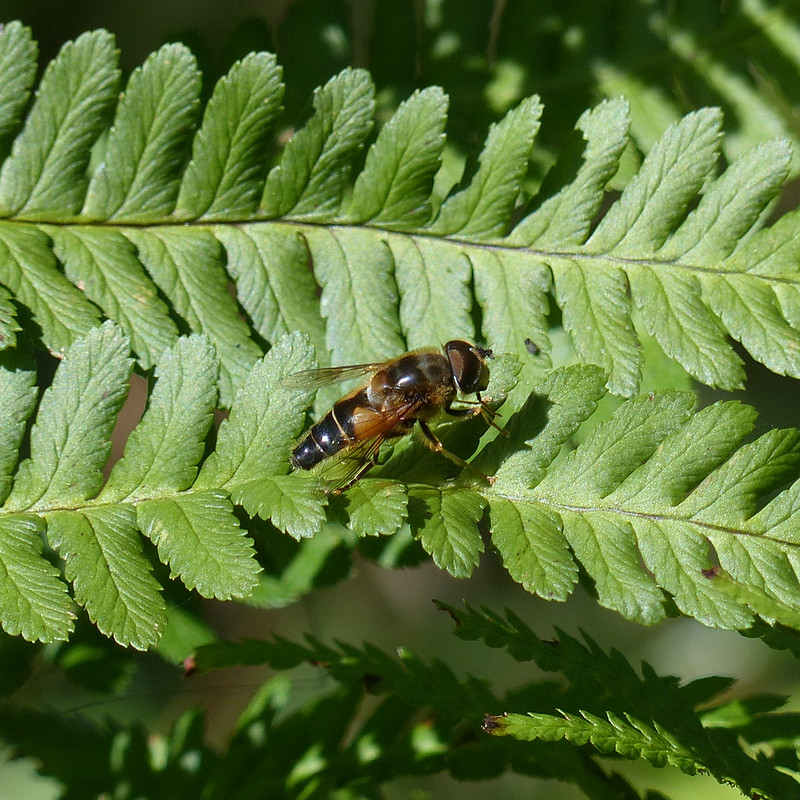
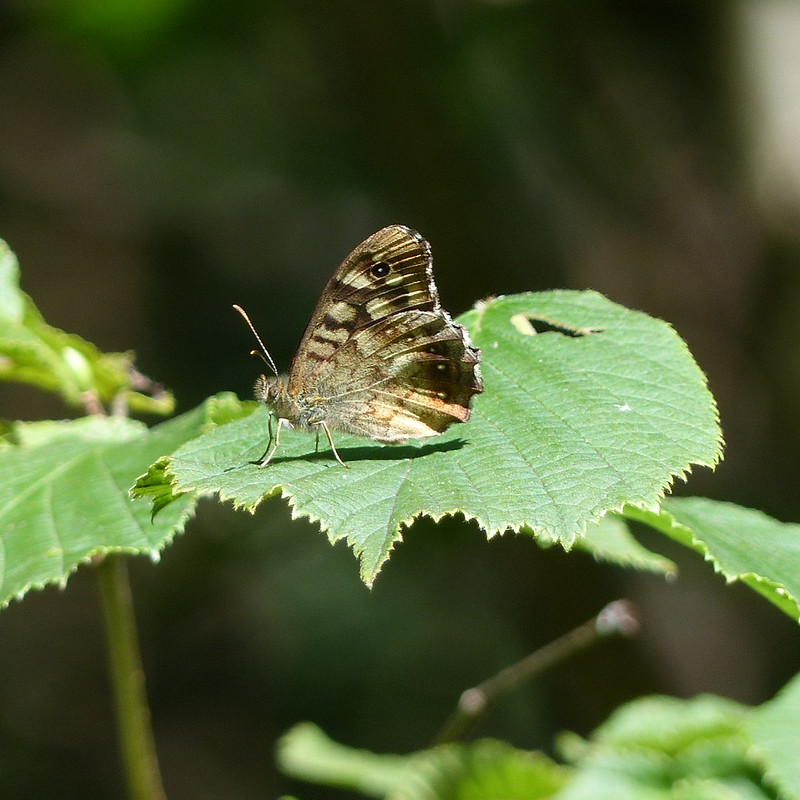


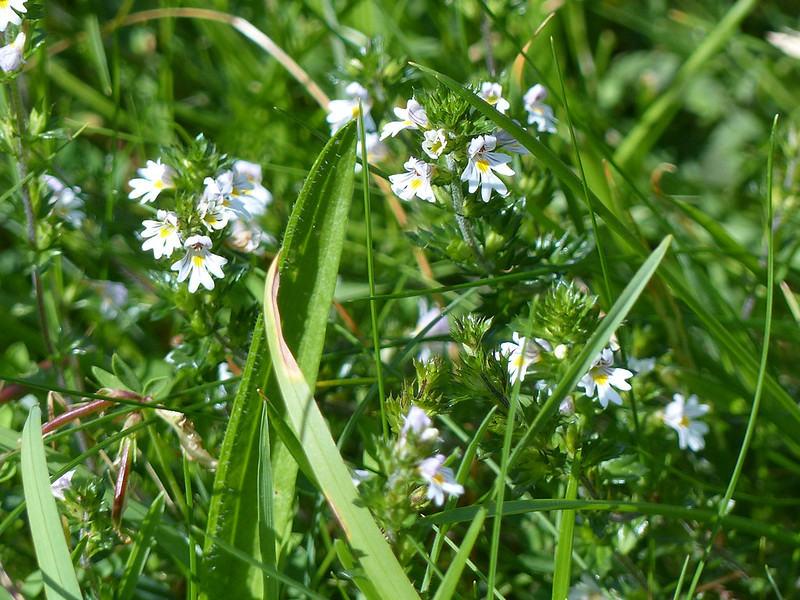



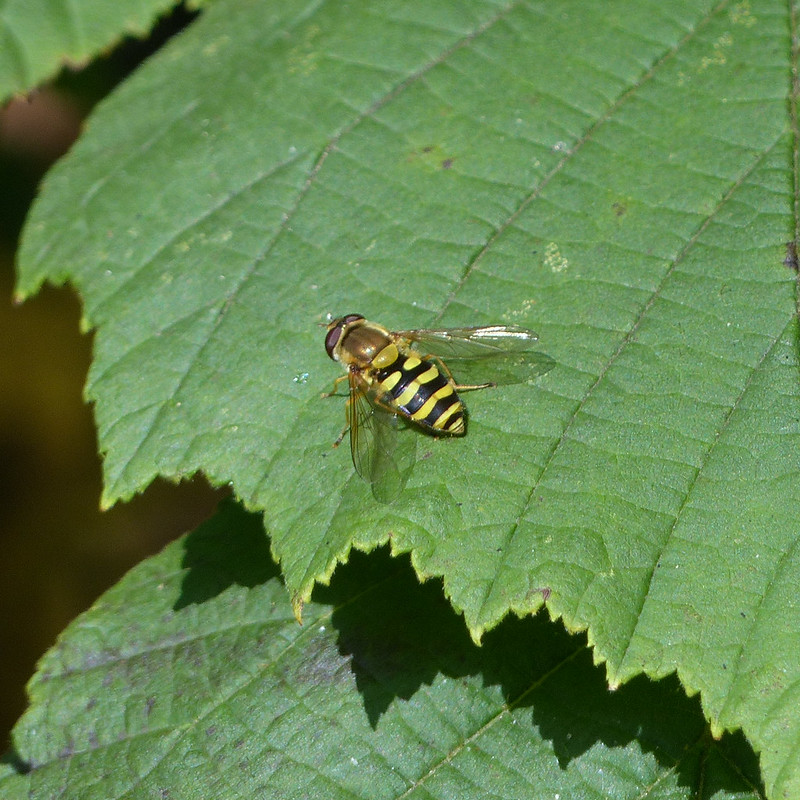

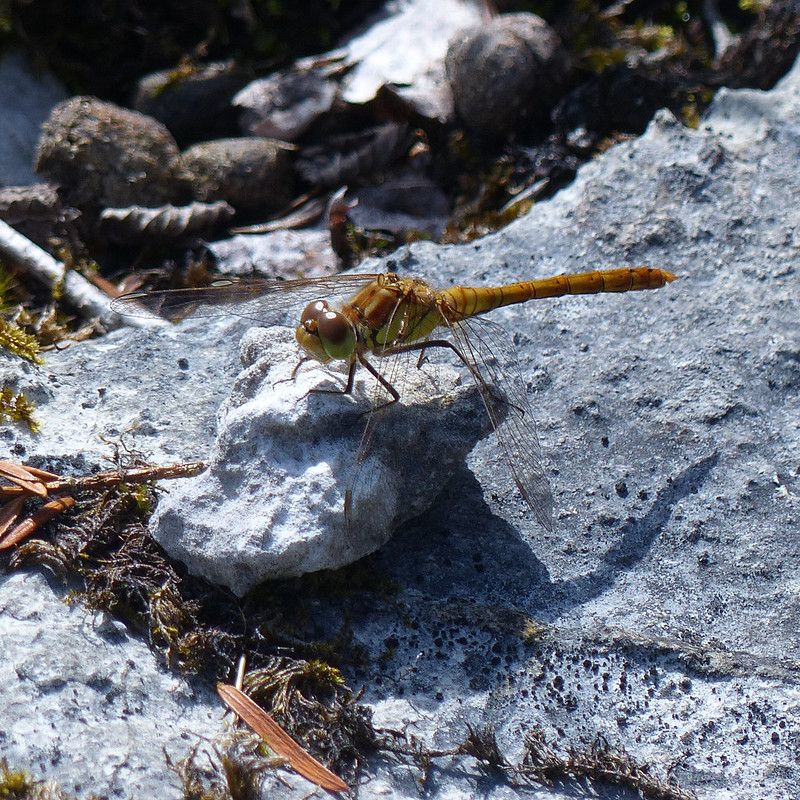
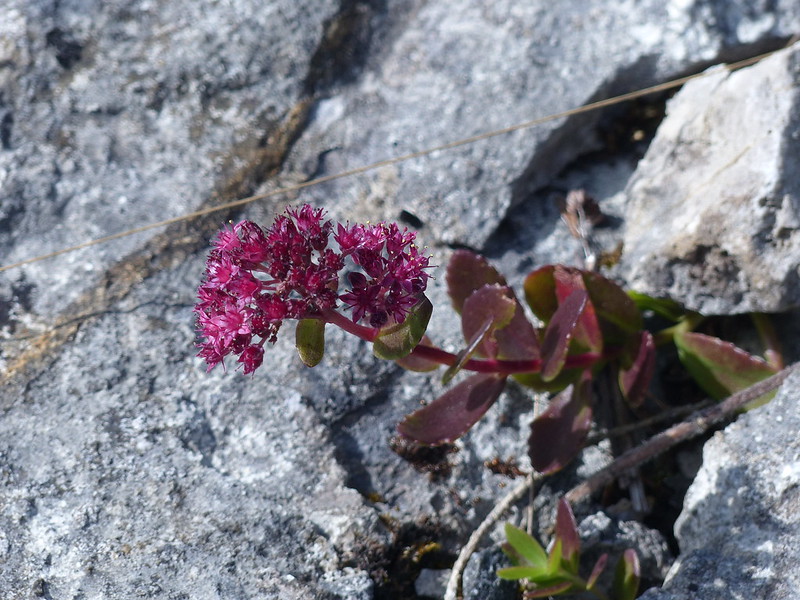

Whilst these photos are all from the tail end of last summer, I’m happy to report that on Tuesday afternoon, the rain paused briefly in its recent onslaughts, and I was back at Gait Barrows, in glorious spring sunshine snapping photos of shieldbugs, butterflies and particularly abundant hoverflies. Marvellous.

Two more local strolls from the back end of August. The first was a quick trip to The Cove and around The Lots, with TBH, but since she wasn’t ready to leave the house when I was, I first walked across the fields to Stankelt road and around Clark’s Lot first.


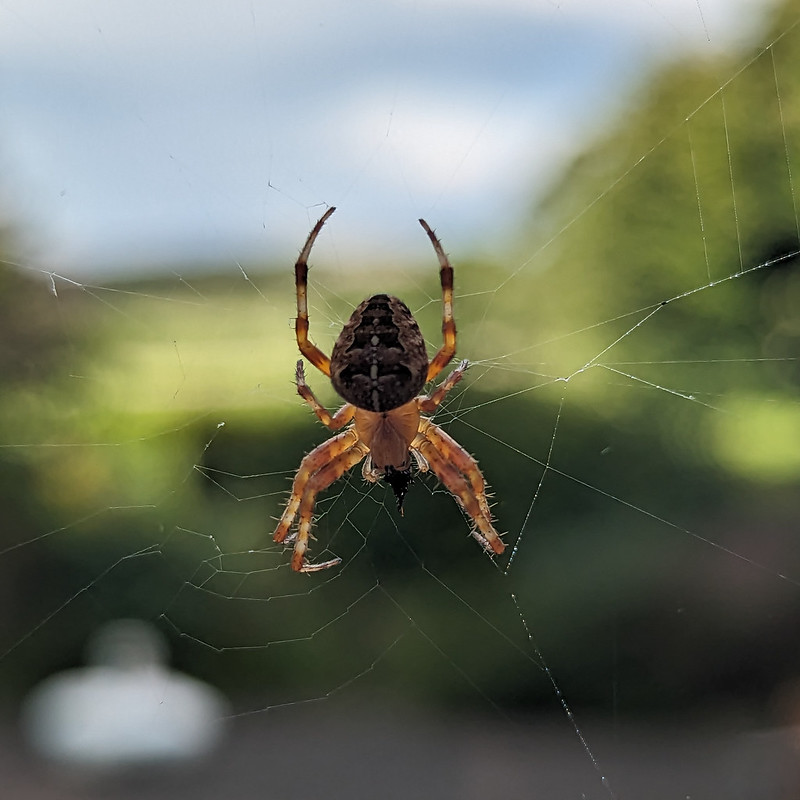
This spider was in our garden, but only just, hanging just beyond one of our kitchen windows.
The following day I walked our circuit around Jenny Brown’s Point, but had a mooch around Lambert’s Meadow first. This slight path runs around the eastern edge of the meadow…
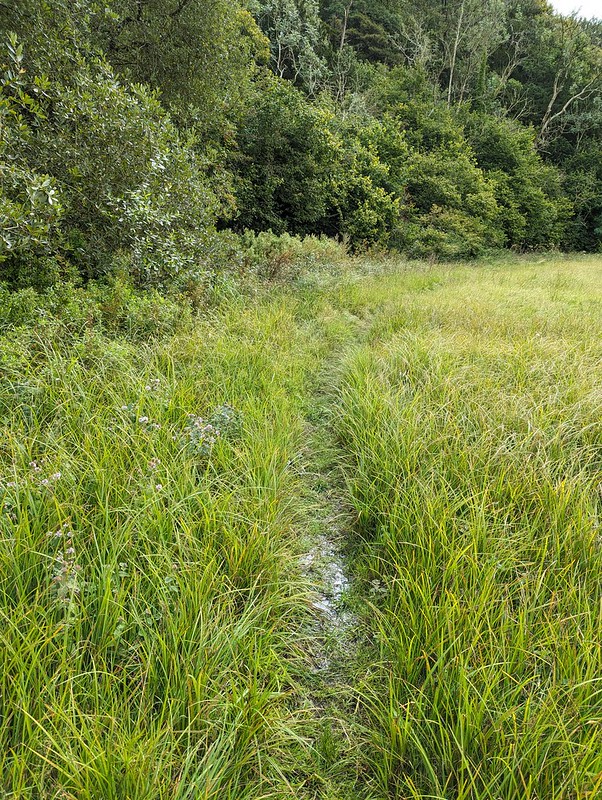
It’s where I take most of my photos – you can see here that’s it under a couple of inches of water, which isn’t uncommon at all in the winter, but which shows what a wet August we were having.



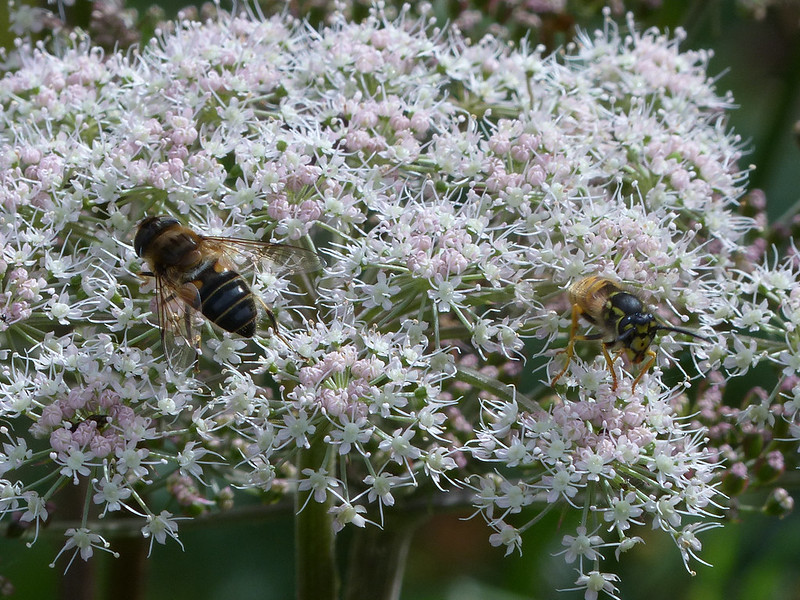

“This is a large and brightly marked hoverfly, with 3 pairs of wedge-shaped yellow bars and reddish-orange legs.” It prefers wet heath, so Lambert’s Meadow is the right sort of spot.
The light wasn’t great, but there was plenty to see and photograph. In particular, a variety of snails seemed to be having some sort of rave. They were everywhere.

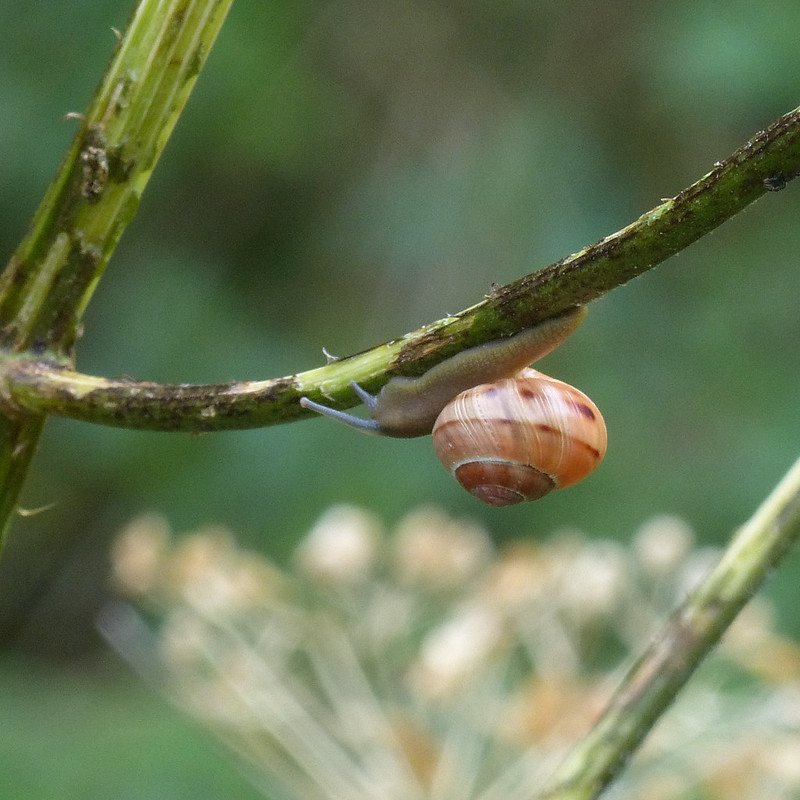

There were actually several more snails on these two tall stems, who knows why they were so busy that day?

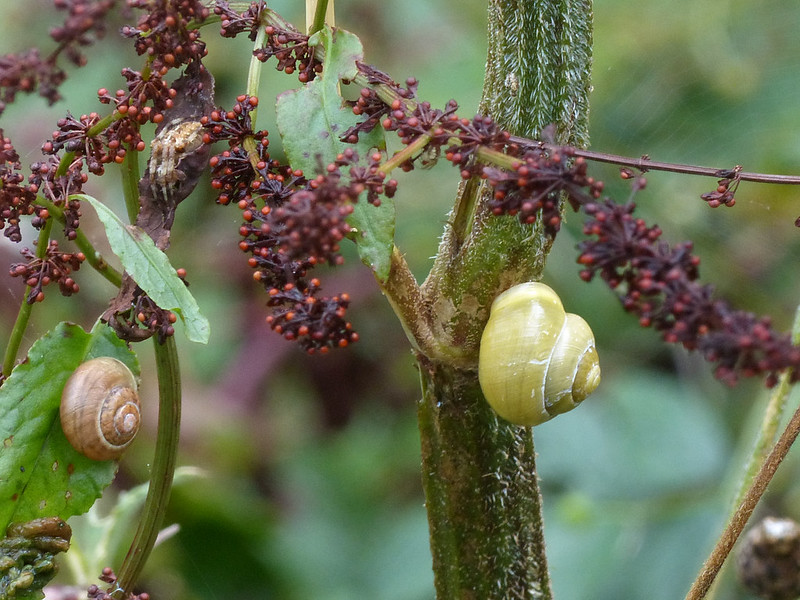
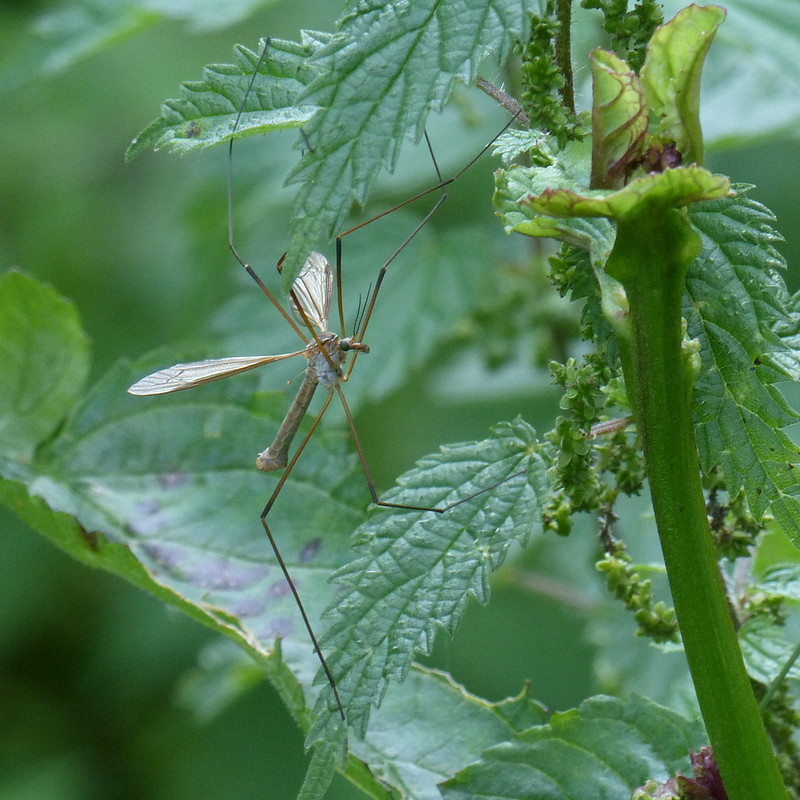
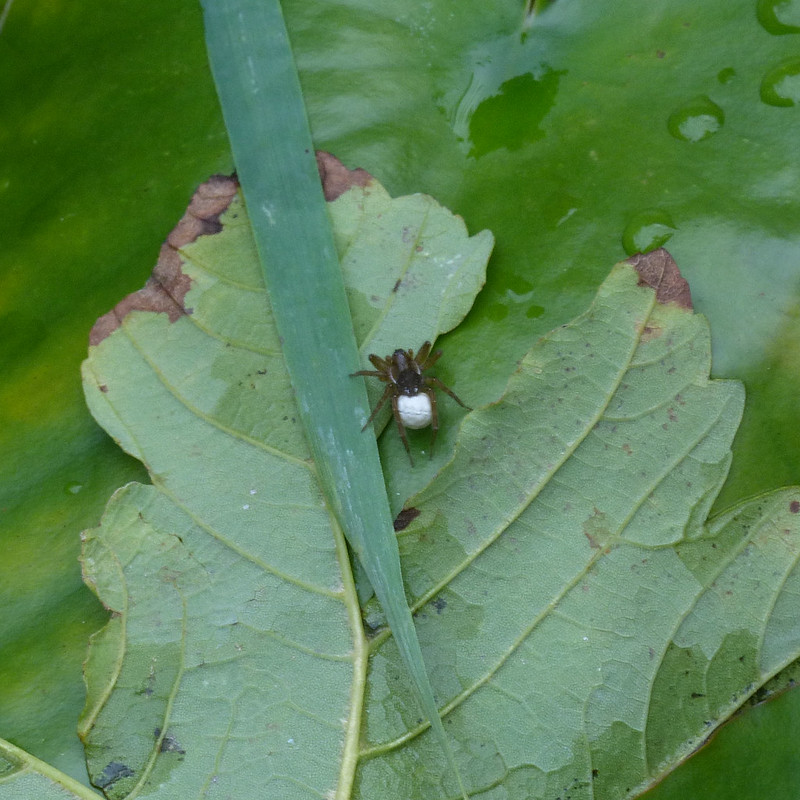
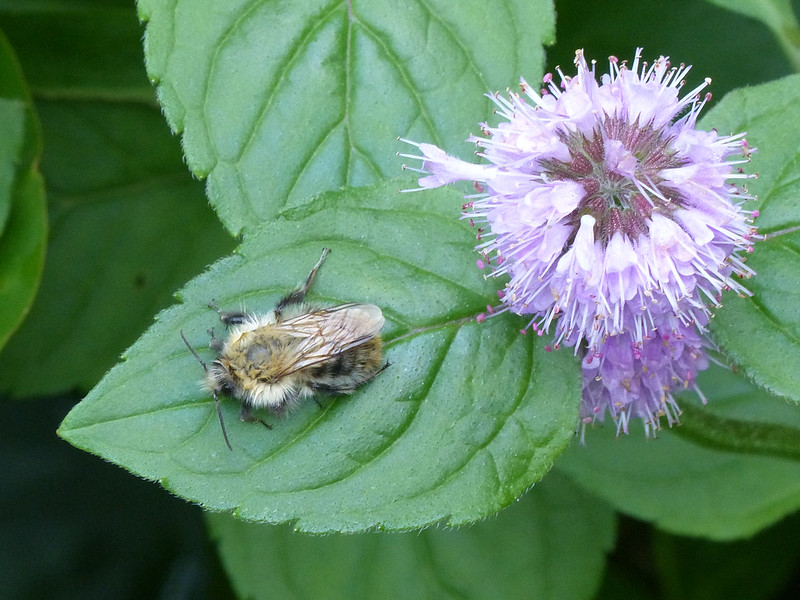
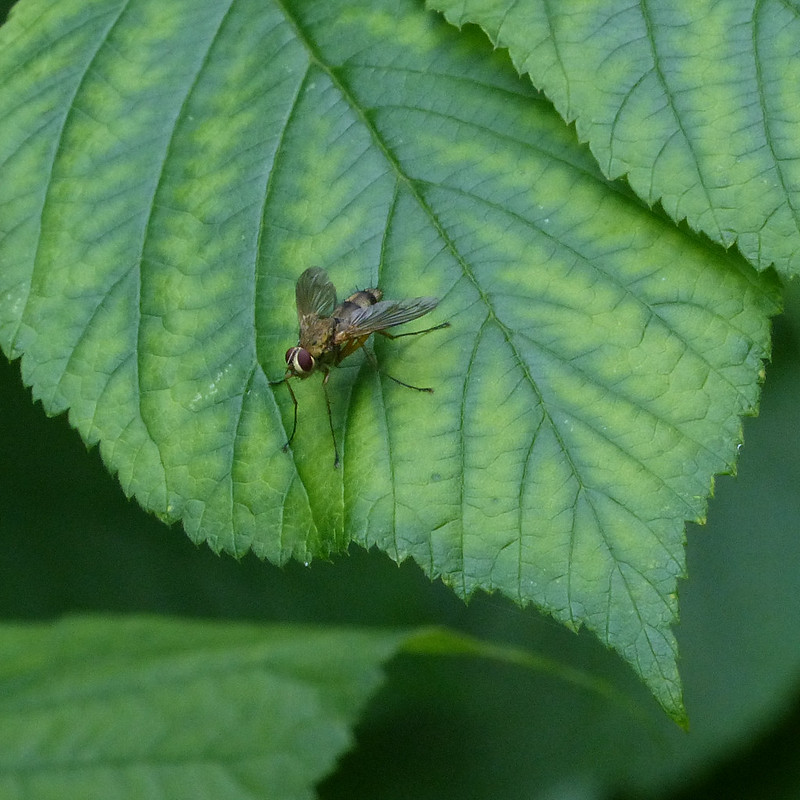


On my way down to Jenny Brown’s, I emerged from Fleagarth Woods into a small clearing which was mobbed with wildflowers, especially Common Knapweed. The flowers were really busy with bees and hoverflies, so of course, I took no end of photos.
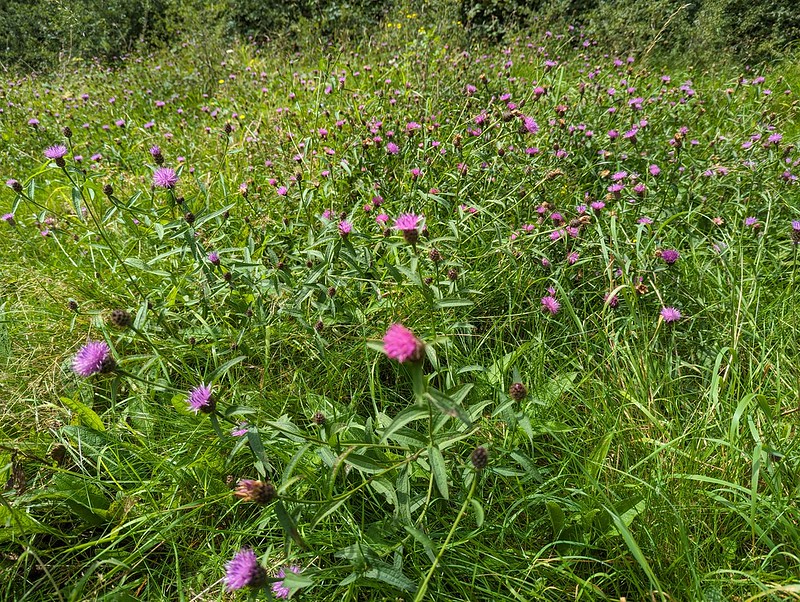
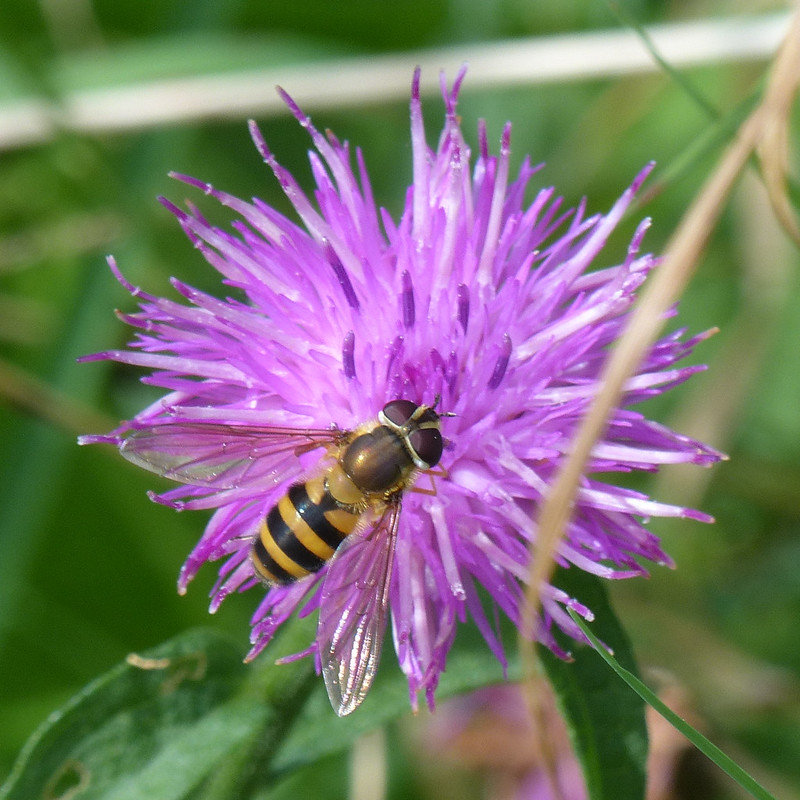
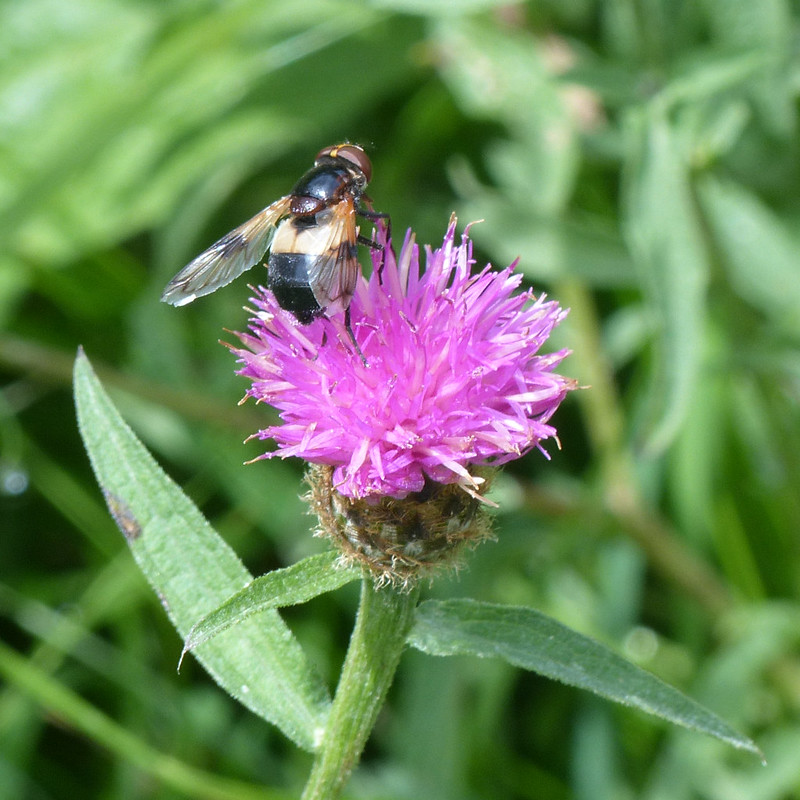

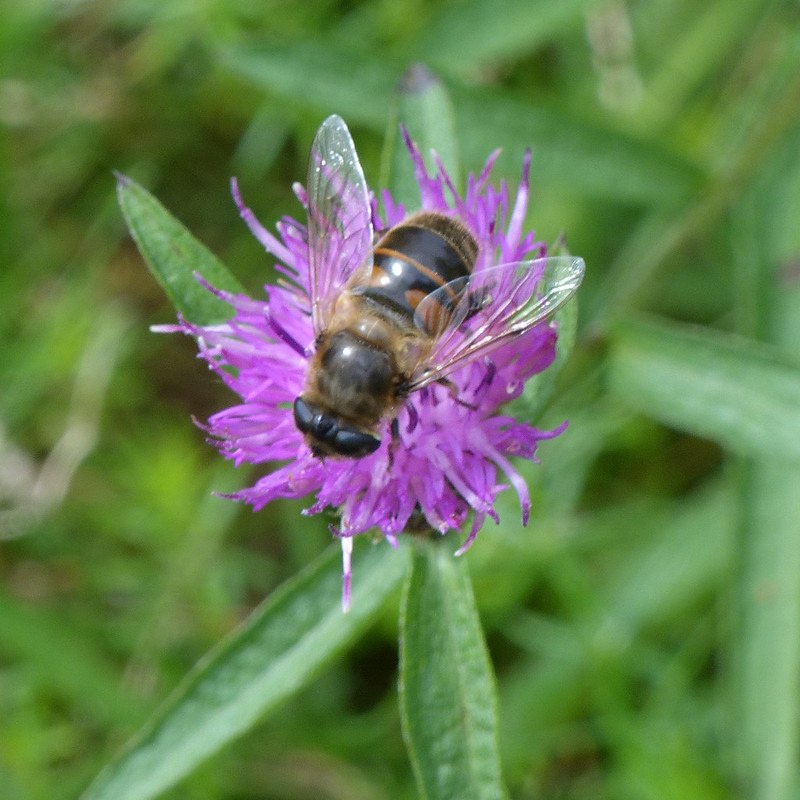

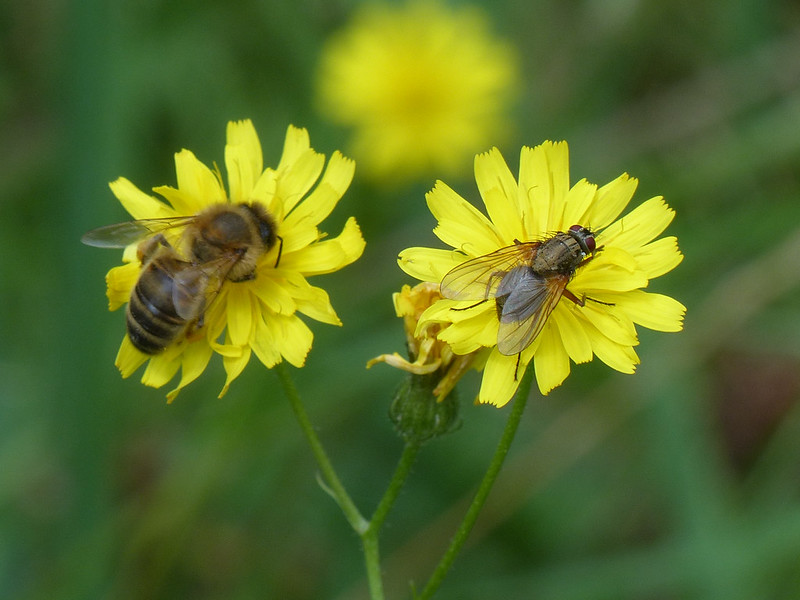
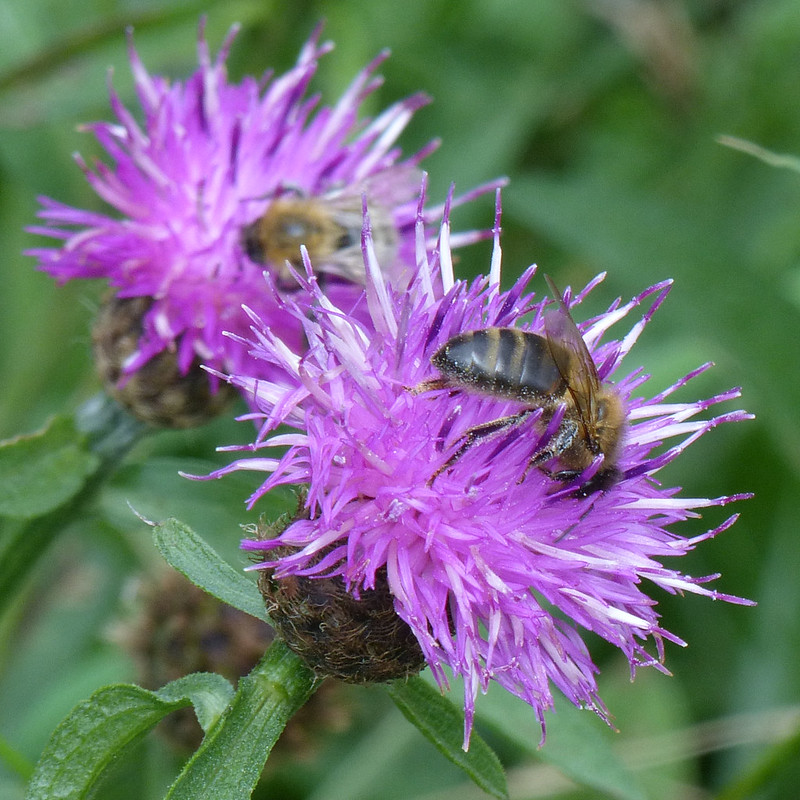

My roaming through the flowers disturbed this frog…
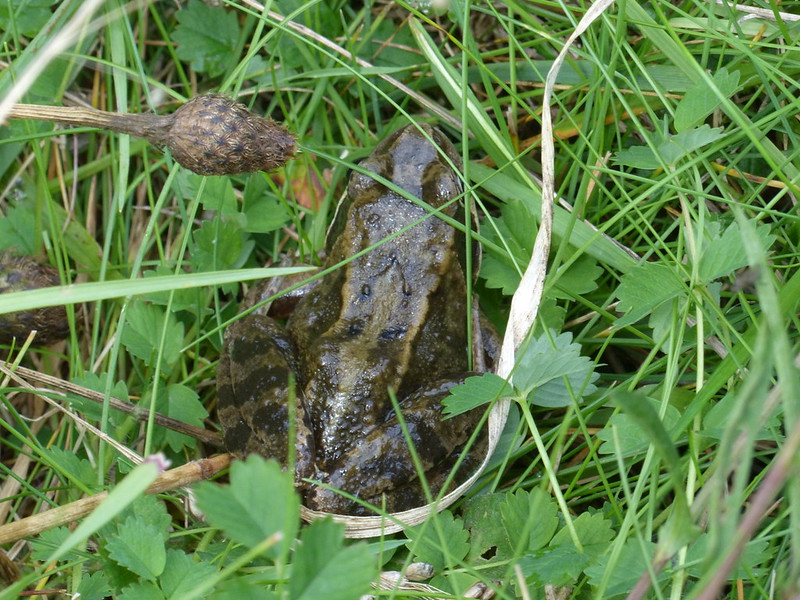
Had I realised how many different species of hoverfly were in that little clearing, I probably would have stayed to take even more photos, but until I got home to download and look at the photos I wasn’t aware of the variety.
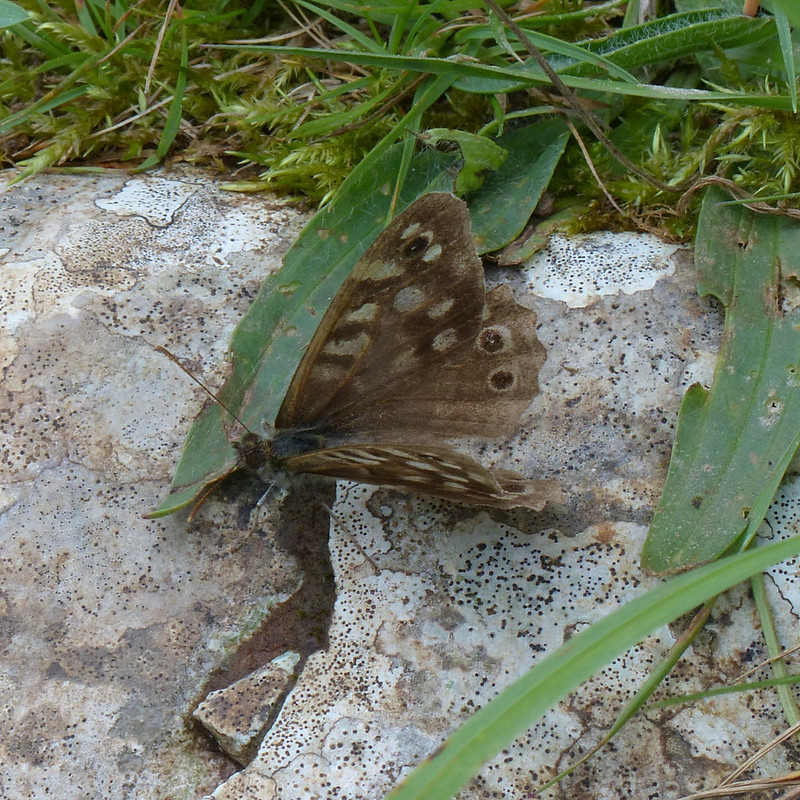
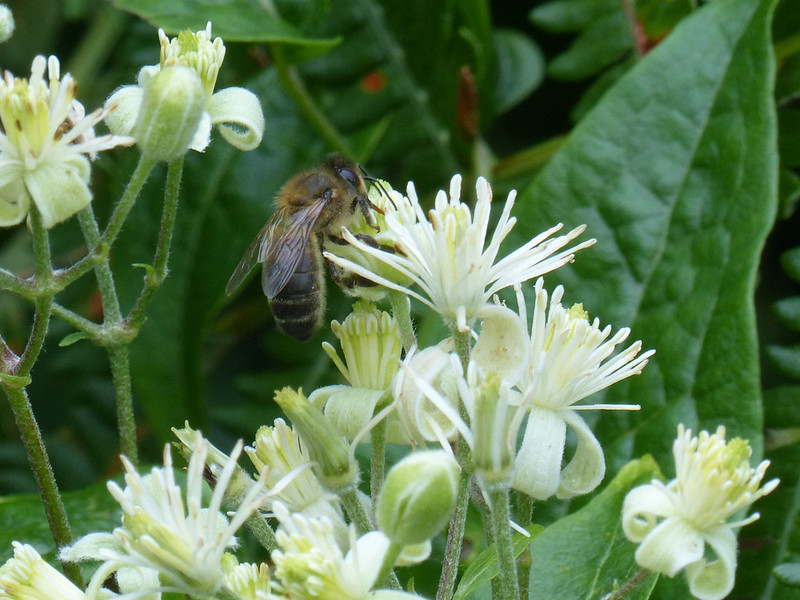
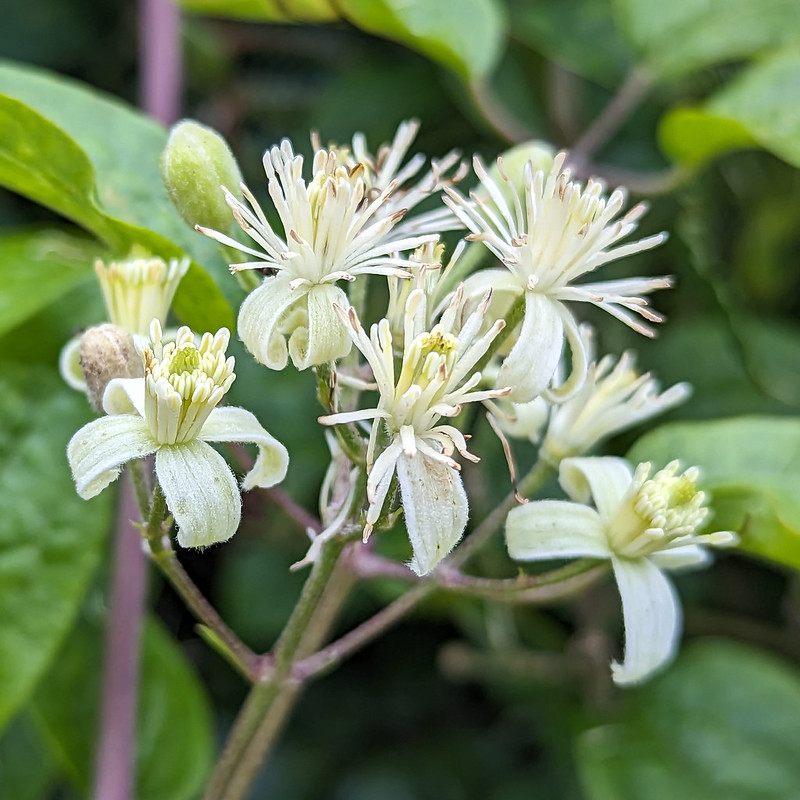
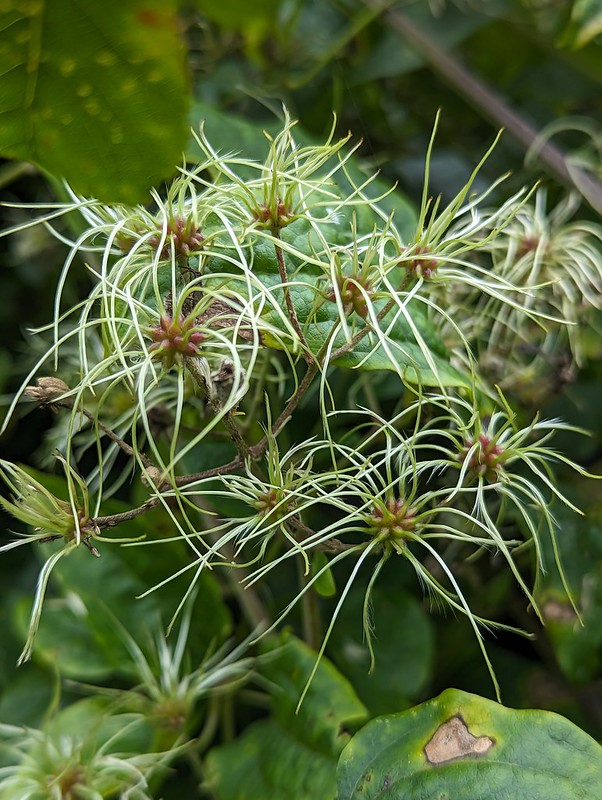

A shortish, but very satisfying outing.
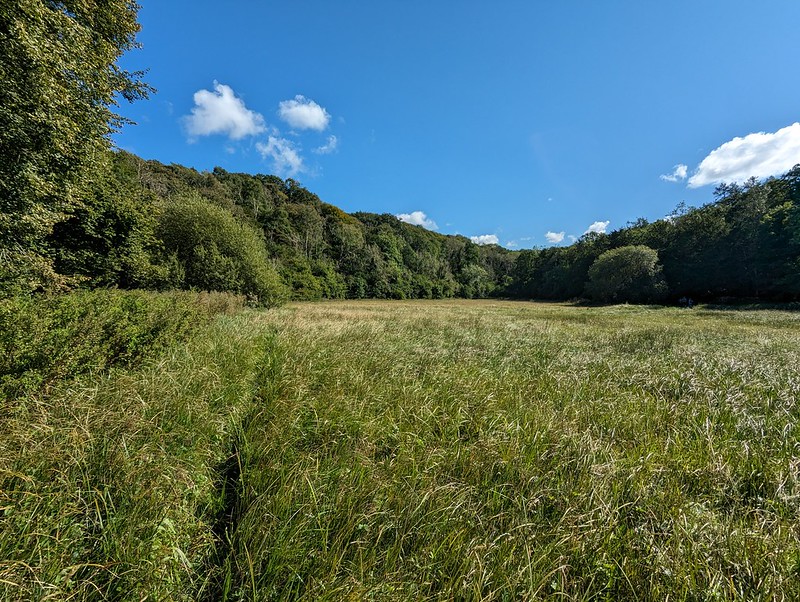
My behaviour towards the end of our summer break was far from migratory; I almost exclusively stuck to my home patch. I must admit, I sometimes look back at my photos, or at MapMyWalk, and wonder why I didn’t go further afield; why not get out and climb some fells? Partly, it’s laziness and the fact that I don’t need to drive anywhere, but also, this summer gone at least, it was often weather related: the blue skies in these photos are almost certainly deceptive. This walk only began mid-afternoon and I can tell you I wasn’t sunbathing in the garden before I set-off. I know this because I didn’t sunbathe in the garden at all last August – the weather just wasn’t up to it.
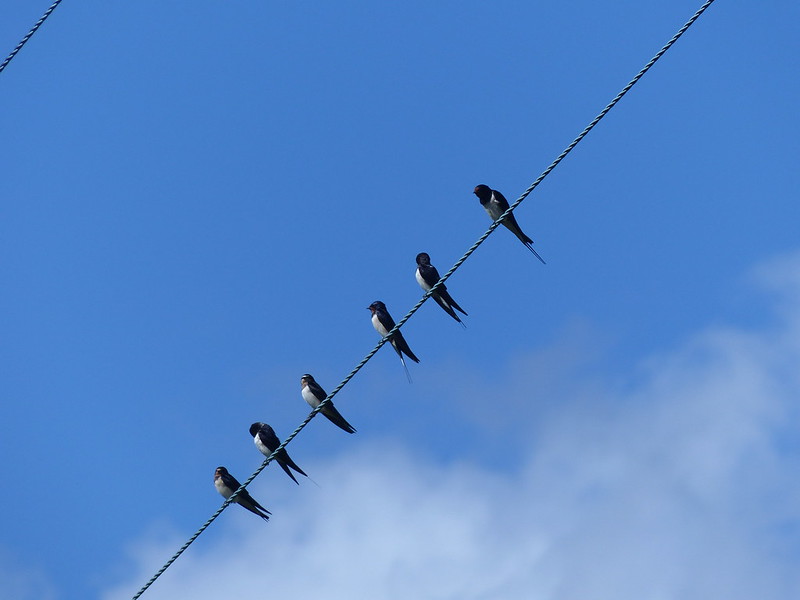
So, not a long walk, distance wise at least; not much over six miles, although that did take me four and a half hours. Lots of stopping and gawking, often, I’ve since realised, at creatures, like these swallows, which don’t live here all-year-round, and which are much more ready to travel beyond their home patch than I am.

I went first to Lambert’s Meadow and back to the lush strip of Great Willowherb which grows along one margin of the meadow, hoping to find Migrant Hawkers there. The air above the field was very busy with dragonflies, but at first I didn’t spot any at rest. But then, on a Willow Tree, I spotted one. Then two. And eventually six, all in close proximity to each other. There were still more on nearby Guelder Rose bushes. Even though they are very colourfully marked, the stripes and mottling are surprisingly good disguise when they’re perched amongst foliage.

I’ve since read that this social behaviour is peculiar to Migrant Hawkers; dragonflies are generally solitary, territorial and aggressive. Migrant Hawkers, however, have an unusual life-cycle; perhaps because in the southern end of their range they live in Algeria, where the pools where they breed can dry-out, their larval stage, typically at least two years for most dragonflies, is much shorter. On the other hand, they have an unusually long adult life and because they aren’t breeding for all of their adult life, the competitiveness which usually characterises dragonfly behaviour is not present.
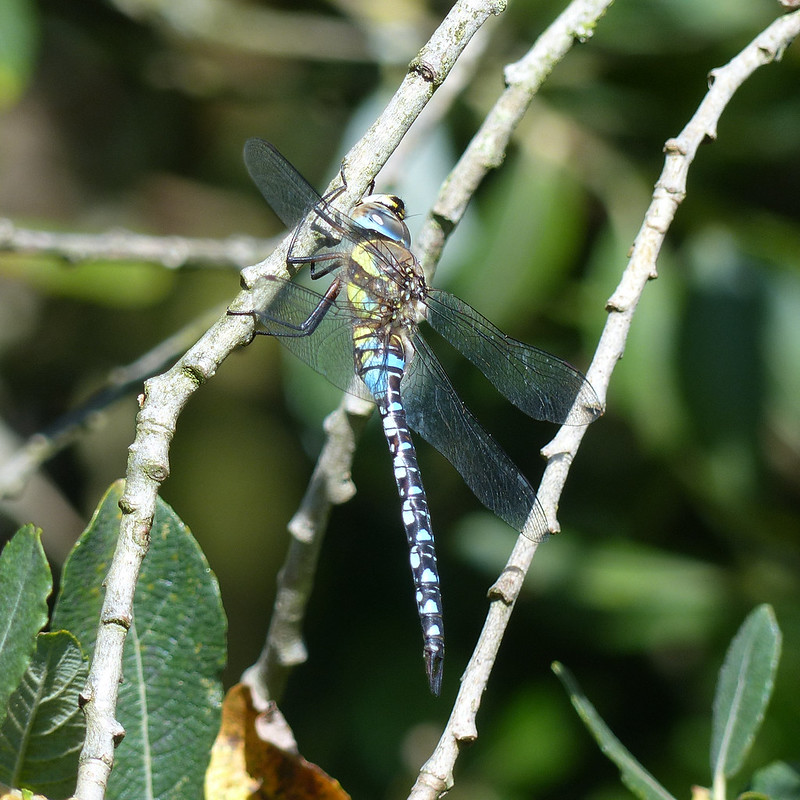
They are also much more likely than other species to travel considerable distances in search of likely breeding territory, hence the name ‘Migrant’, although I think that also relates to the fact that weren’t a resident British species until relatively recently.
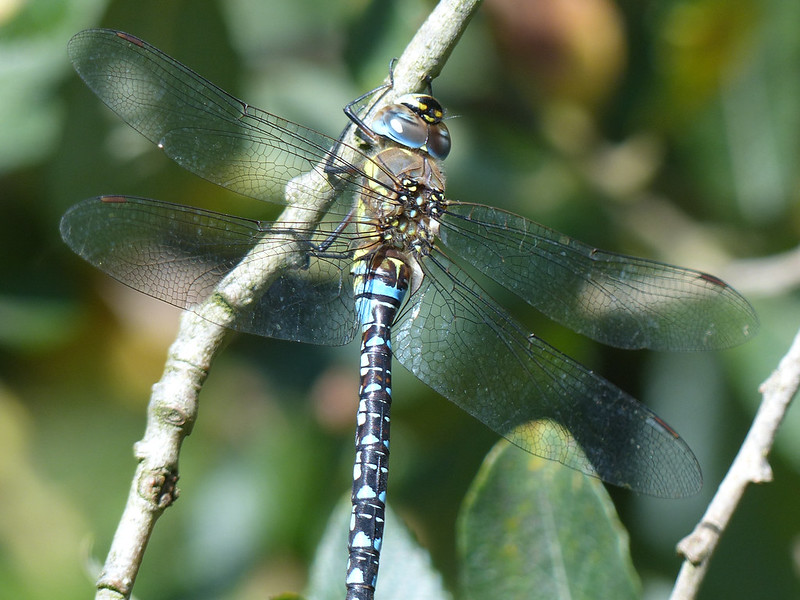

‘Britain’s Dragonflies’ is pretty clear that female Migrant Hawkers are predominantly brown with yellow markings. I saw several specimens which were definitely mostly brown, but with blue markings, like this one. So I’m a bit confused as to whether this is a male or a female.



From Lambert’s Meadow, I headed to Gait Barrows for a walk around Hawes Water and up on to the limestone pavement.


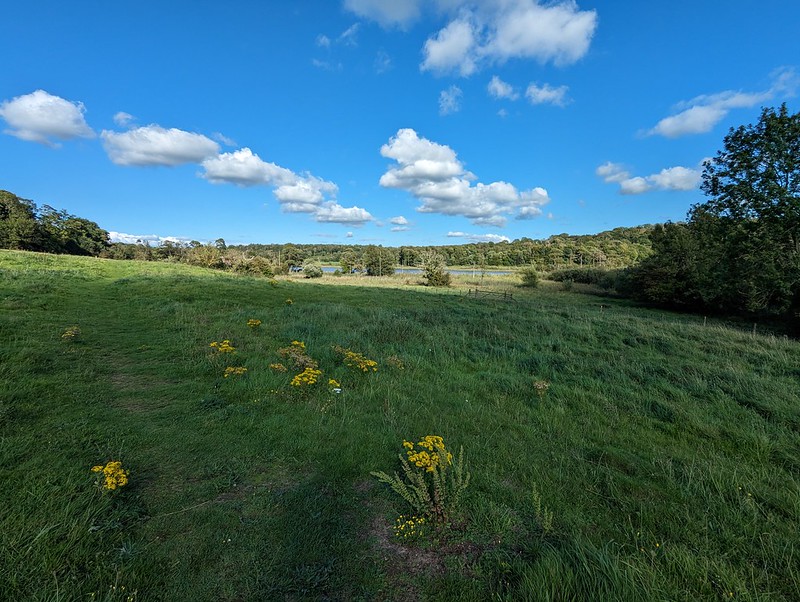
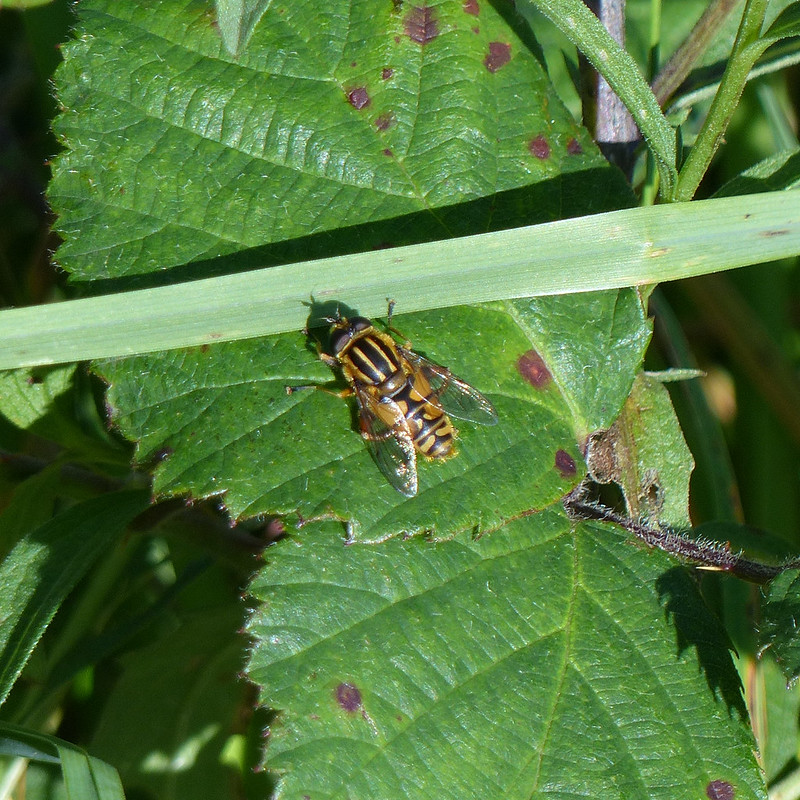
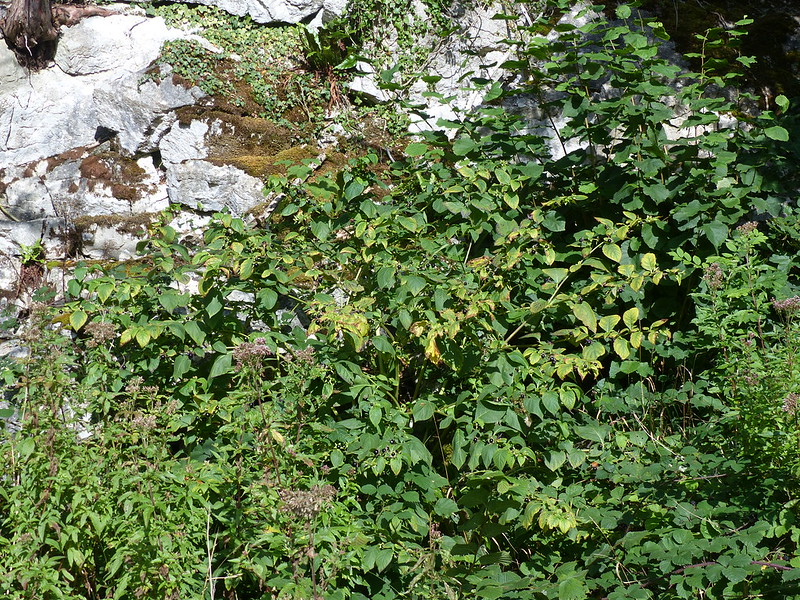
The two Deadly Nightshade shrubs growing beneath the low limestone crags close to Hawes Water, which I’d noticed when they were flowering earlier in the year, were now liberally festooned with berries. Apparently they are sweet to taste, which seems like a waste since, like all parts of the plant, they are hallucinogenic in small doses and highly toxic in even moderate amounts.
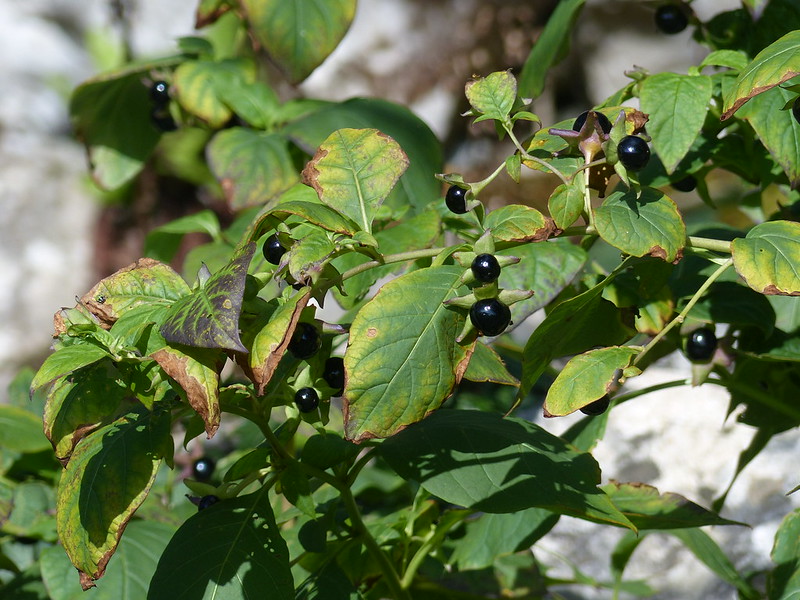
In Greek mythology the three fates are Clotho, Lachesis and Atropos. Clotho spins the thread of life, Lachesis measures it, and Atropos cuts it. In other words, Atropos personifies death itself, hence Atropa in the Latin name of this plant. Meanwhile, Belladonna, ‘beautiful lady’ comes from the practice by women of using some part of the plant to dilate their pupils.
Apparently, the plant is considered to be native only in the south of England and plants found further north are the remnant of plants grown in the past for medicinal purposes, which, perhaps surprisingly, given its toxicity, were legion. So: another migrant.
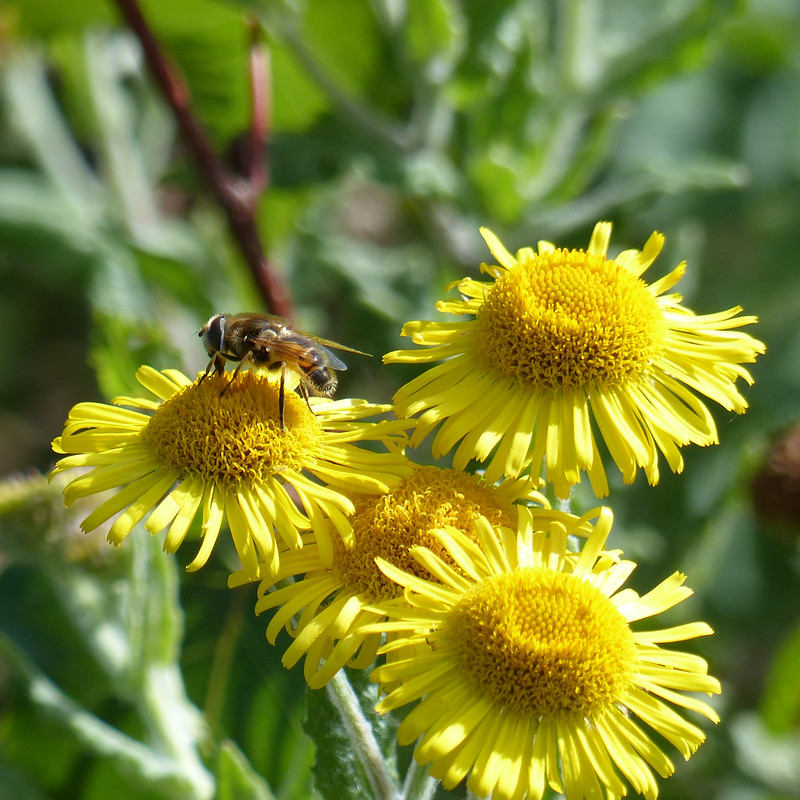
I think this is also Eristalis arbustorum; Eristalis species are the Drone Flies. Other photos show that this one has a pale face which is why I think it’s arbustorum. In honesty, I was more interested in the Fleabane which is not, despite its name, all that common in this area.
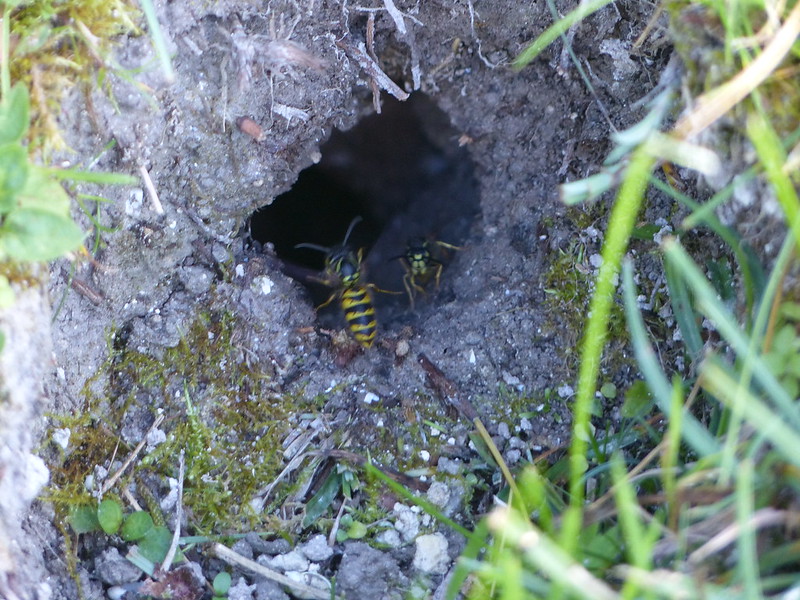
Not the best photo, I know, but the best of the many I took. It had to be included to remind me of the happy moments when I watched, fascinated, as wasps ferried in and out. At the time I assumed that there was a nest in the hole. I suppose another explanation is that there was some abundant food source in there that they were exploiting.
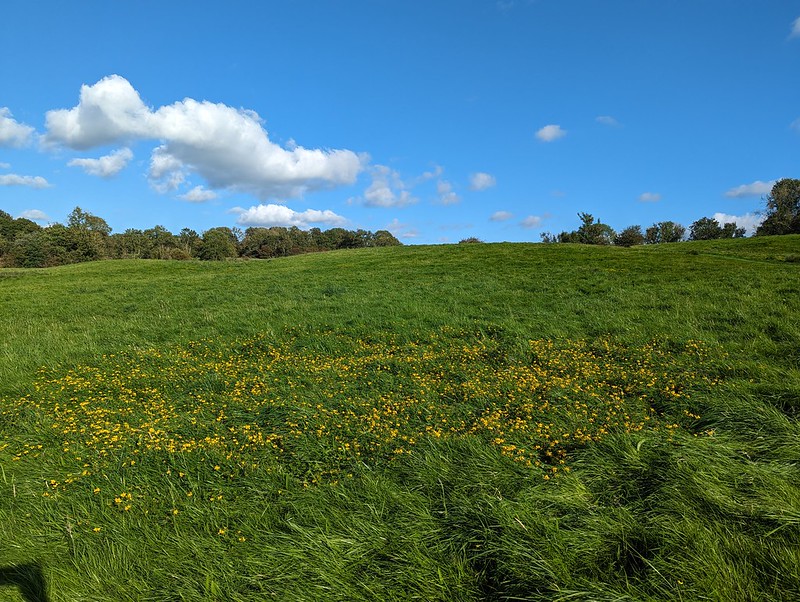
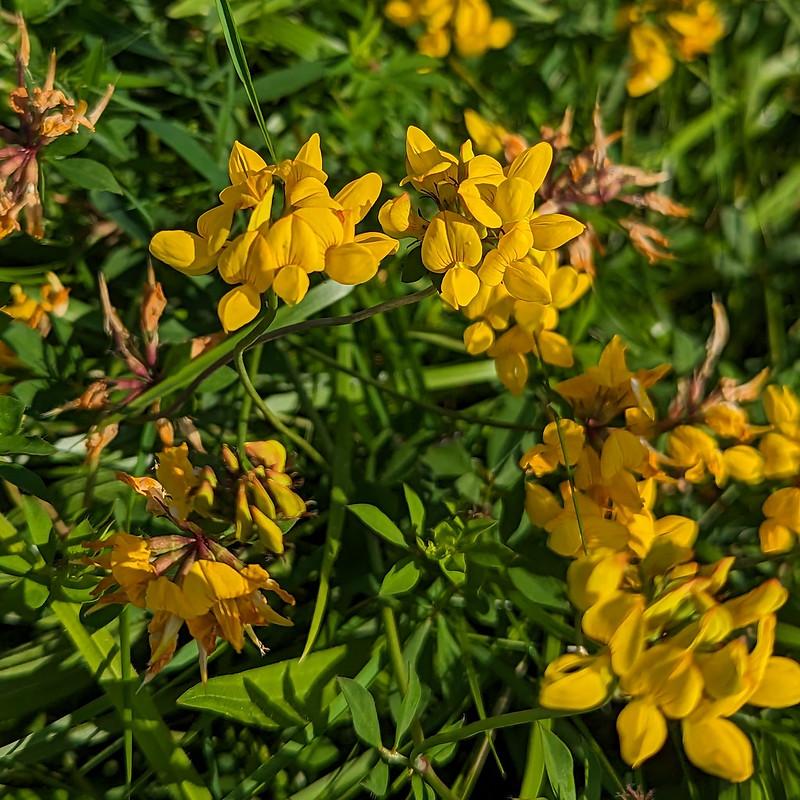
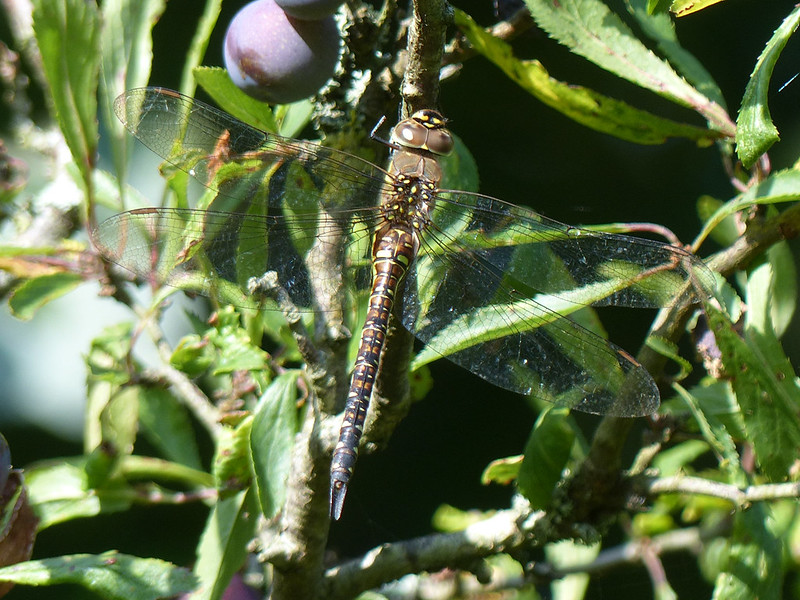
Just below the extensive area of limestone pavement at Gait Barrows a large Blackthorn, which had grown out to be a small tree, proved to be another resting spot for a group of Migrant Hawkers.

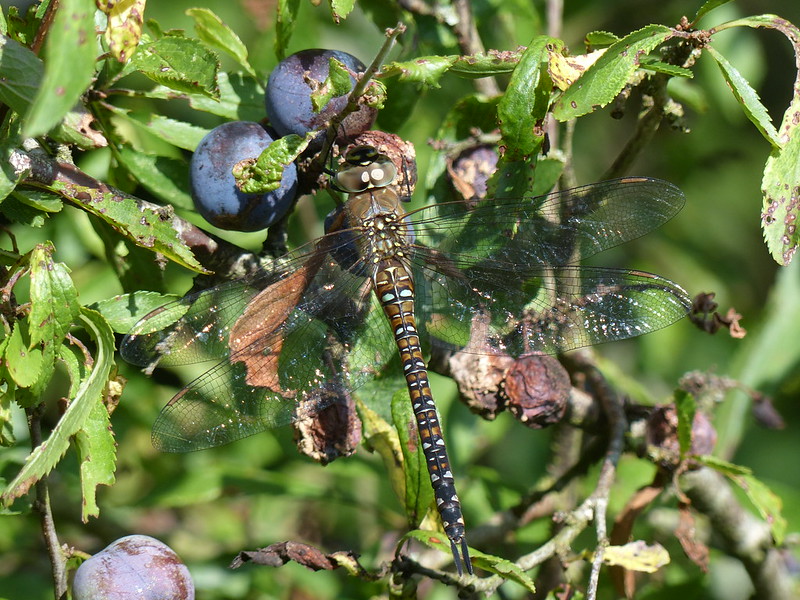
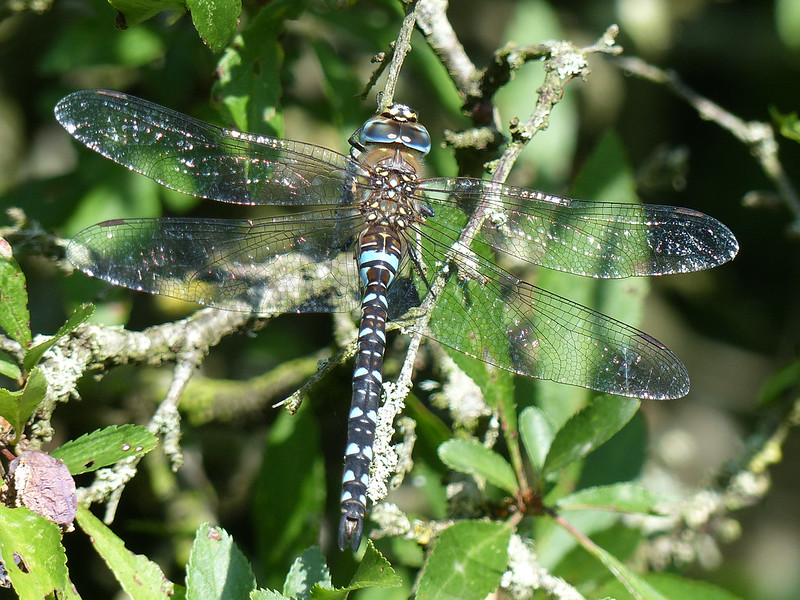
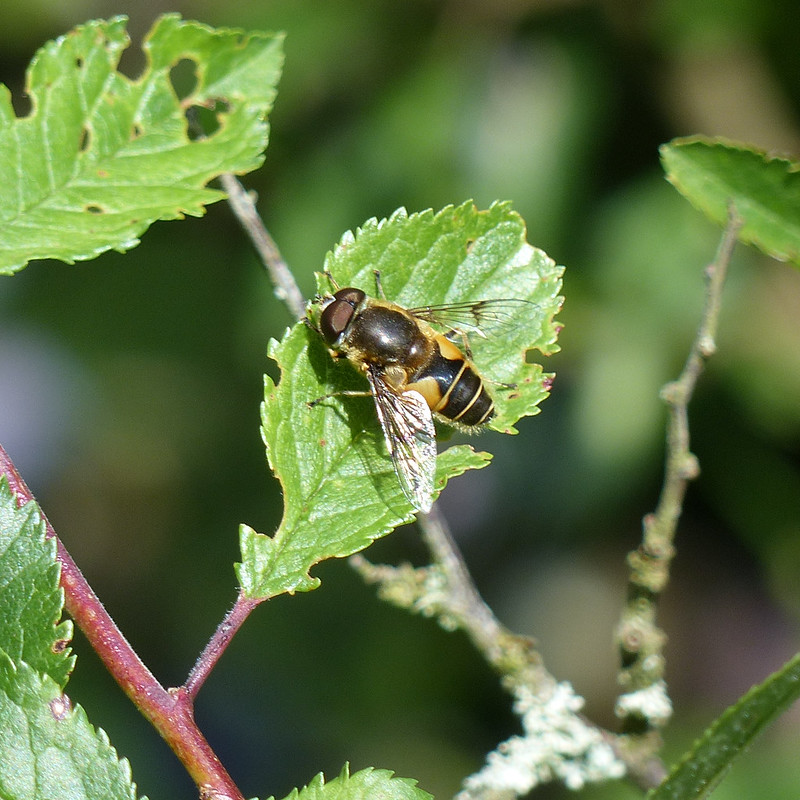




This looks, to my untutored eye, very like a Rufous Grasshopper. It probably isn’t. My field guide shows the distribution of that species being solely along, or close to, the south coast. However, I looked up a more recent distribution map, and whilst they are largely restricted to the south of England, there have been verified sightings near Doncaster. Admittedly, that’s still a long way from here, but, on the other hand, they do like calcareous grassland, so this is the right kind of habitat. Maybe they’re migrating north too?
Wishful thinking aside, whilst trying to research whether or not it would be possible to find Rufous Grasshoppers in this area, I came across an old annual newsletter of the North Lancashire Naturalists Group. I’ve only read the Orthoptera section so far, but now I know where and when to look for Dark Bush Crickets locally, which might not excite everyone I realise, but is obviously right up my street. I also came across some familiar names of friends from the village who are members (and, in one case, Chair) of the group and are involved in recording. Why haven’t I joined myself? No doubt they would tell me what kind of grasshopper I have here.
At the point which I think of as the ‘top’ of the limestone pavement, where there’s a substantial memorial cairn, there’s a small set of steps with a rustic wooden handrail. As I climbed the three steps something seemed to fly away from the handrail.
‘That’s an unusual bird,’ I was thinking.
It seemed to land nearby, on or close to some bracken…

I couldn’t. Or rather, I could, but it was so still and so well disguised, I thought I was looking at the end of a dried branch or twig. Fortunately, I decided to investigate.
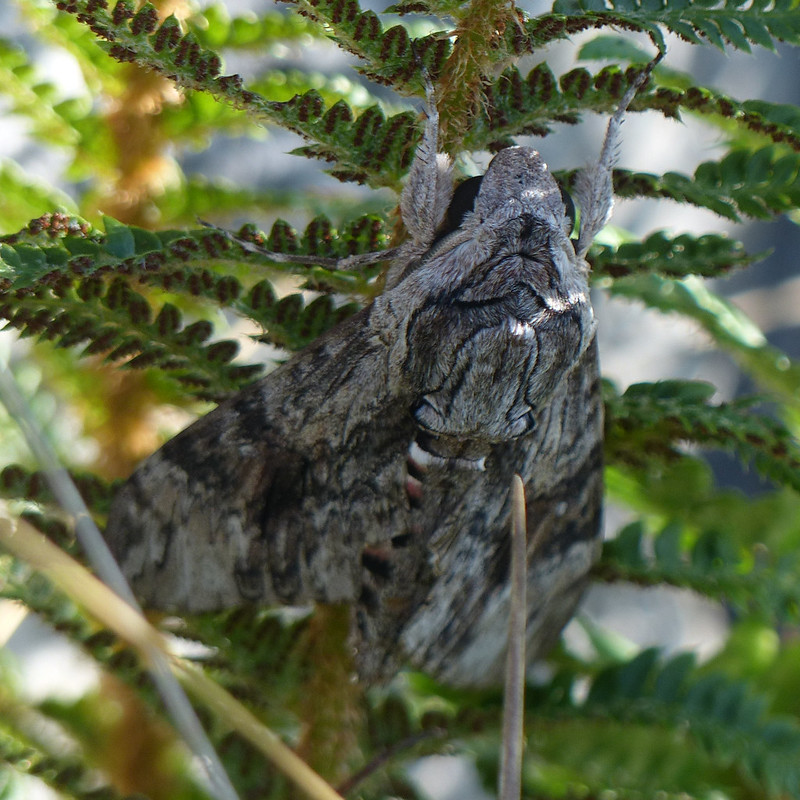
It was a Convolvulus Hawk-moth. I think this is probably the biggest moth I’ve ever seen; I’ve read that they can have a five inch wing-span. Their daytime defence strategy is to keep very still and hope not to be noticed. This one let me crawl right up to the bracken frond it was hanging beneath.
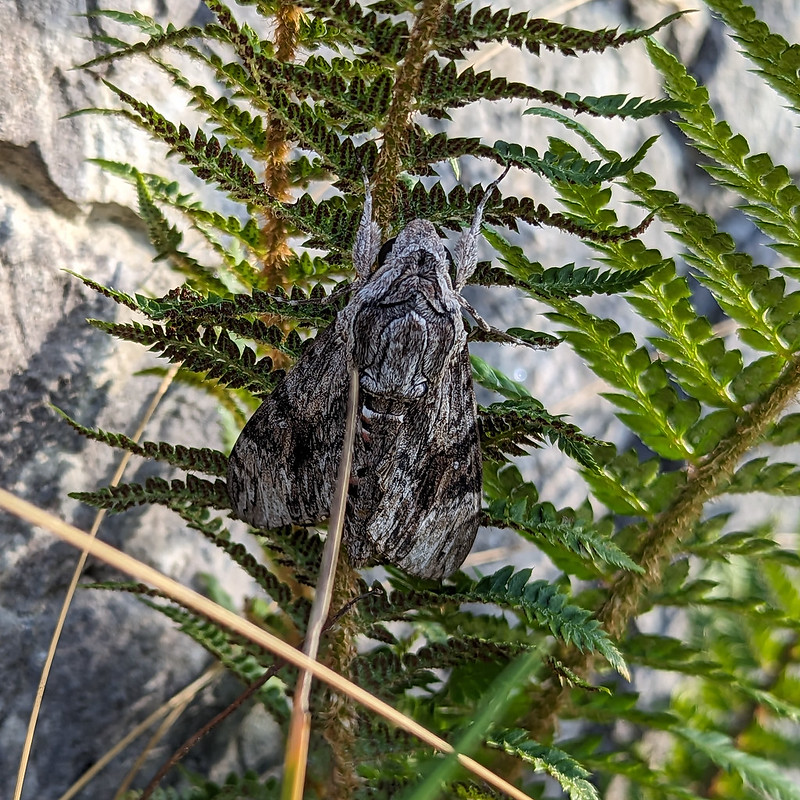
This moth is native to North Africa and Southern Europe. It can’t generally overwinter in the UK, so this was a true migrant. The large, colourful, horned caterpillars live on Convolvulus – Bindweed. There’s plenty of that in our garden, but it dies back every winter, which I think is why the caterpillars can’t survive here. I’m not sure the photos do it justice: it was breathtaking.
Fortunately, nobody happened by whilst I was spread-eagled on the ground trying to find the best vantage points for photos.
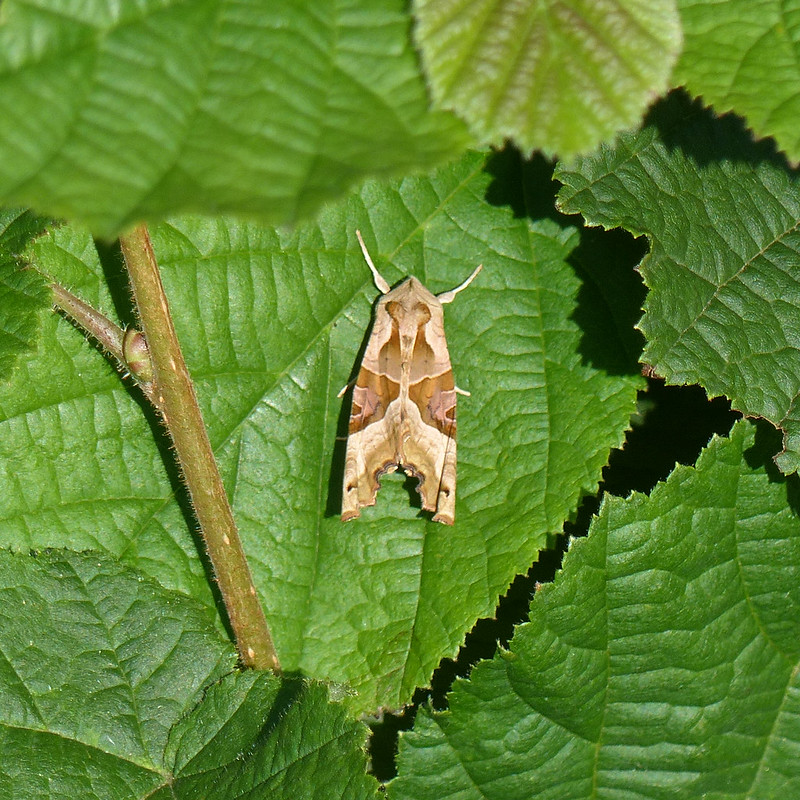
One final surprise for the day, on a leaf of a small Hazel sapling, an Angle Shades Moth. I knew that it was an Angle Shades, even though I don’t think I’ve seen one before. It’s bizarre that obscure facts like that stick with me, but that I can’t remember useful things like people’s names.
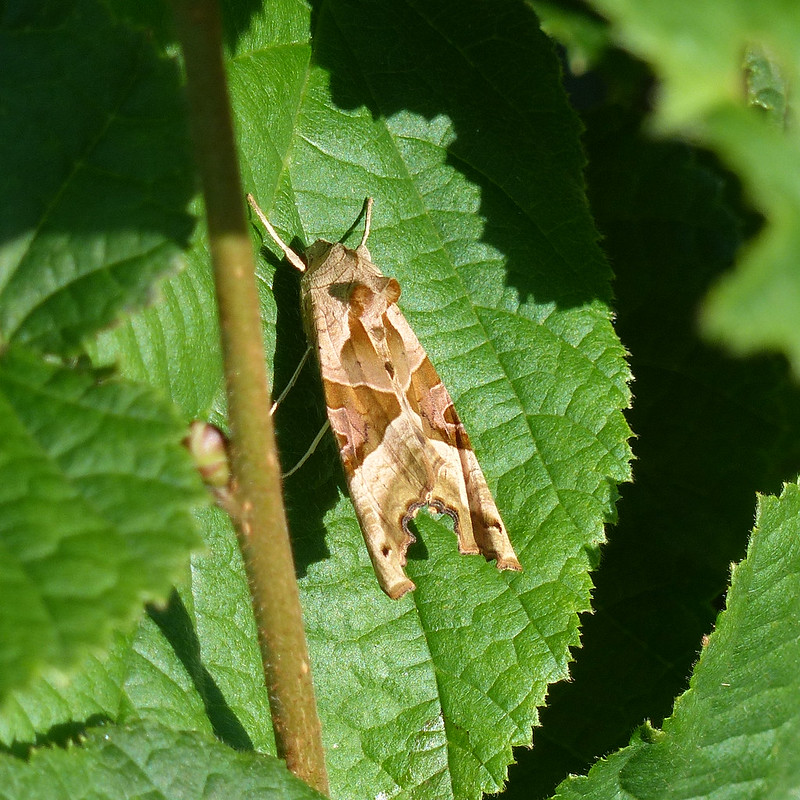

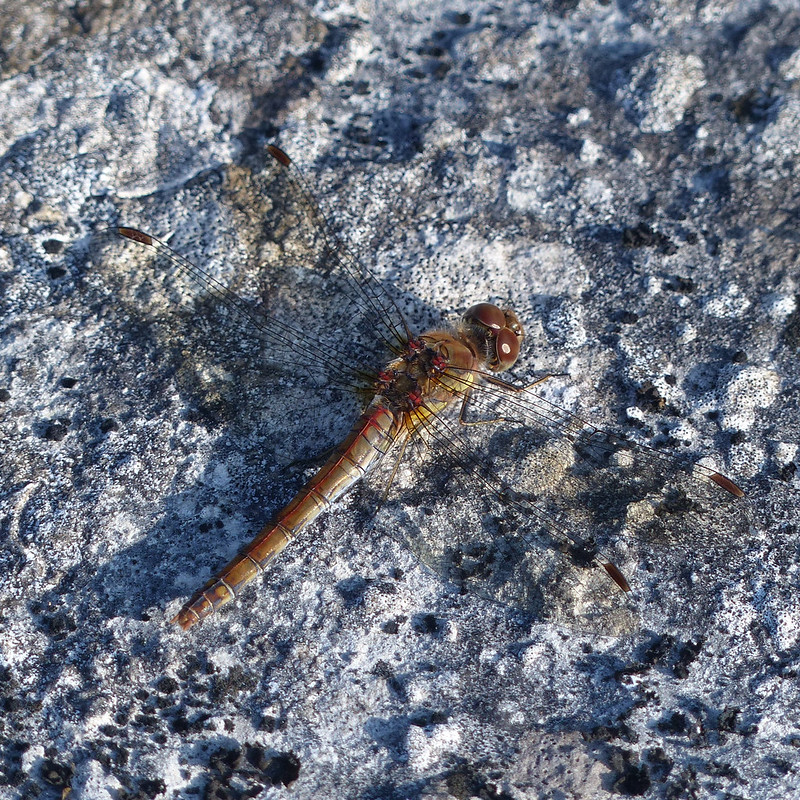
If every local walk were as packed with interest as this one, I might never both going anywhere else!
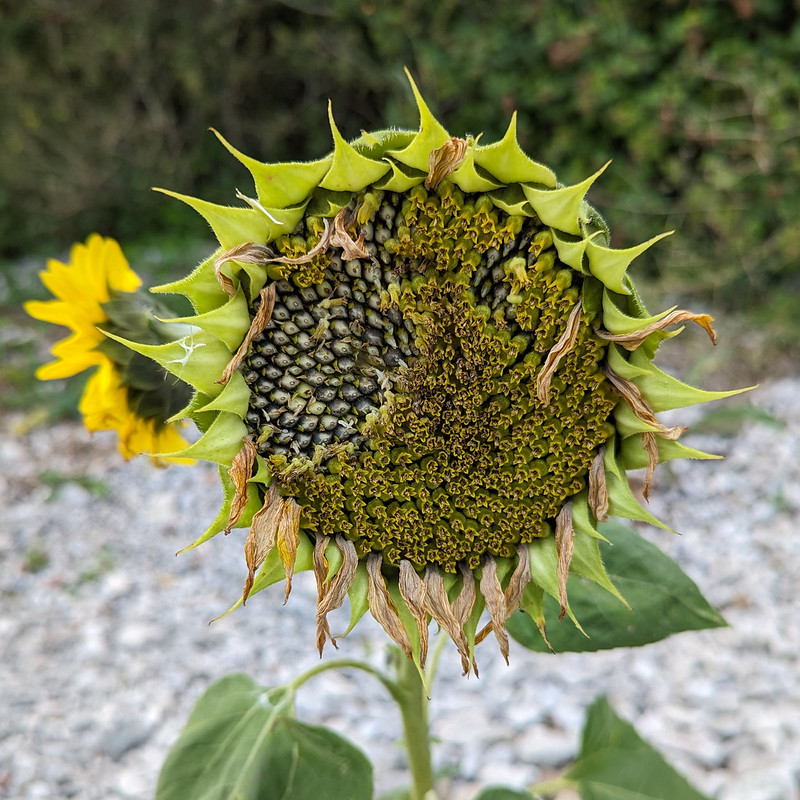
Out in the real world, spring is springing, whilst here on the blog, I’m still stuck in last August. Will I ever catch up? I’m beginning to doubt it!
Anyway, at the tail end of the summer holiday, I had several excellent local meanders. The first was around our usual Jenny Brown’s point circuit. I was surprised to see several sunflowers – presumably growing from seeds dropped by birds from feeders in the nearby gardens? These days, we have a number of feeders in our garden again and I’m quite looking forward to a few sunflowers popping up.

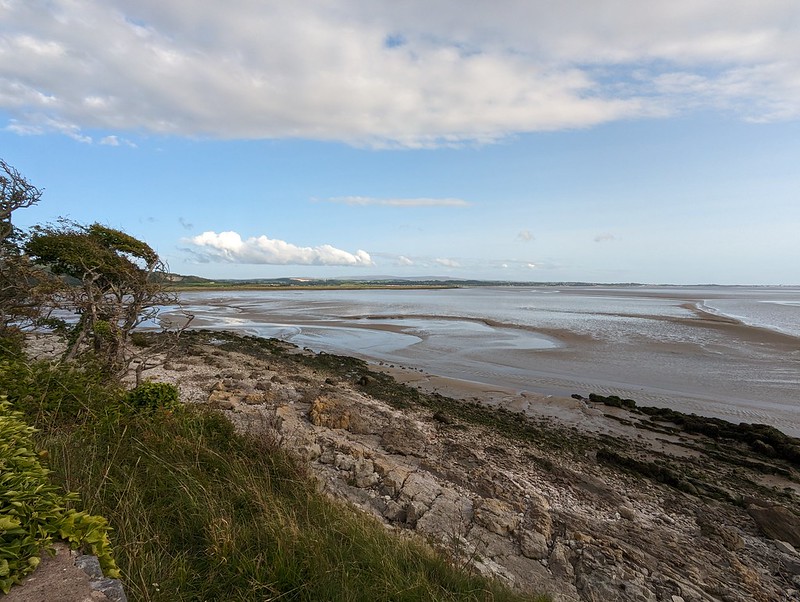
I didn’t take my camera on this first walk, so not all that many photos. It was a frustrating omission. because I thought I saw two Great Egrets in Quicksand Pool, but they were too far away to be sure – I could have really done with the large zoom available on my camera.
So, the next time I was out, for a mooch by Bank Well, Lambert’s Meadow and around Hawes Water, I remembered my camera and, predictably, took hundreds of pictures.




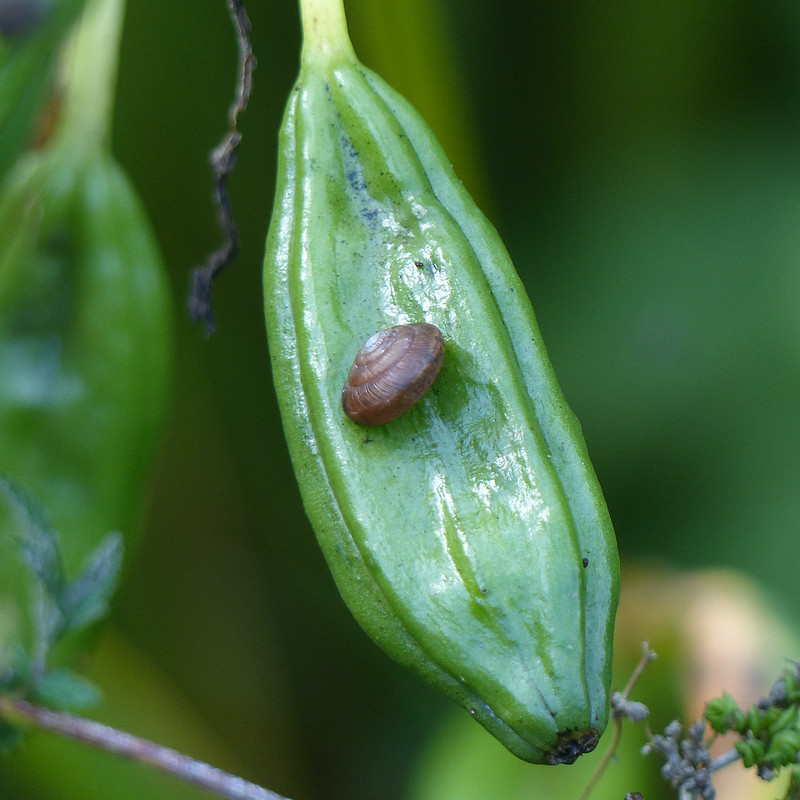



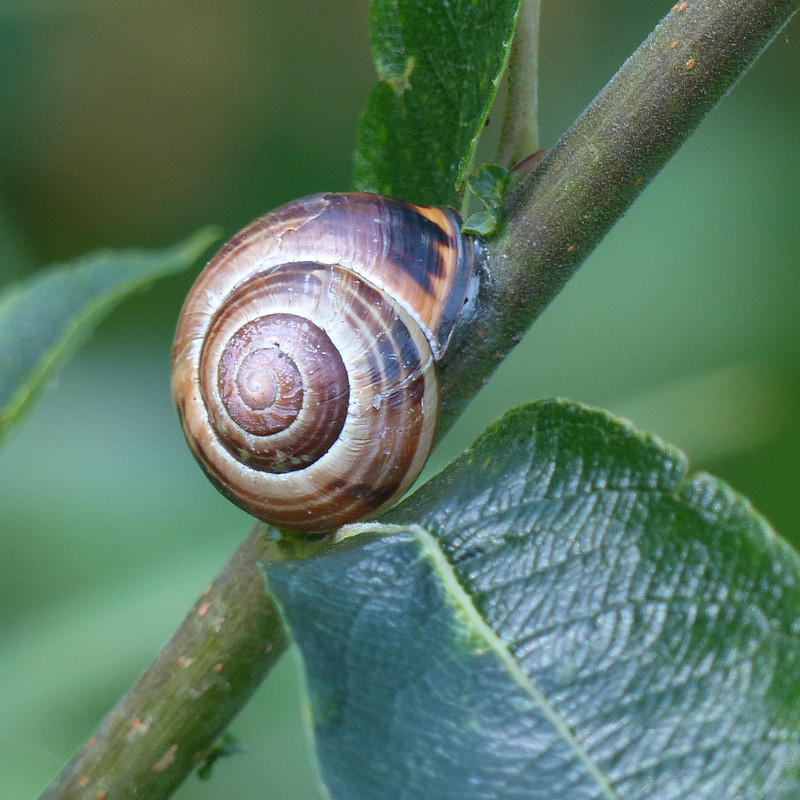
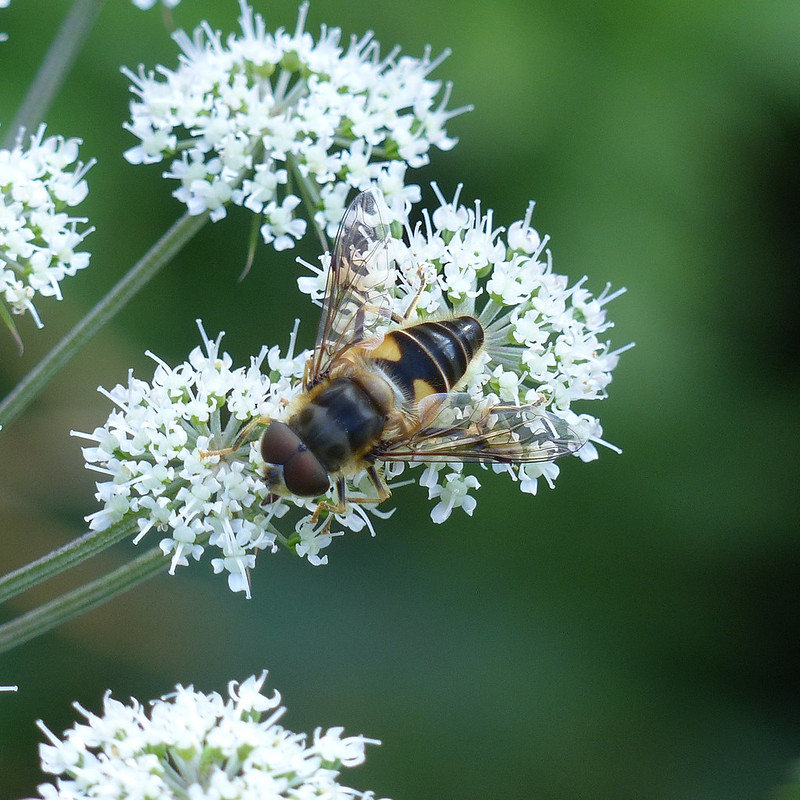
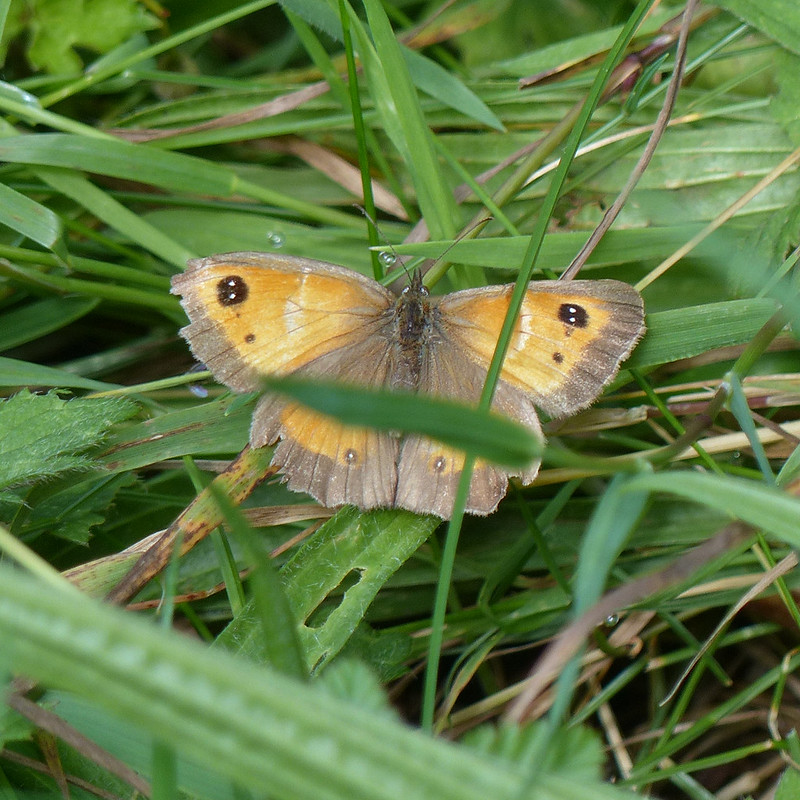

I was astonished to see three Migrant Hawkers, all male, perched on the same Great Willowherb plant. I shouldn’t have been: over the next few days I would see lots more – it seemed like it was a good summer for this species, in this area at least.

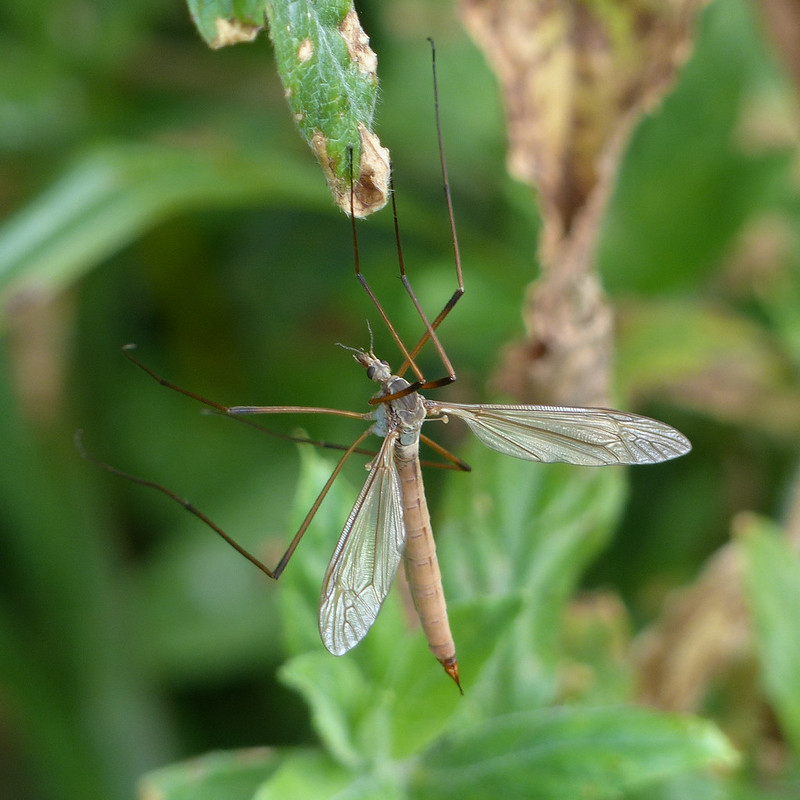
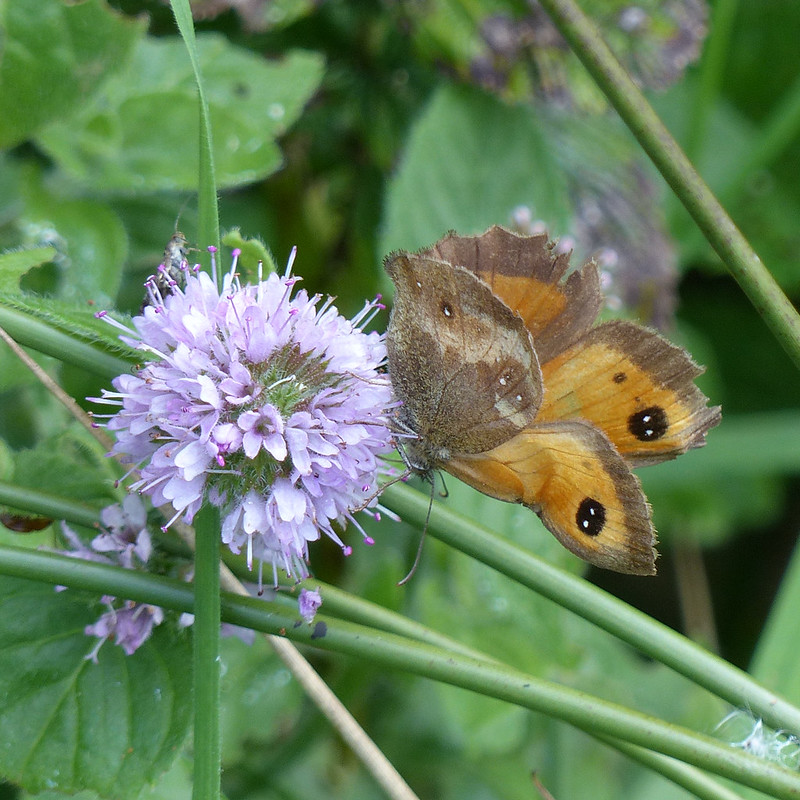
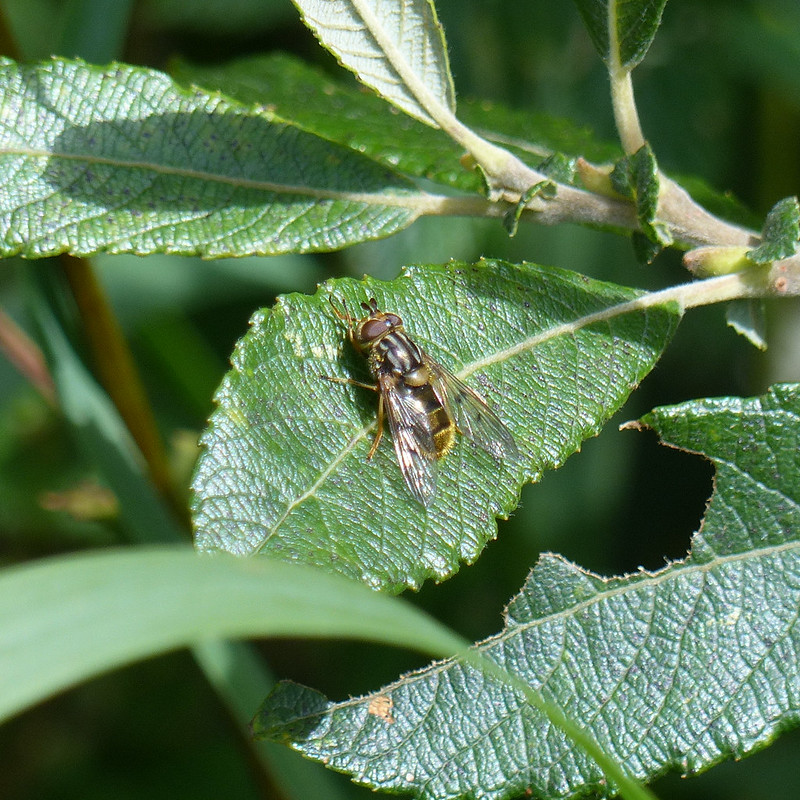

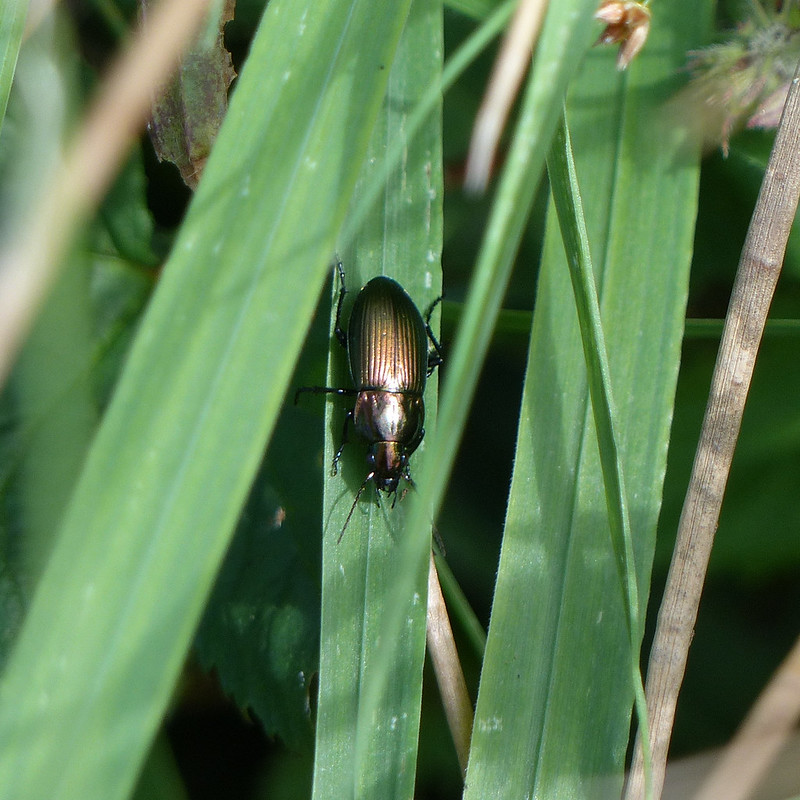
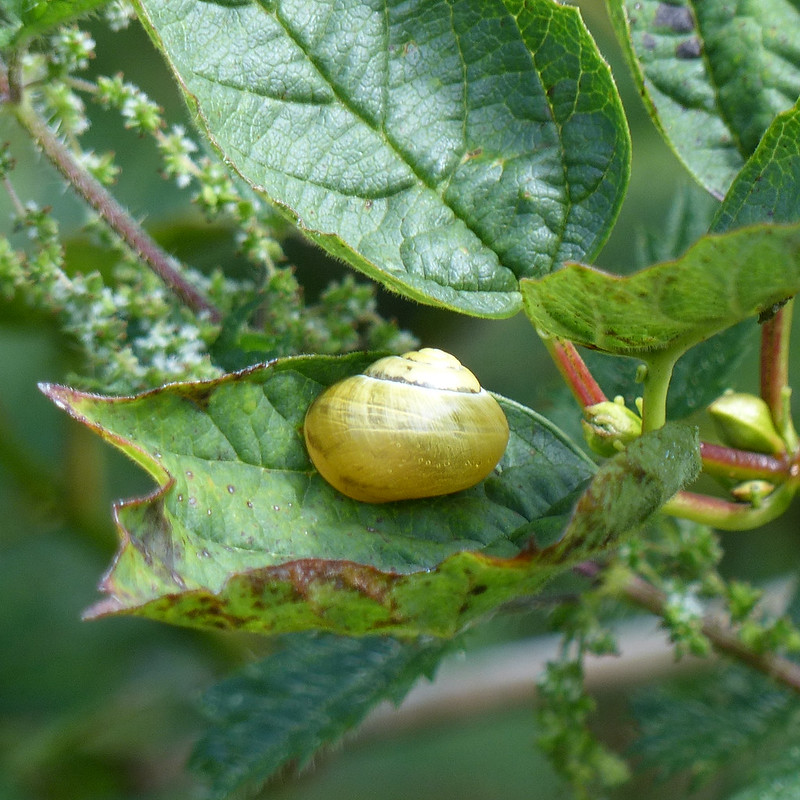
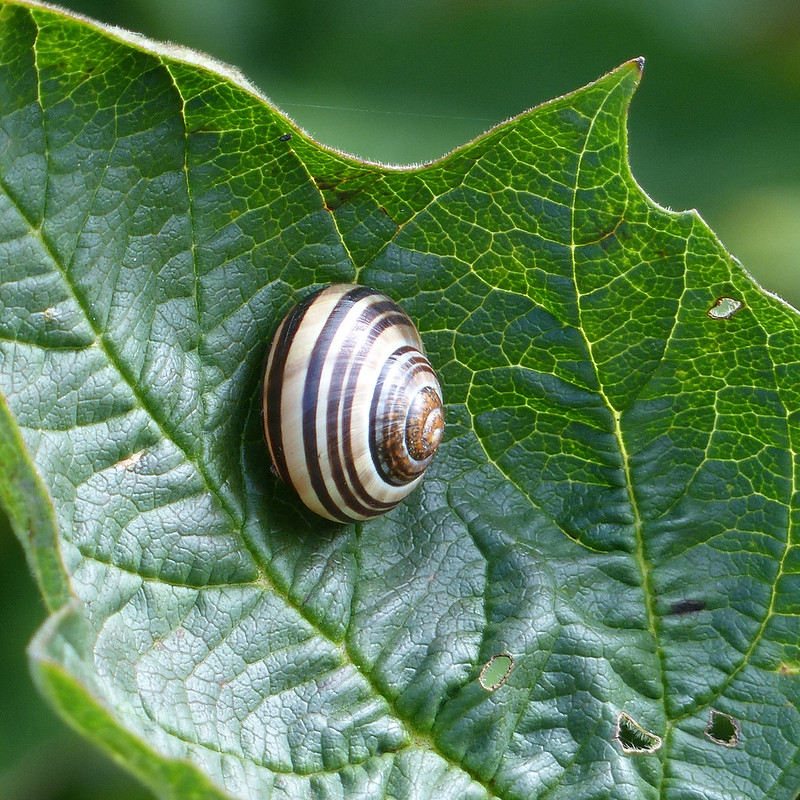
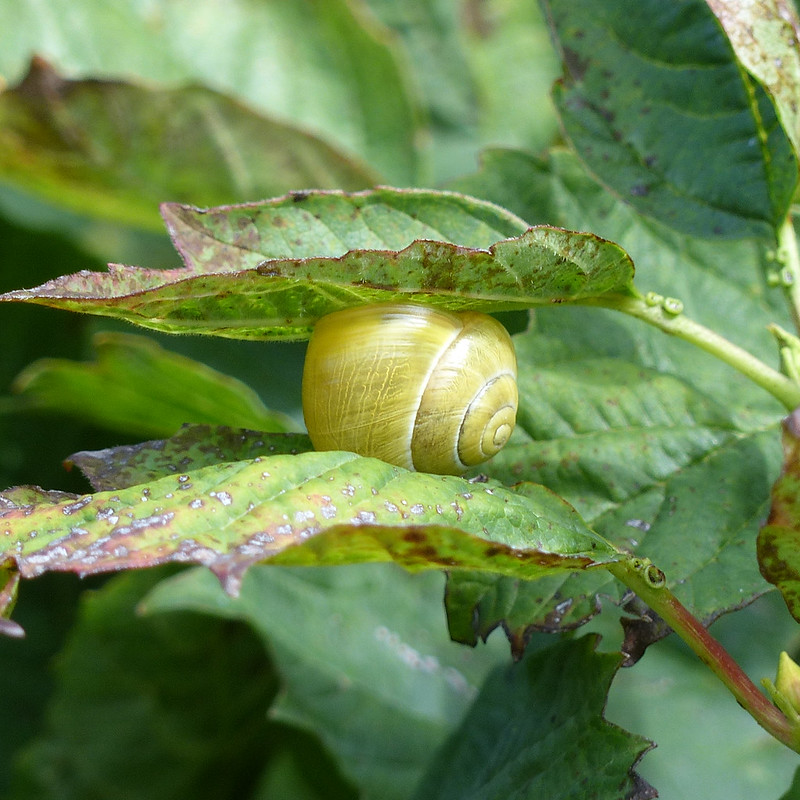





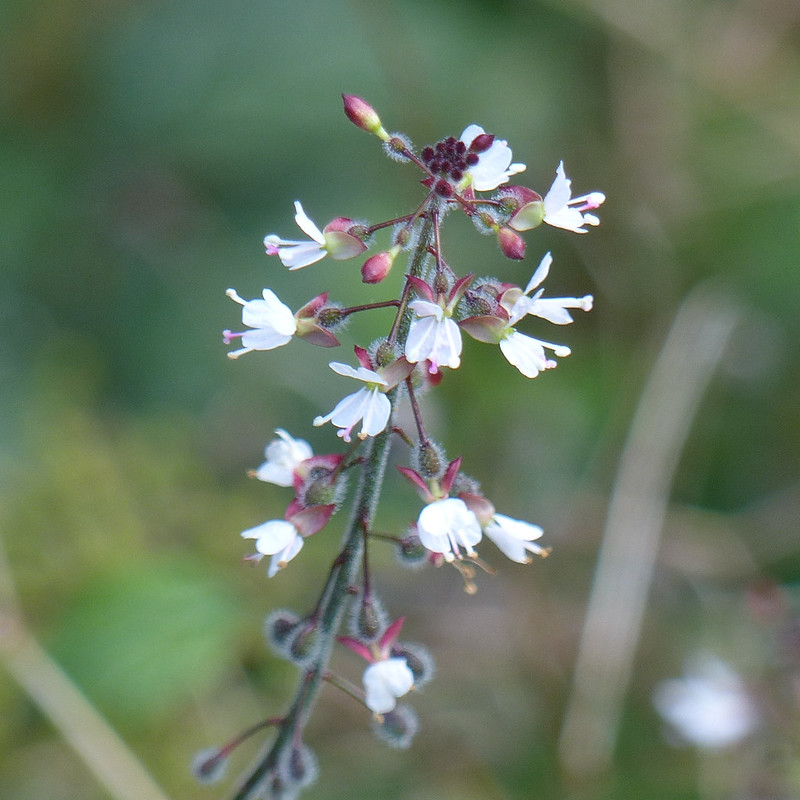
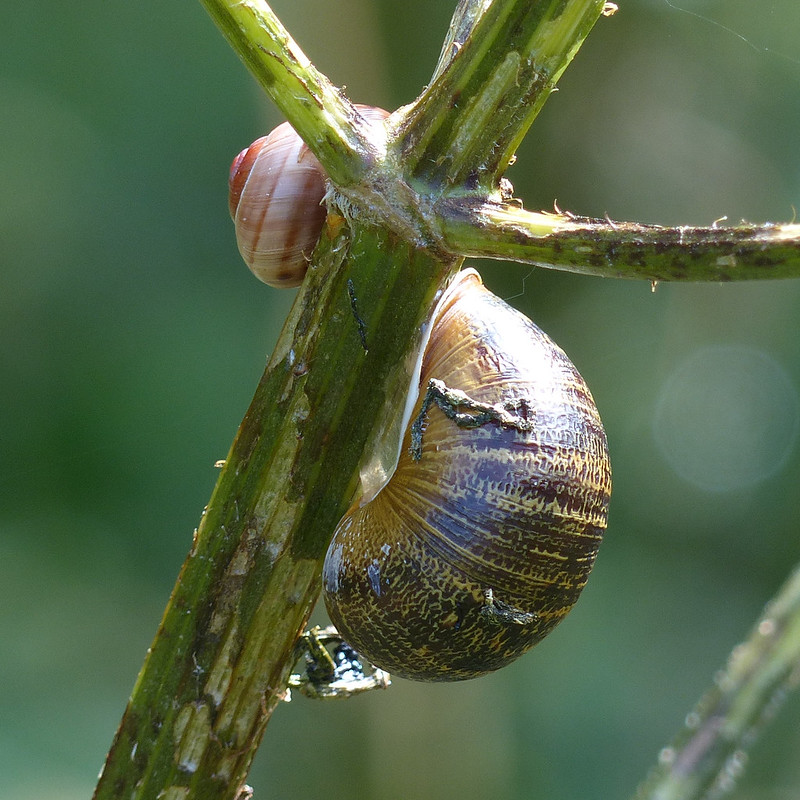
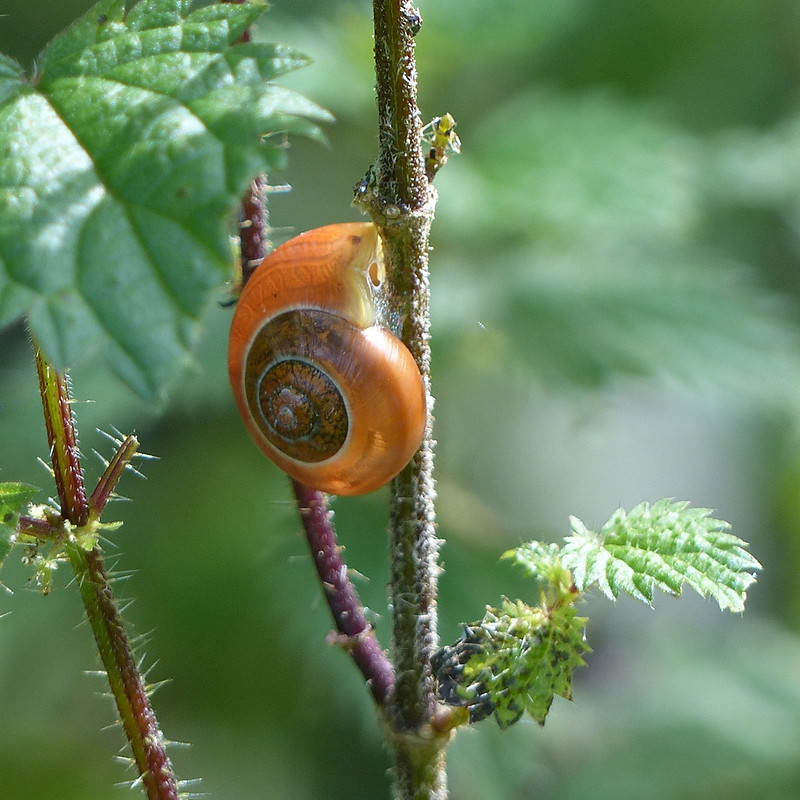

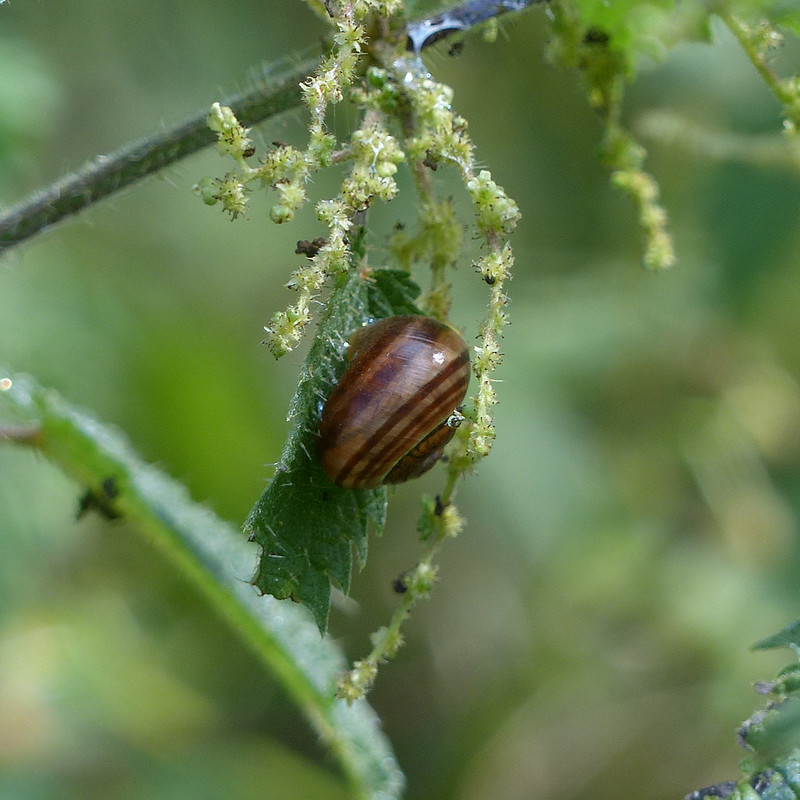
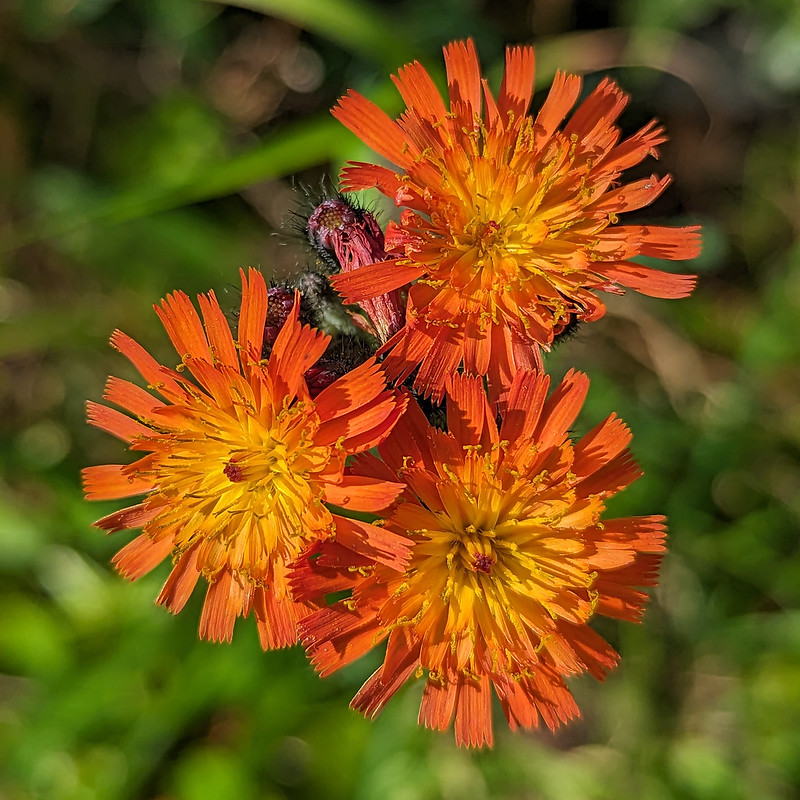
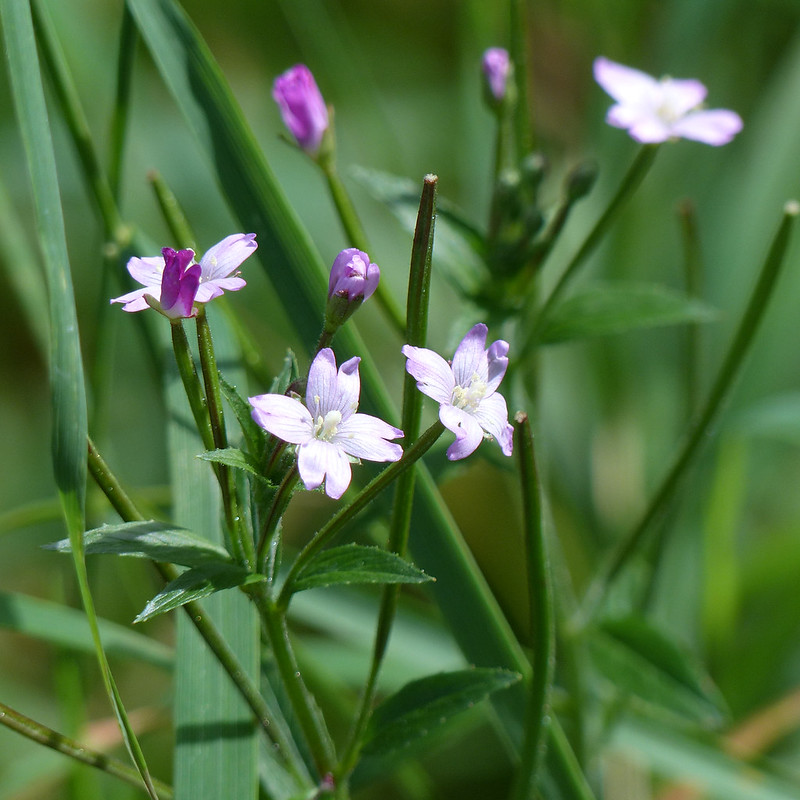
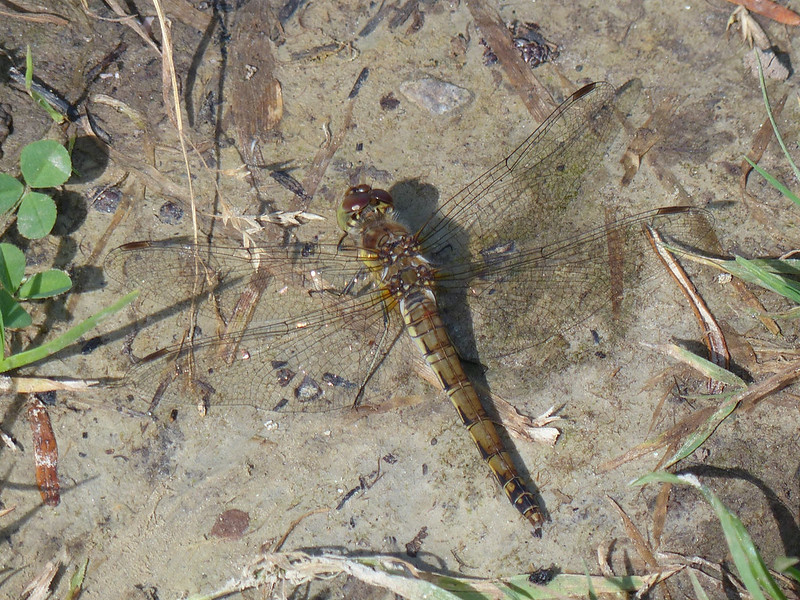
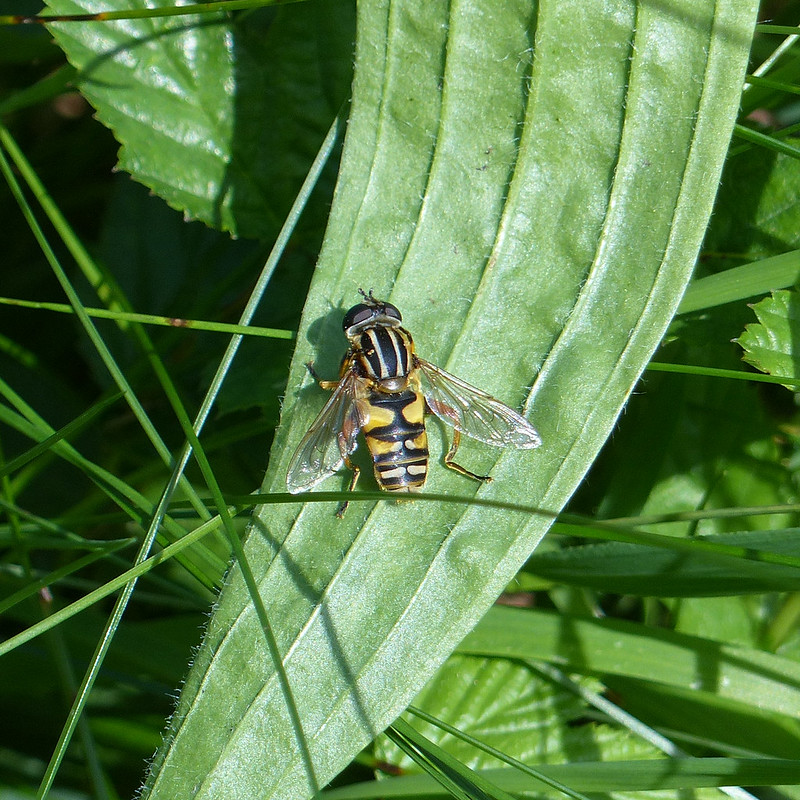



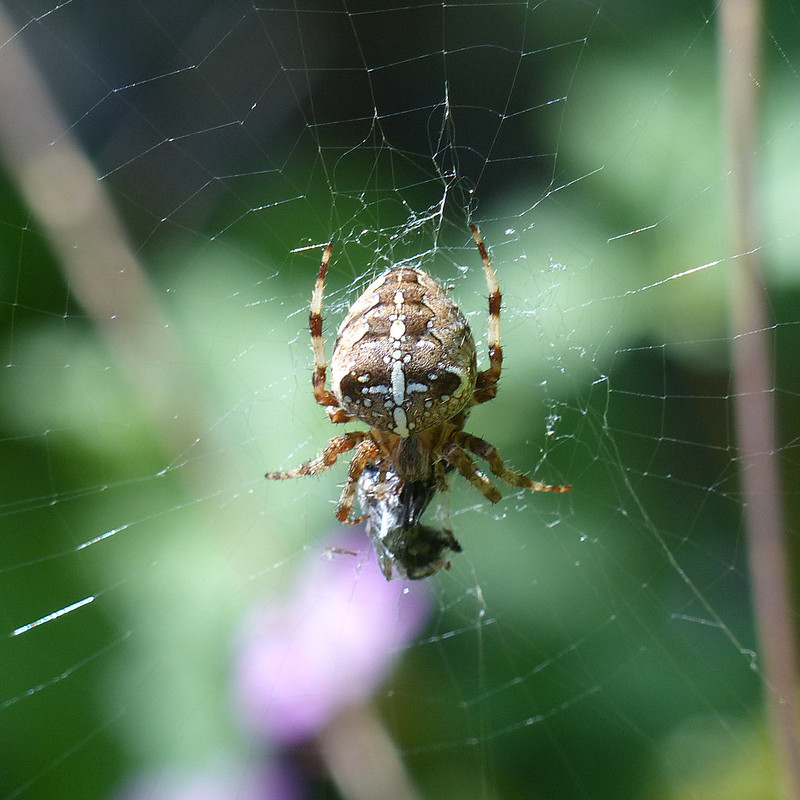
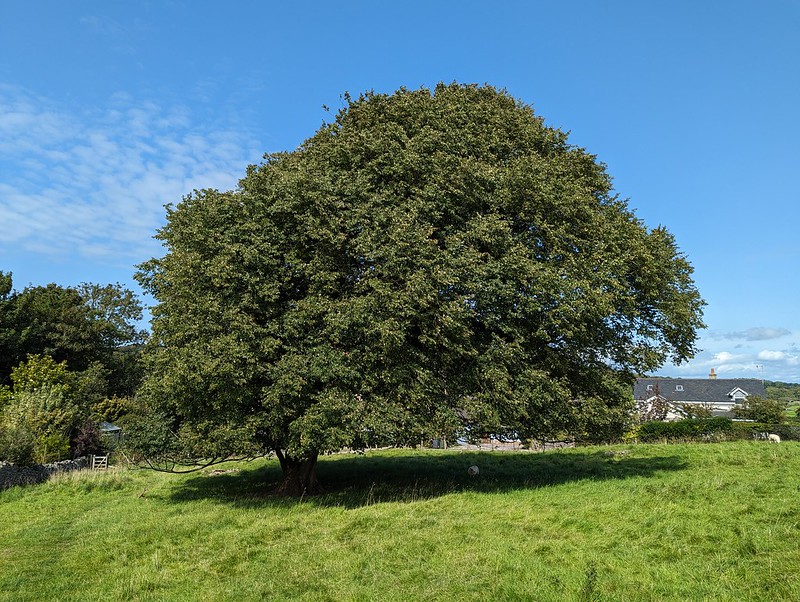

And there we are: one step closer to the end of August!
Cove Road – Holgates – Far Arnside – Park Point – Arnside Point – White Creek – Blackstone Point – New Barns – Arnside – Black Dyke Road – Silverdale Moss – Challan Hall Allotment – Hawes Water – The Row – Hagg Wood
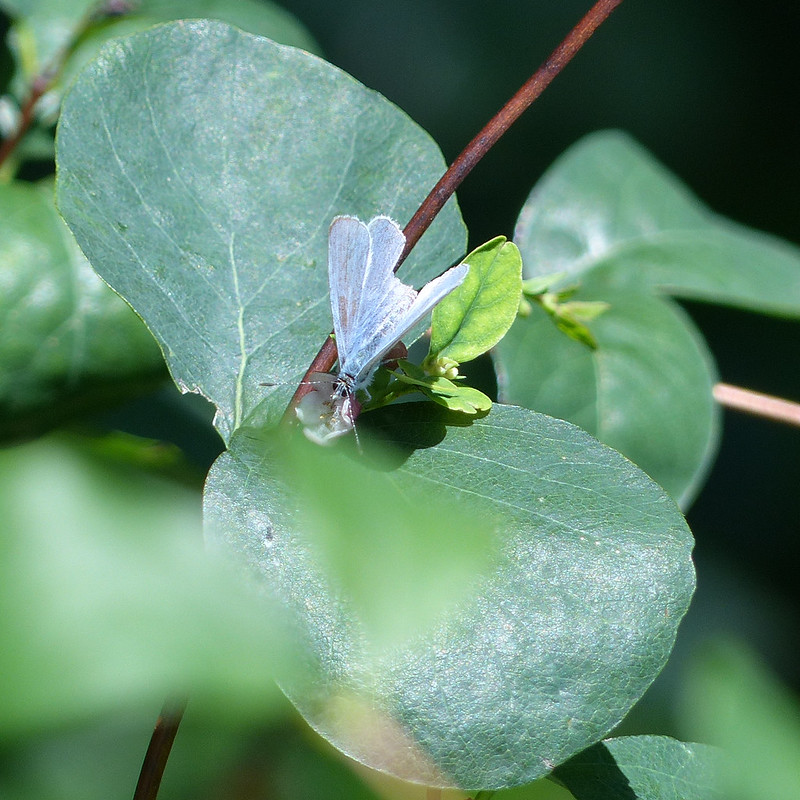
Home again and a familiar walk around the coast to Arnside and then back via Silverdale Moss and Hawes Water. It was a walk which involved a lot of stopping and gawking, and during which I took nearly four hundred photos (I’ve edited them down a bit for this post!). It was a good day for butterflies, spiders, harvestmen, grasshoppers and various other things.

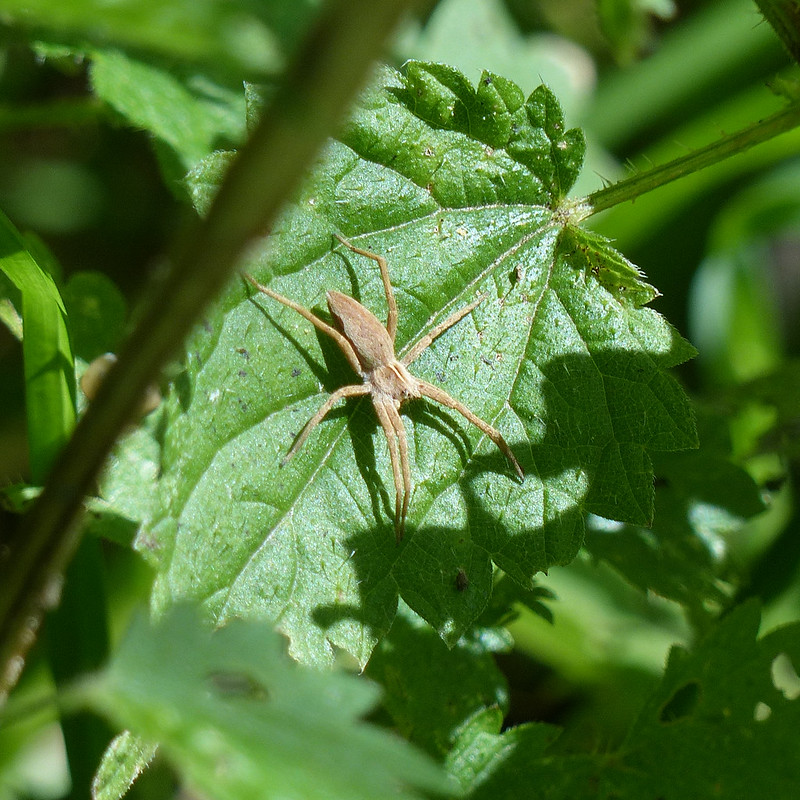
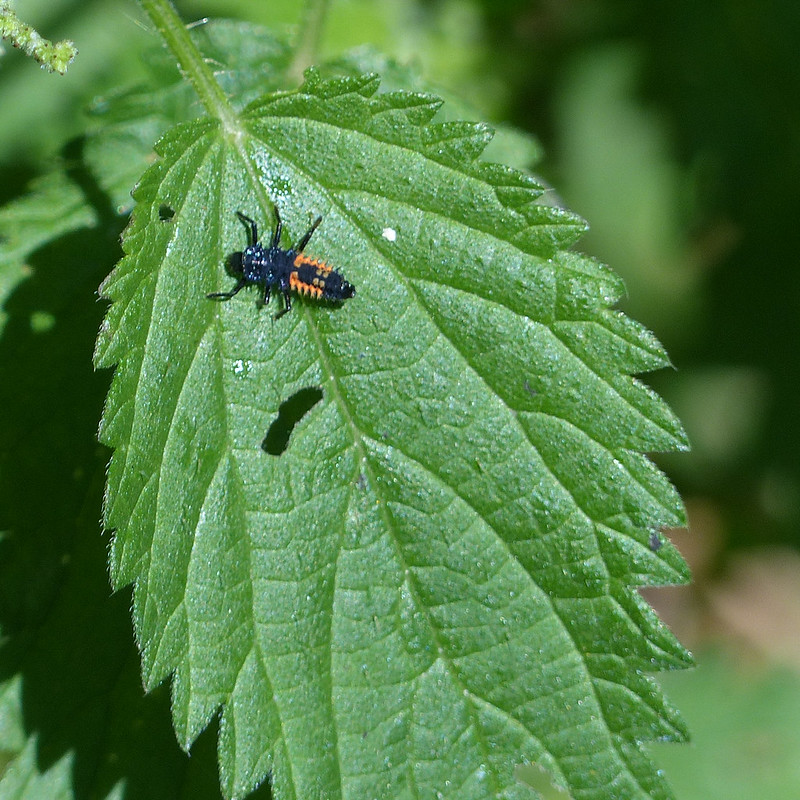
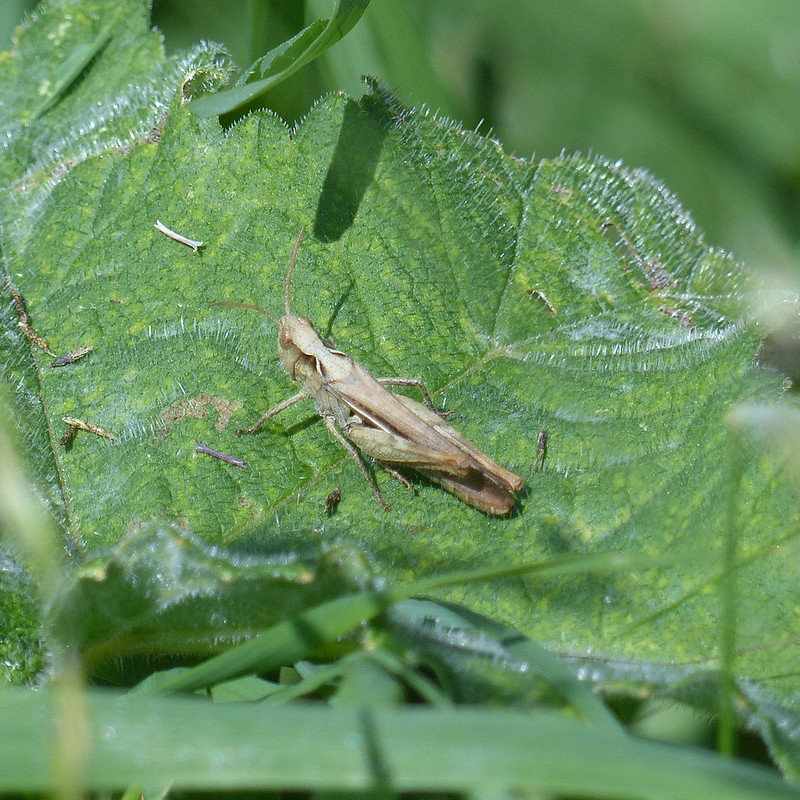
I find Grasshoppers very tricky to identify. I found this guide useful, if not conclusive.


I spent a long time by a Buddleia at the edge of the caravan park at Far Arnside – it was very popular with the butterflies, with quite a few bees and hoverflies visiting too.


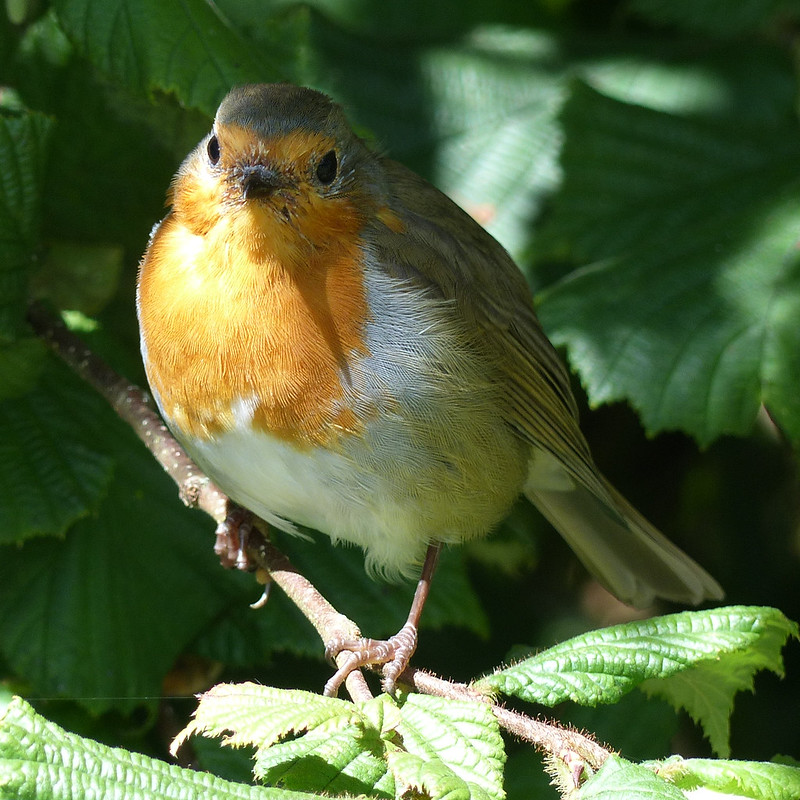
Whilst I was snapping away, a Robin appeared close by in the hedge and watched me for quite some time.

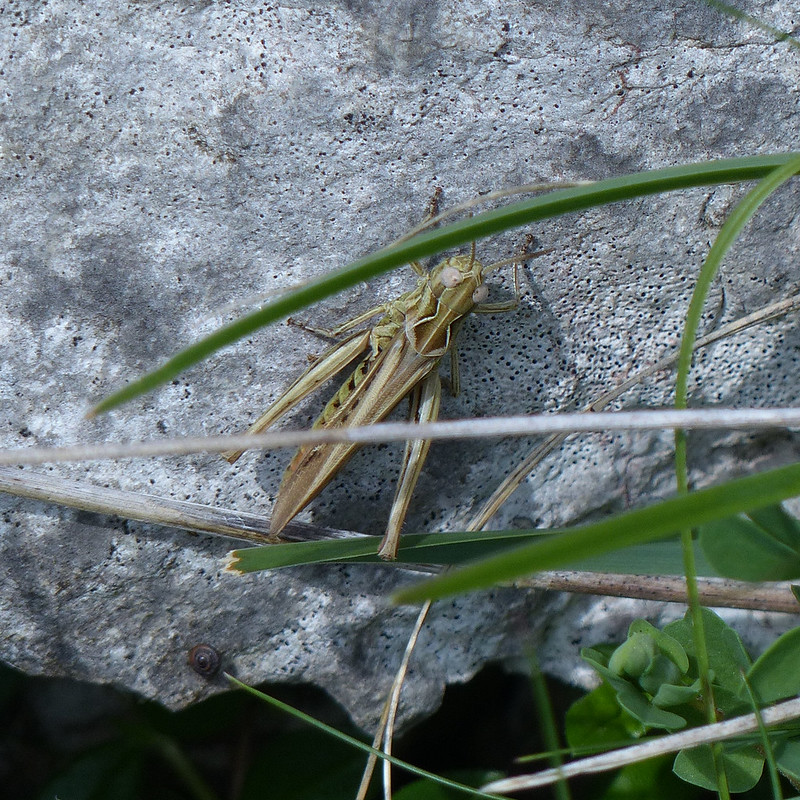
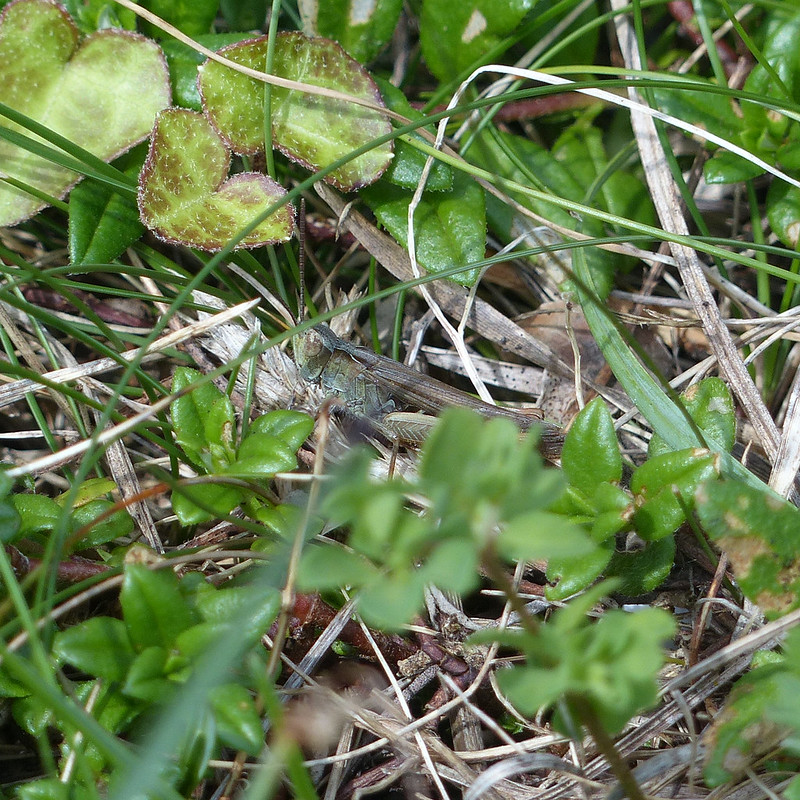
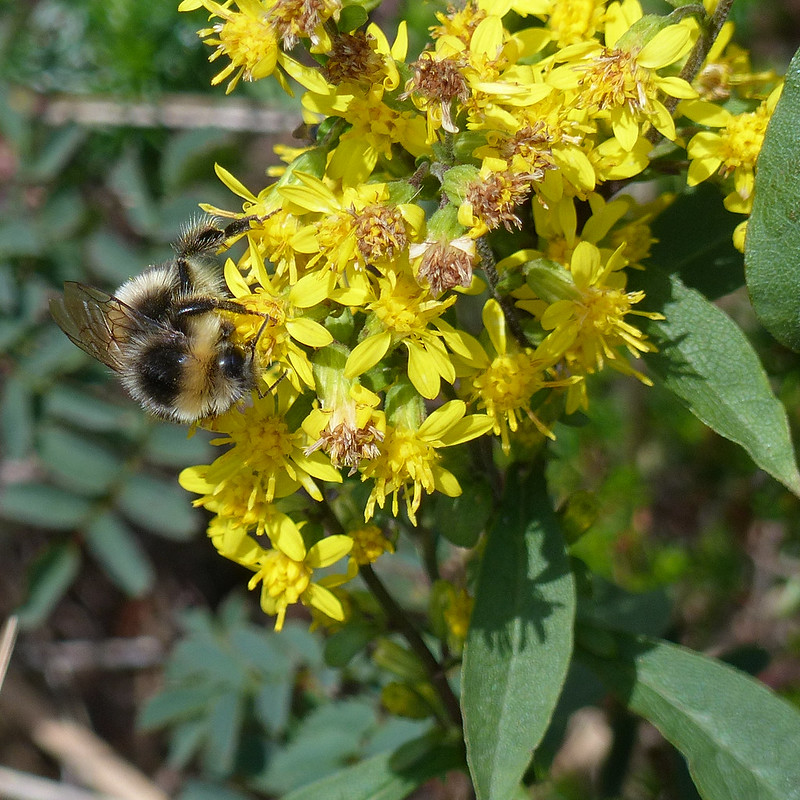



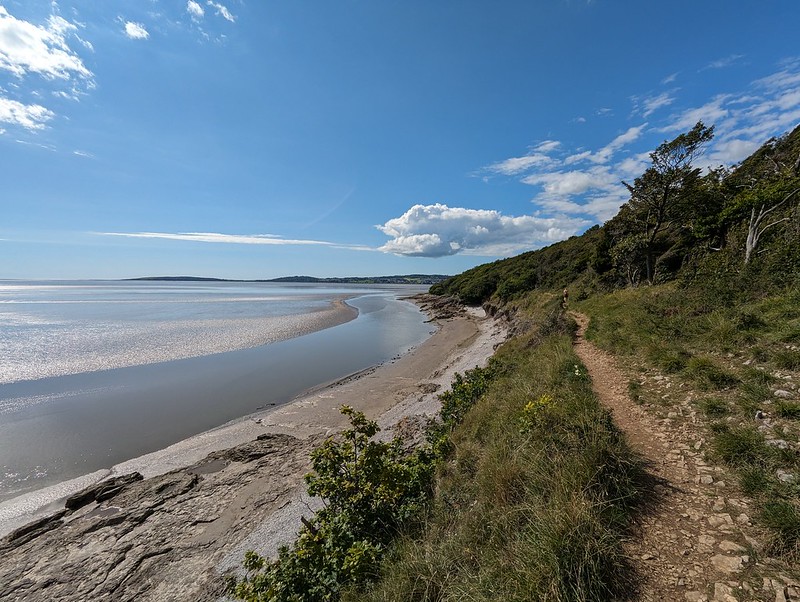

I was surprised to see a few family groups dotted about on the mud of the Bay, with a full collection, by the looks of it, of beach paraphernalia. Of course, I love the area myself, so I shouldn’t be surprised at all that other people want to enjoy it too.

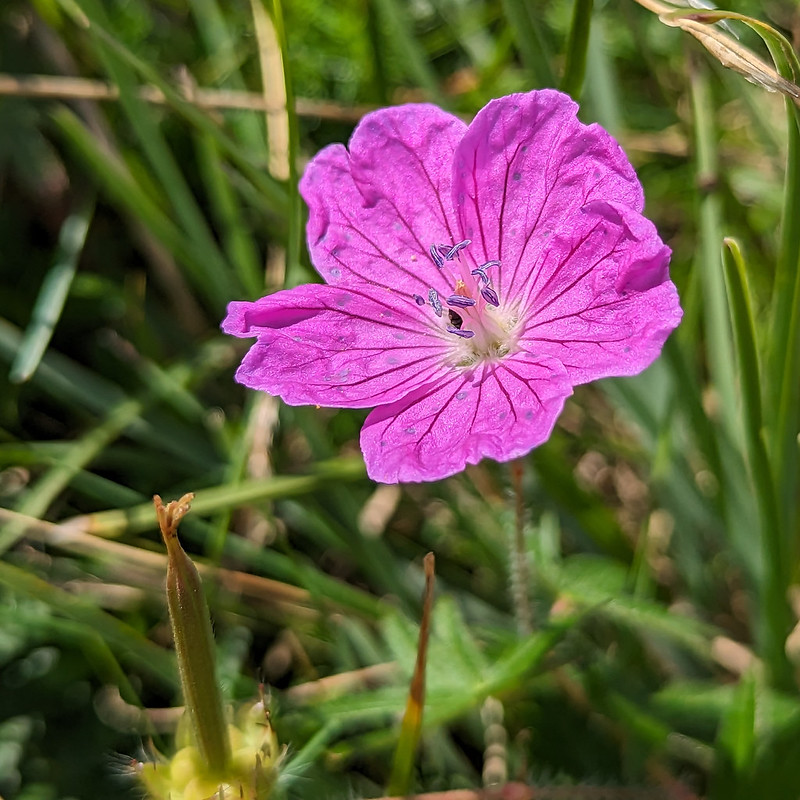

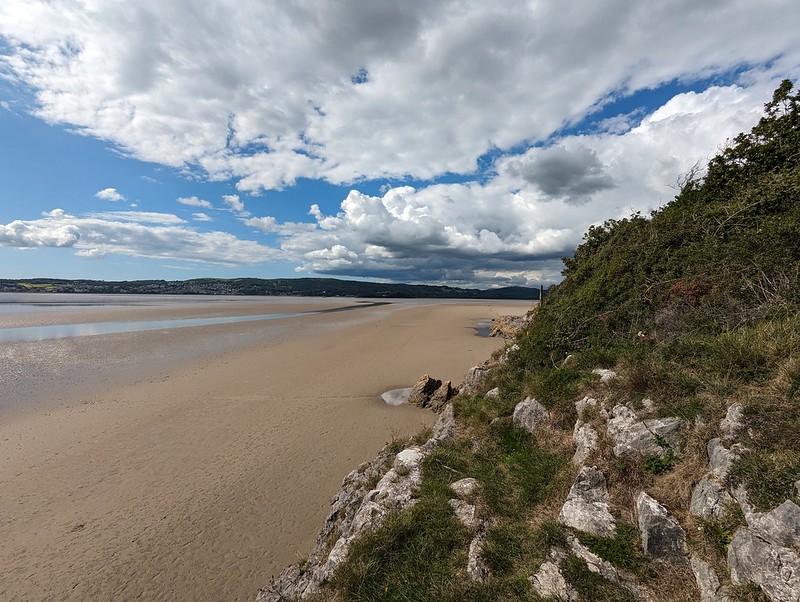
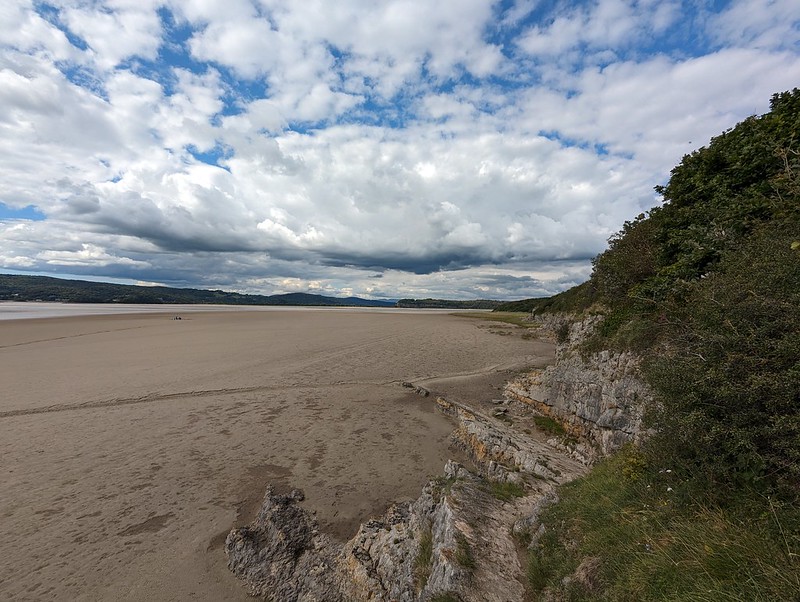
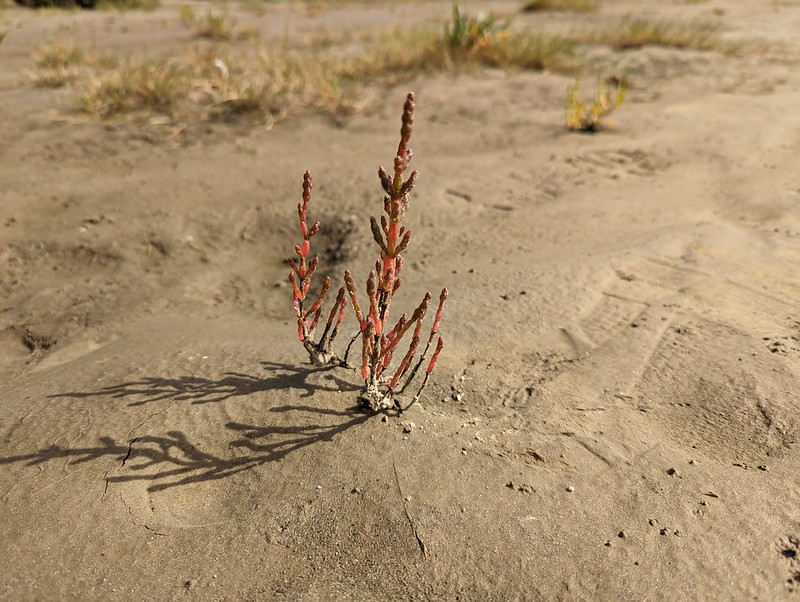
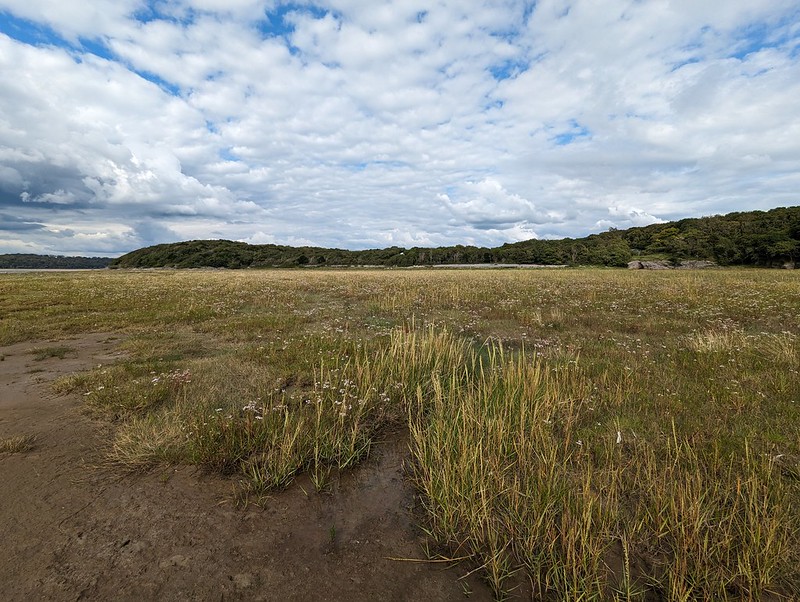


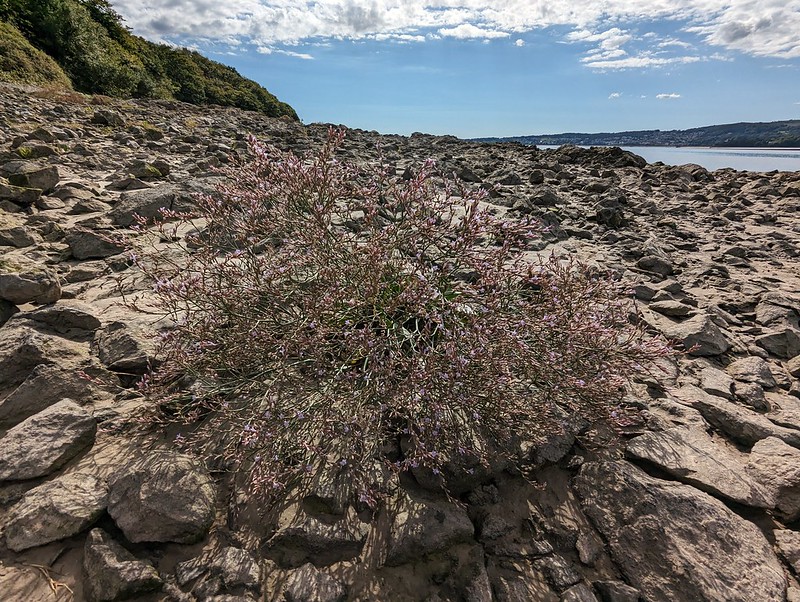

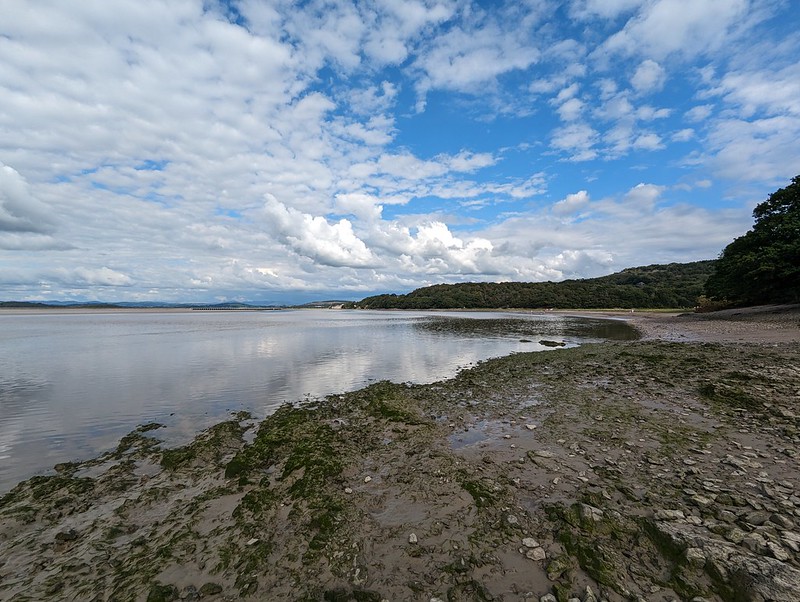

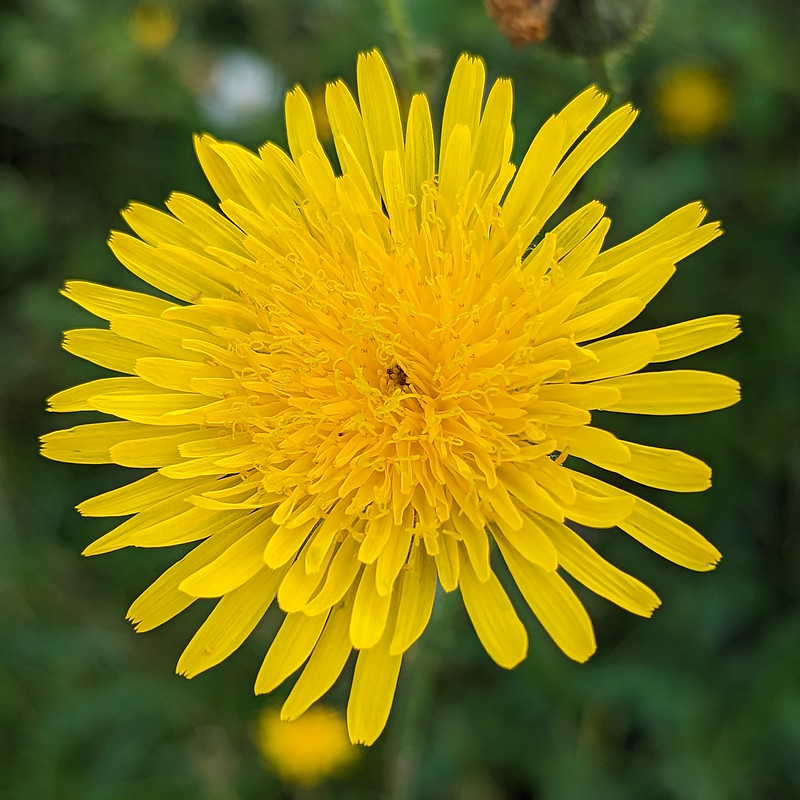


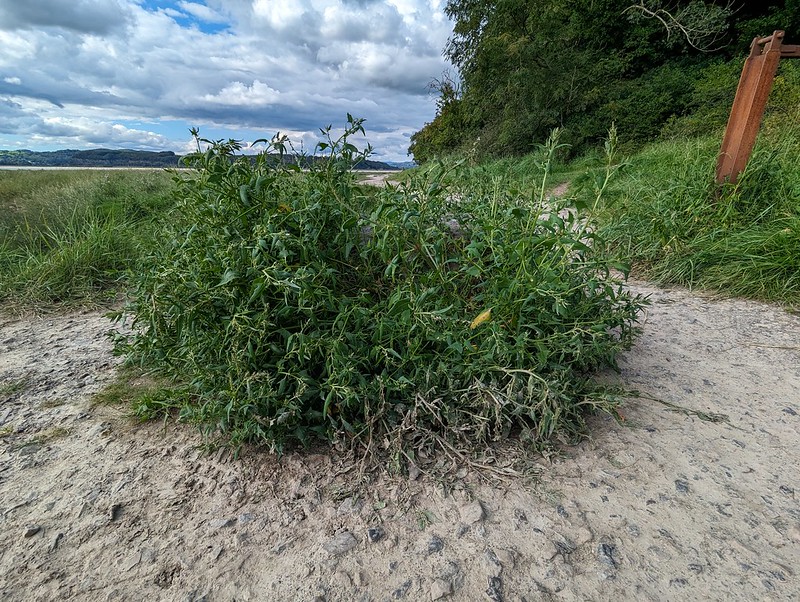
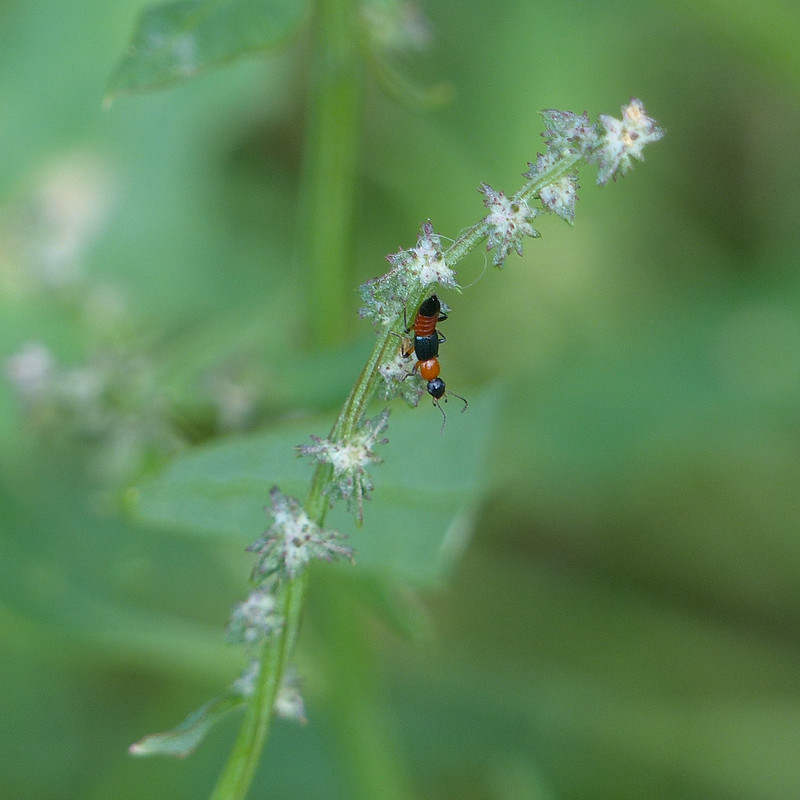
Paederus species are widespread across the world and I was surprised to discover that one (or possibly more) of them can cause severe skin reactions.


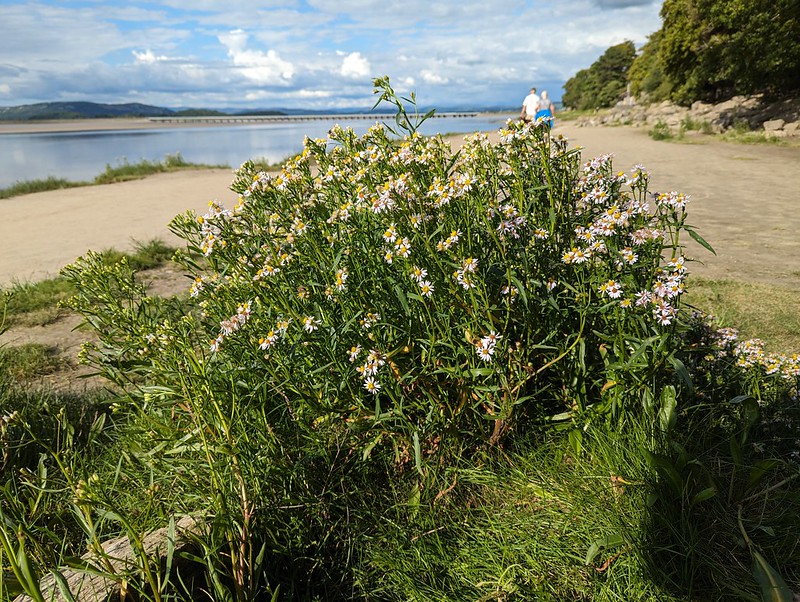
This tall clump of Sea Asters was thronged with bees and hoverflies, particularly Drone Flies.
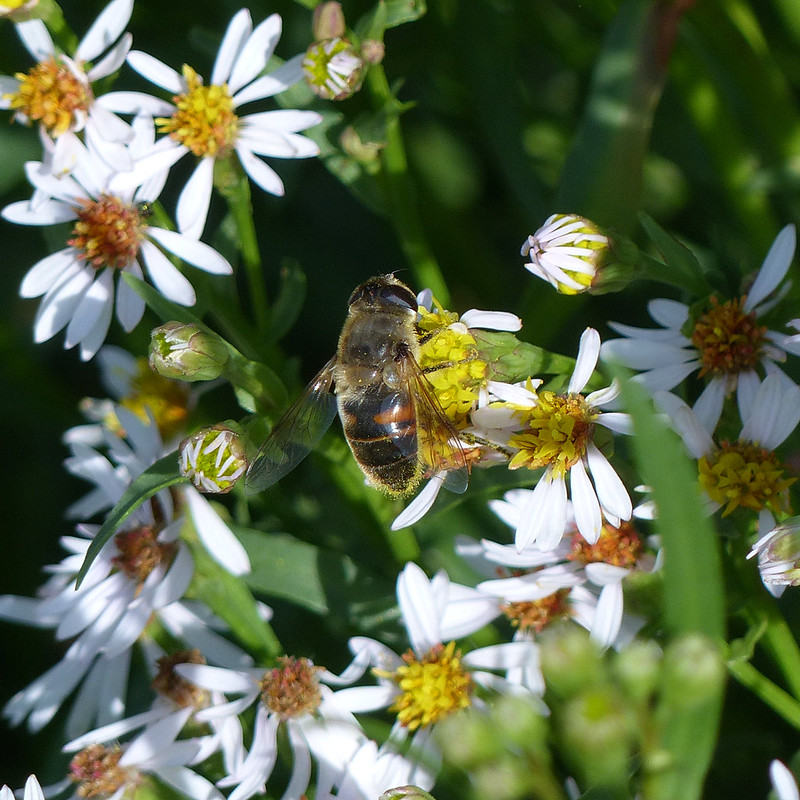

A sixth species of butterfly for the day, not bad going.
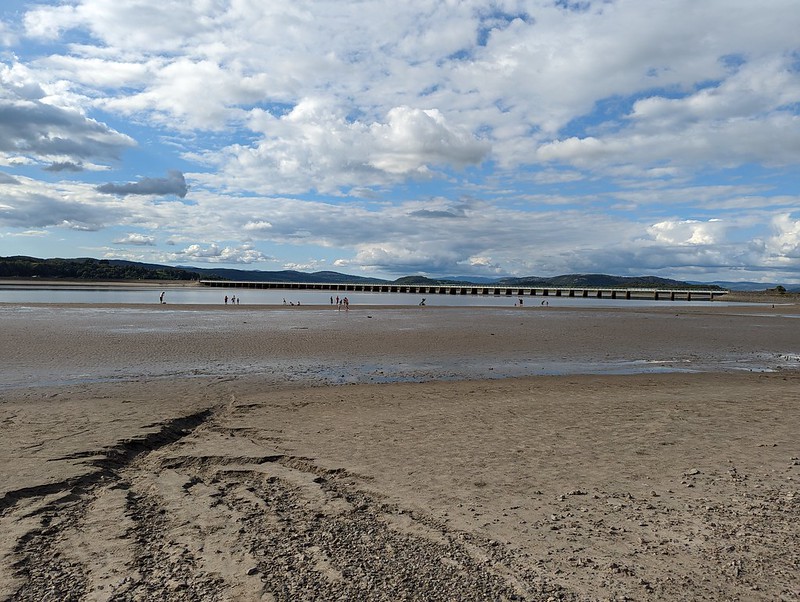

Over the years, I’ve taken countless photos of Blue-tailed Damselflies, but curiously, I don’t recall noticing the rather gorgeous two-toned wing-spots which are characteristic of the species before.
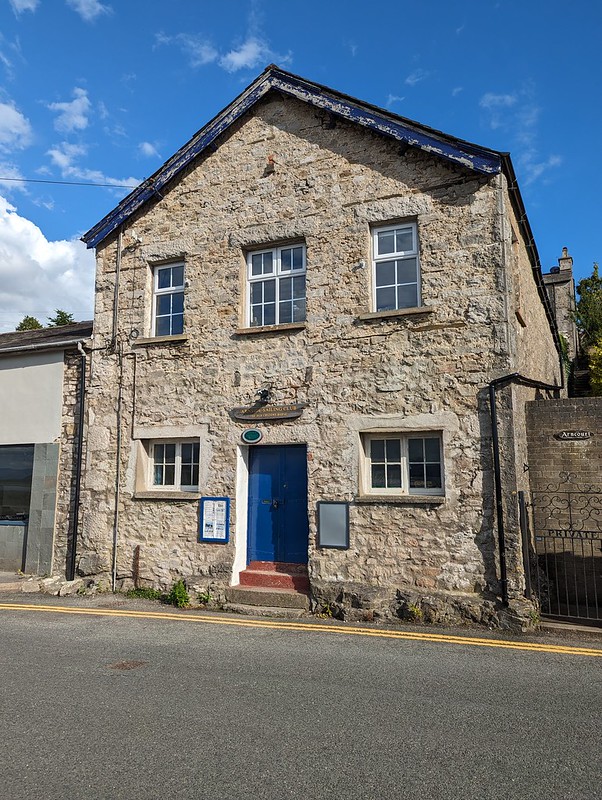
I’ve walked past the Sailing Club in Arnside many, many times. I’ve often thought of joining – I’ll no doubt get around to it at some point – but I’d never been inside their clubhouse. I have now. But I’m getting ahead of myself – that post is still some way off.
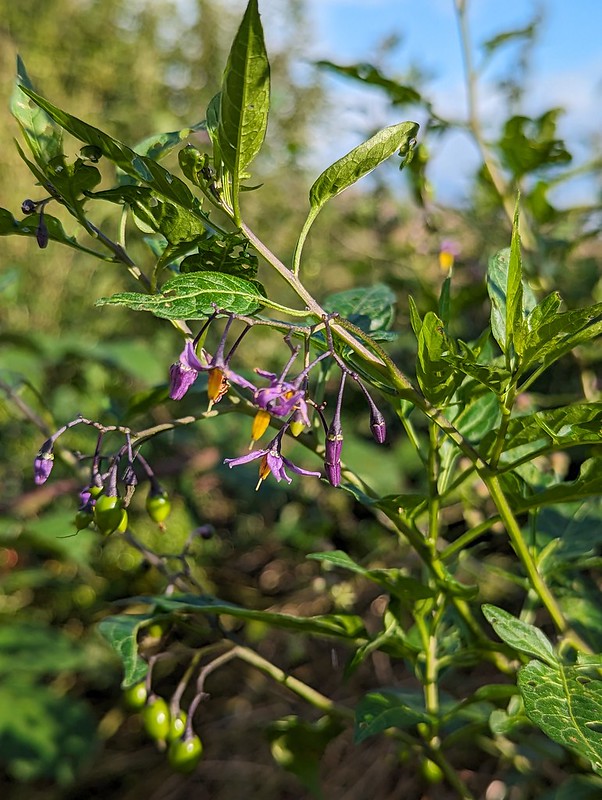
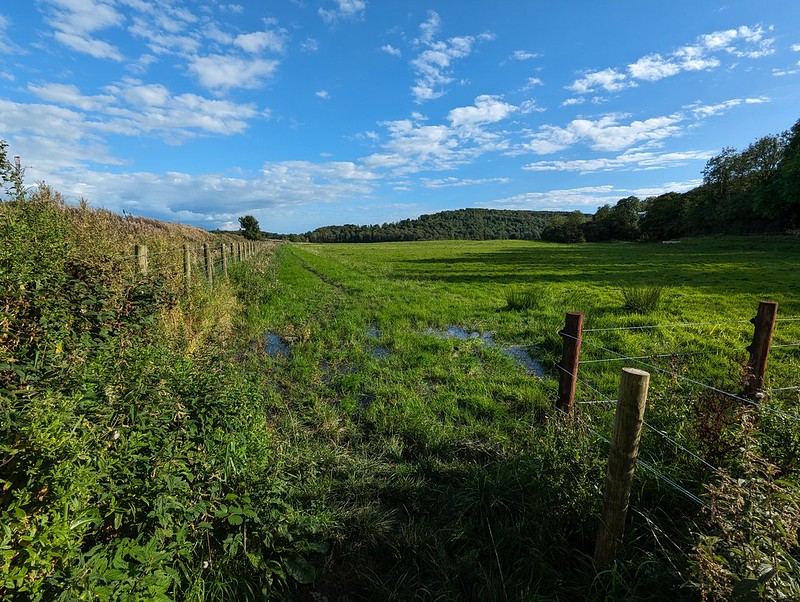
I’d only set-off from home mid-afternoon, so it was getting quite late. I’d originally intended to follow the path beside Black Dyke, but as you can perhaps tell, it was pretty water-logged, testament to what a wet year 2023 was. So instead, I turned left and headed East…
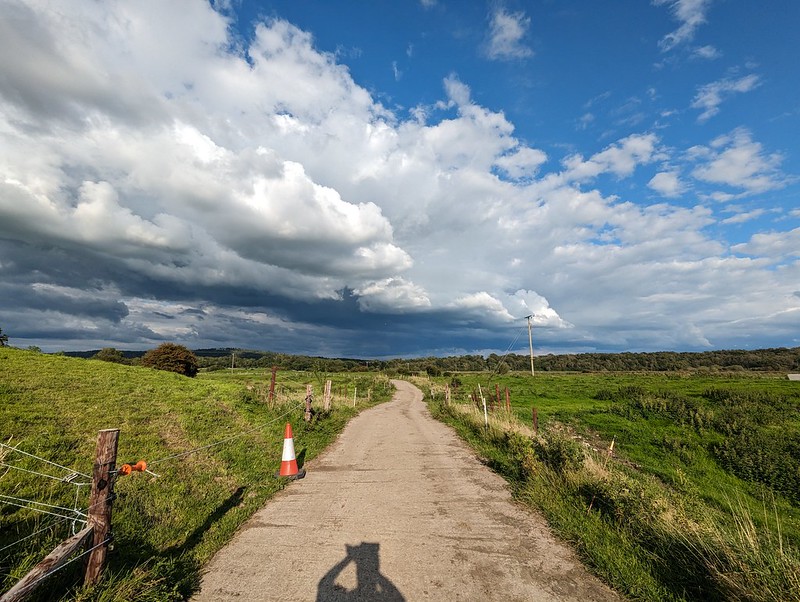
…towards some very dark looking skies.
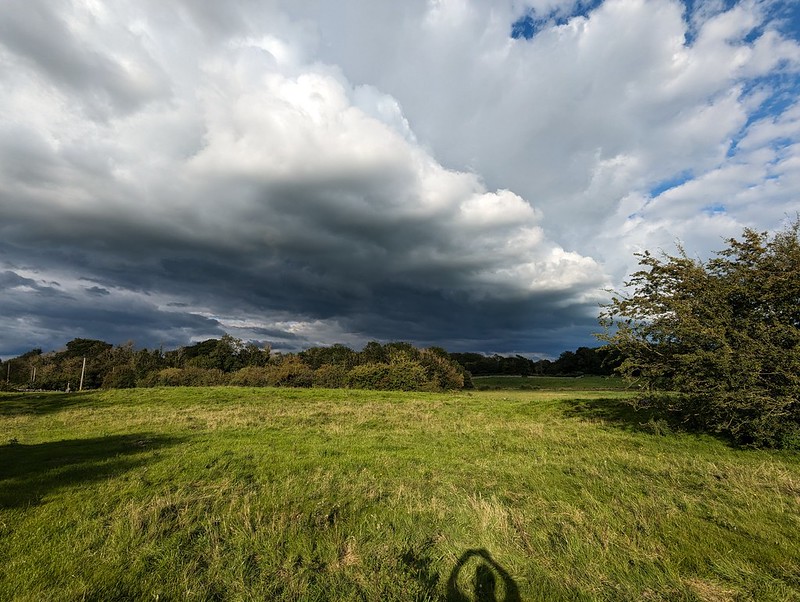

Long-suffering readers might know that I love to be on the edge of a weather front like this with strongly contrasting weather evident in different directions.

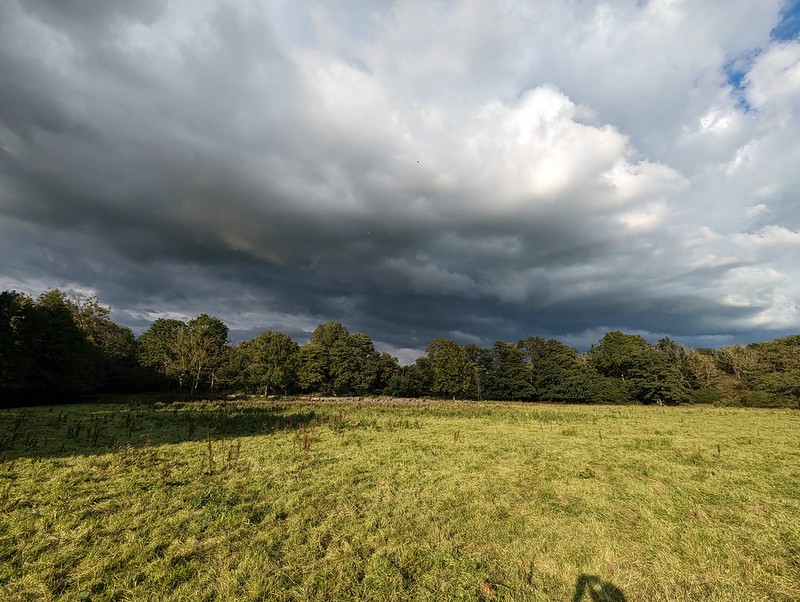
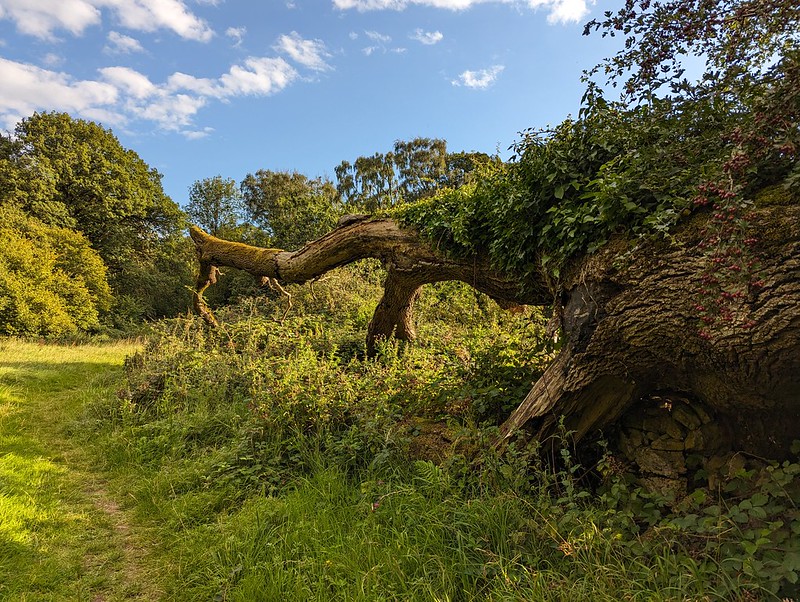

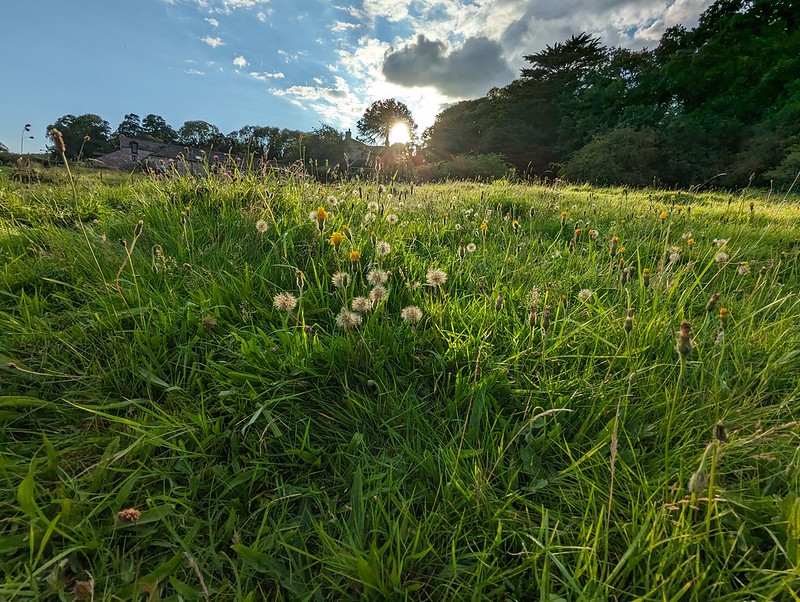
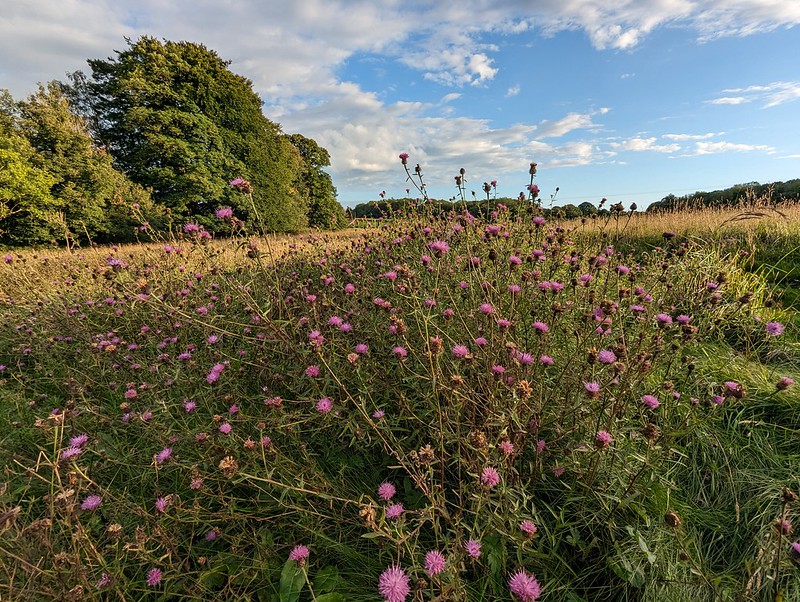

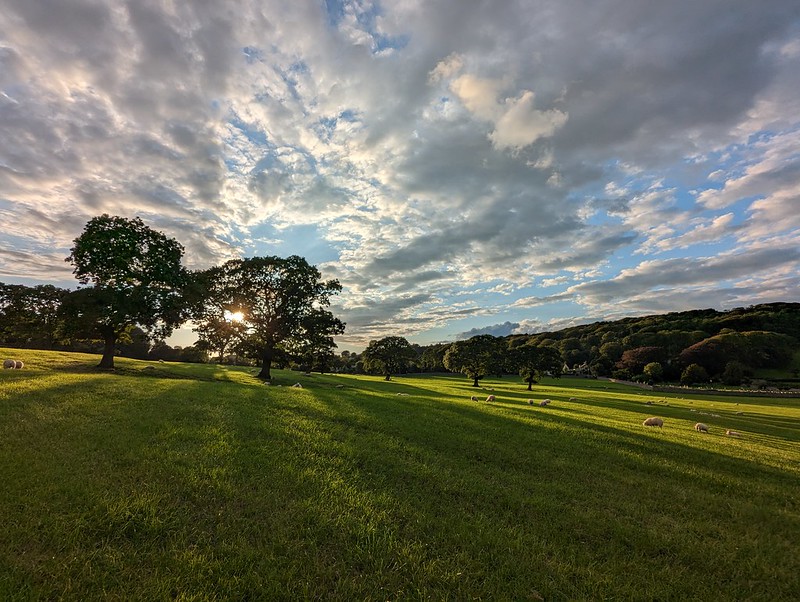
You may have noticed that no Skylarks appear in this post. The fact is, that I was listening to Horace Andy’s marvellous 1972 debut album ‘Skylarking’ whilst I was choosing the pictures for this post. Now that I’m almost done, my soundtrack is the similarly laidback reggae of John Holt’s ‘1000 Volts of Holt’.
A really delightful walk and a precursor to another family get together the following day.
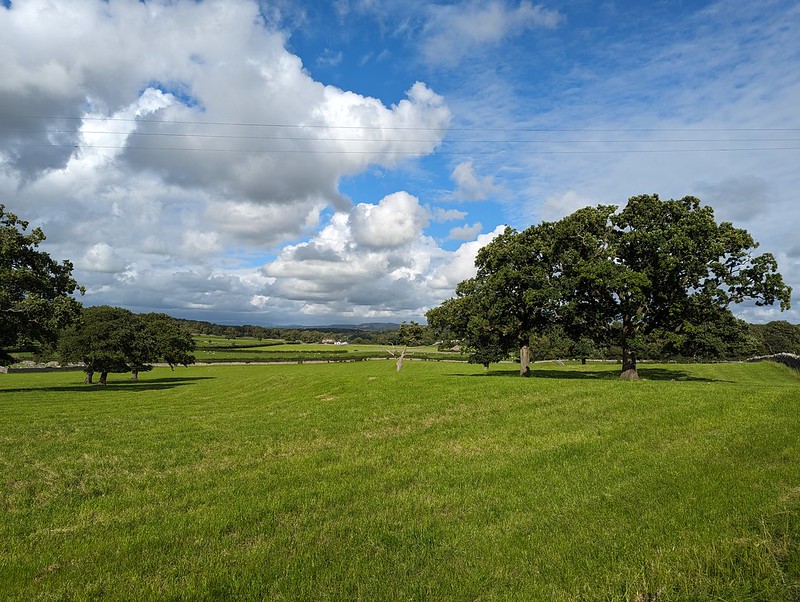
After a fairly wet drive home and unpacking etc, I had a late mooch around home. Where to go? Lambert’s Meadow of course, via The Row and Bank Well before strolling back through the village.
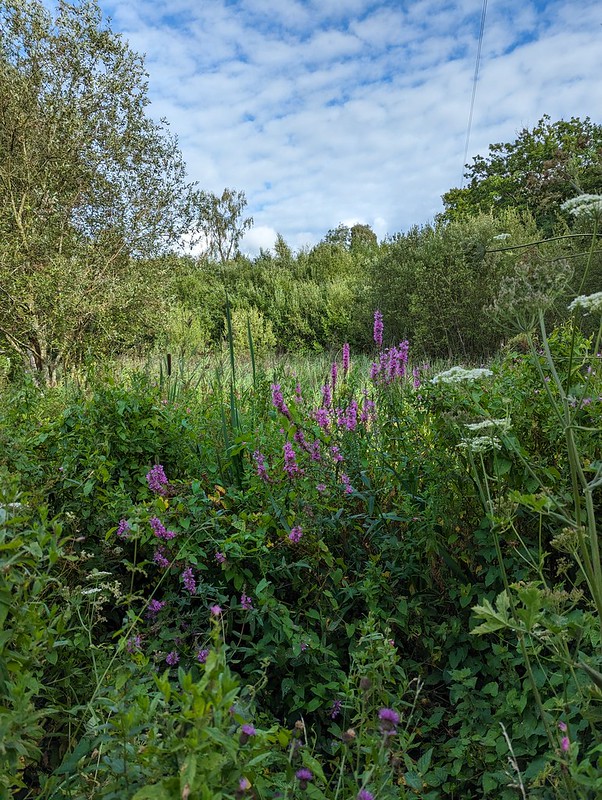

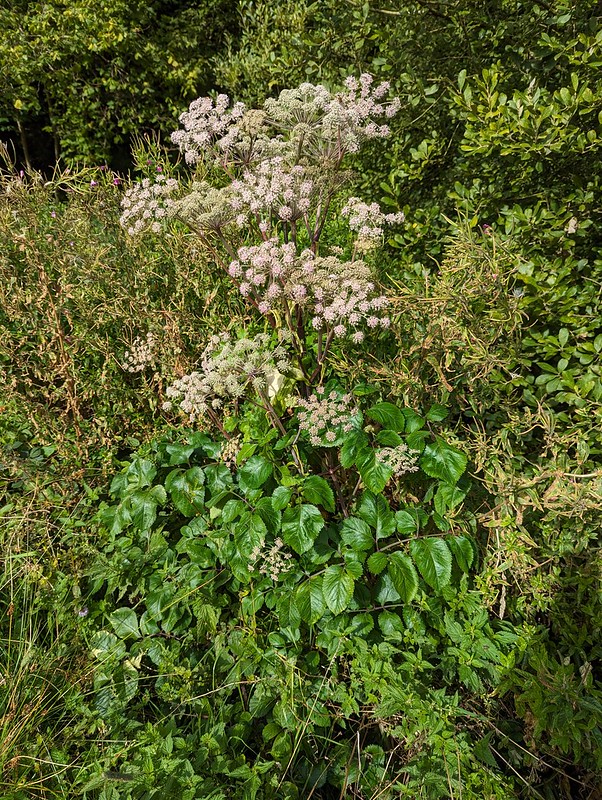


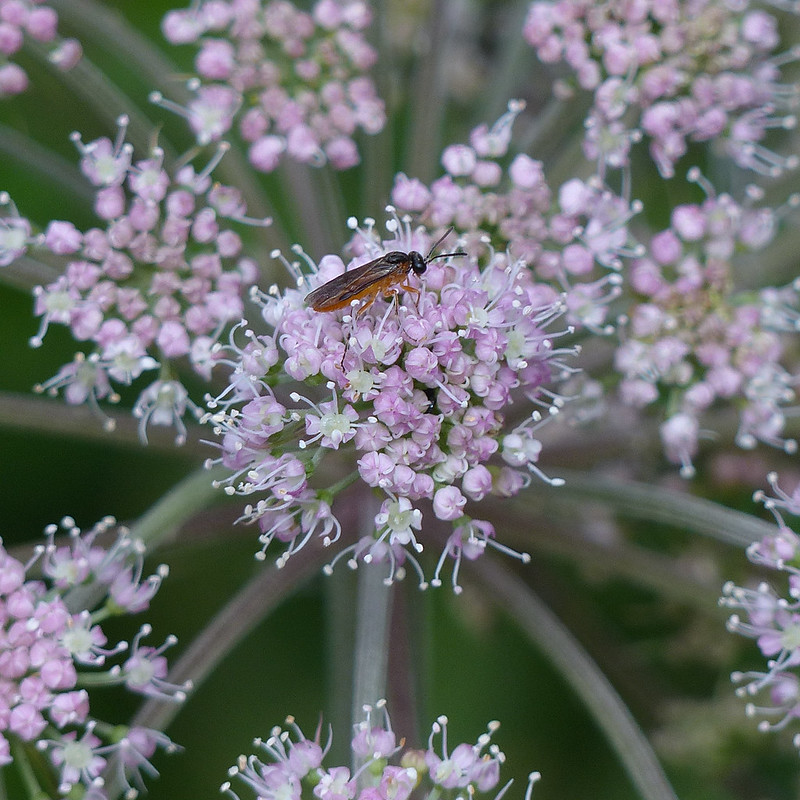
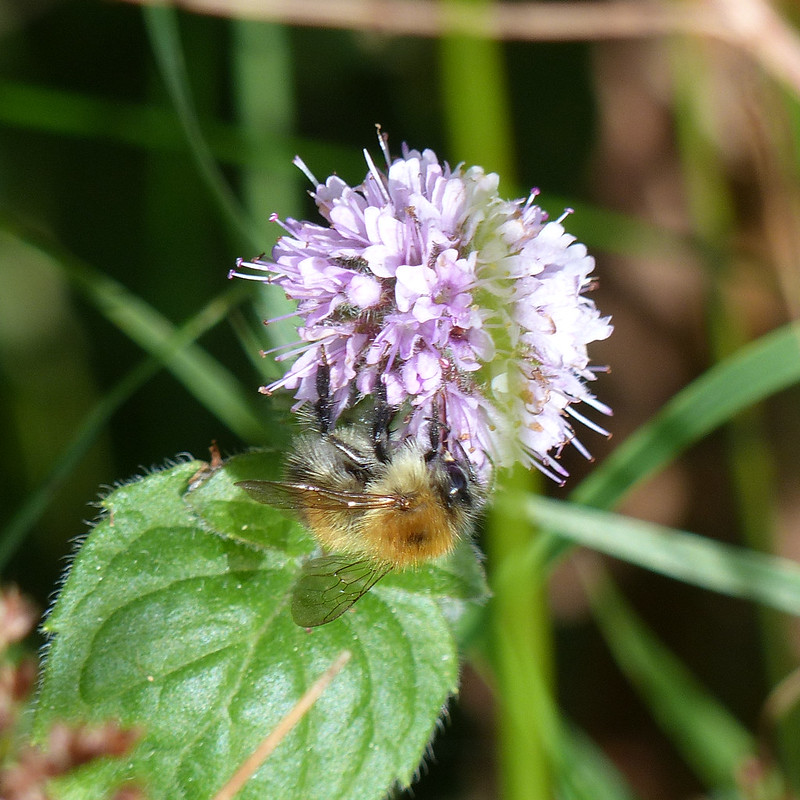
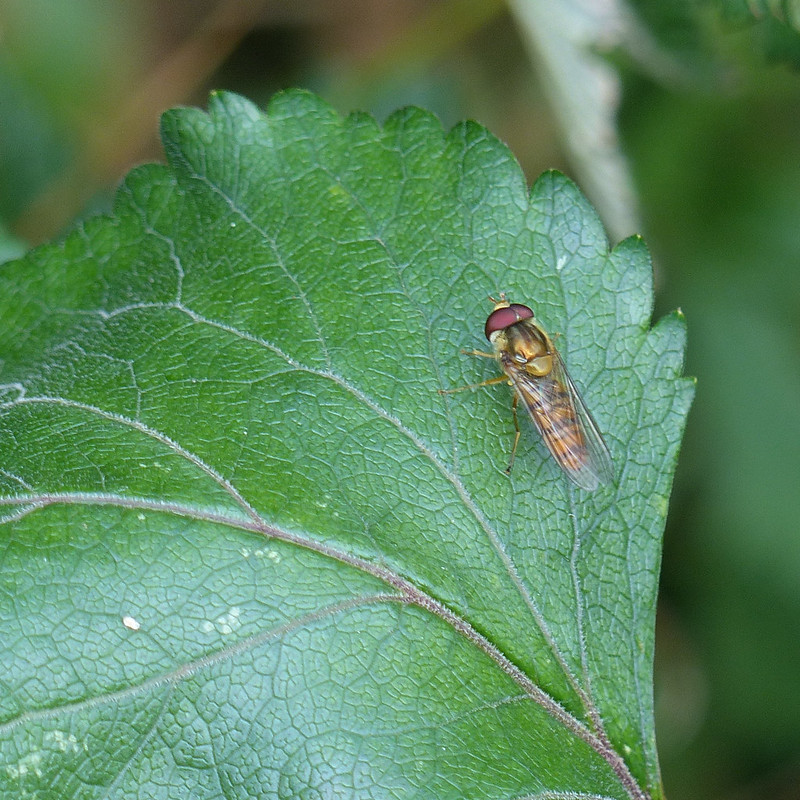



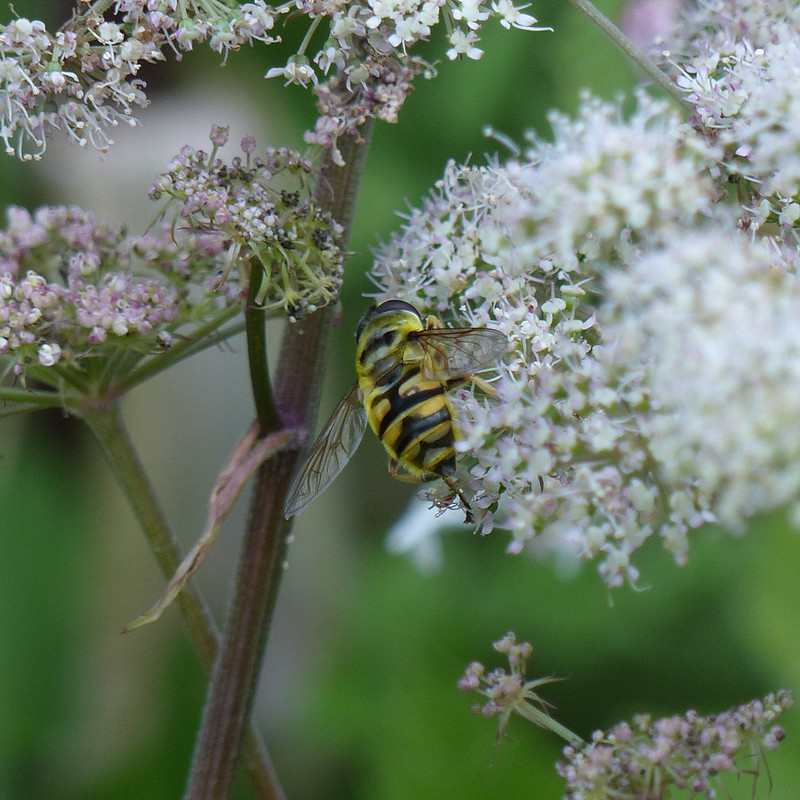
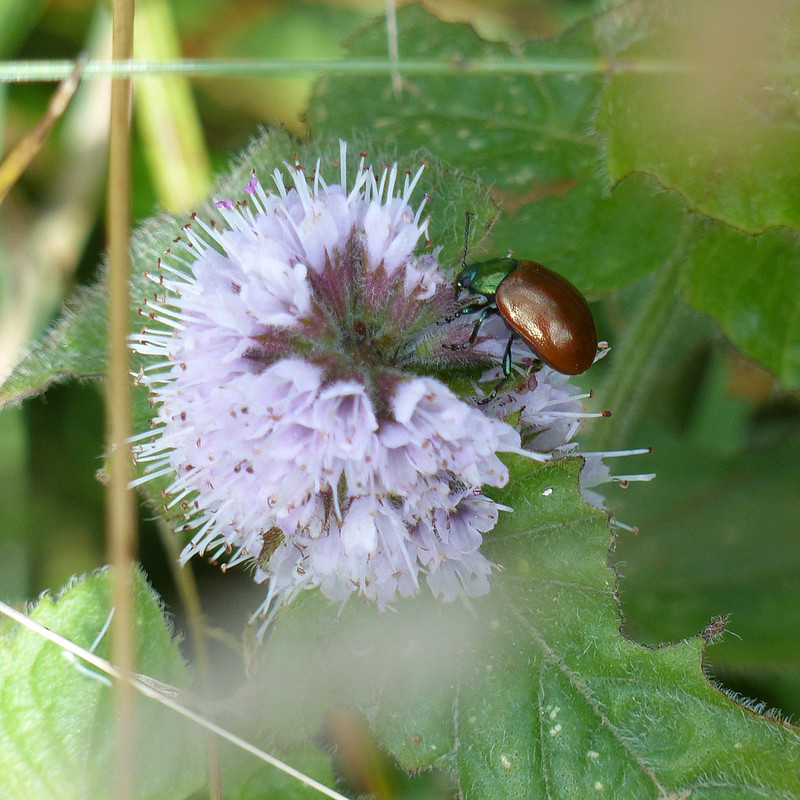
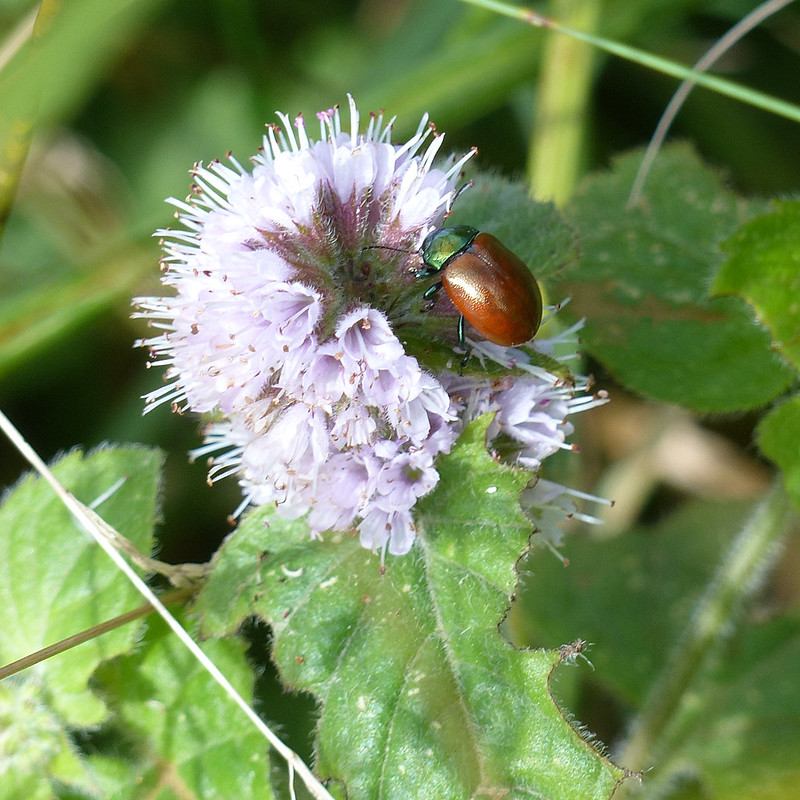
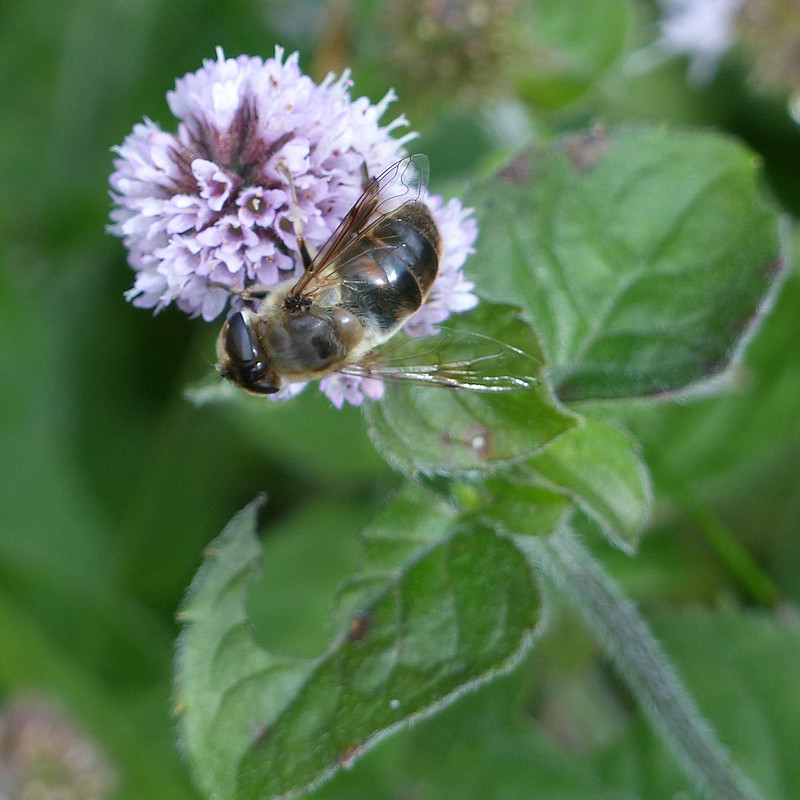


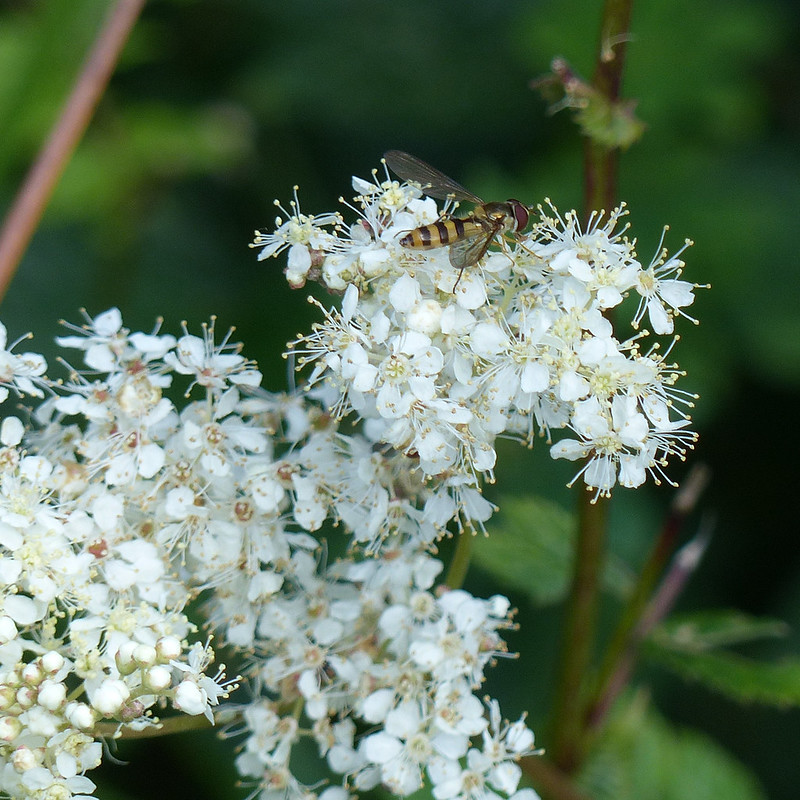
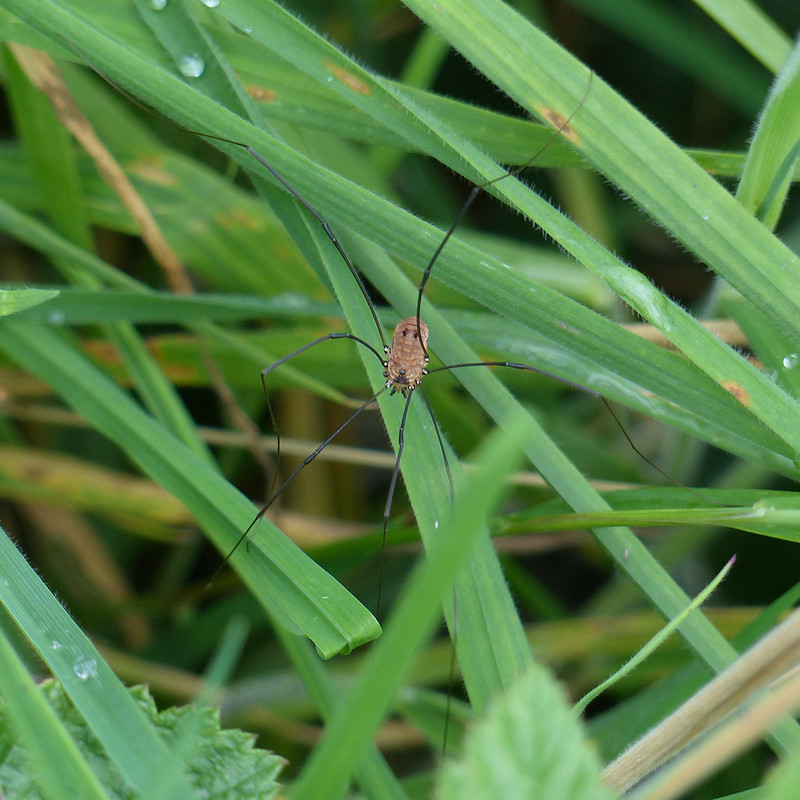
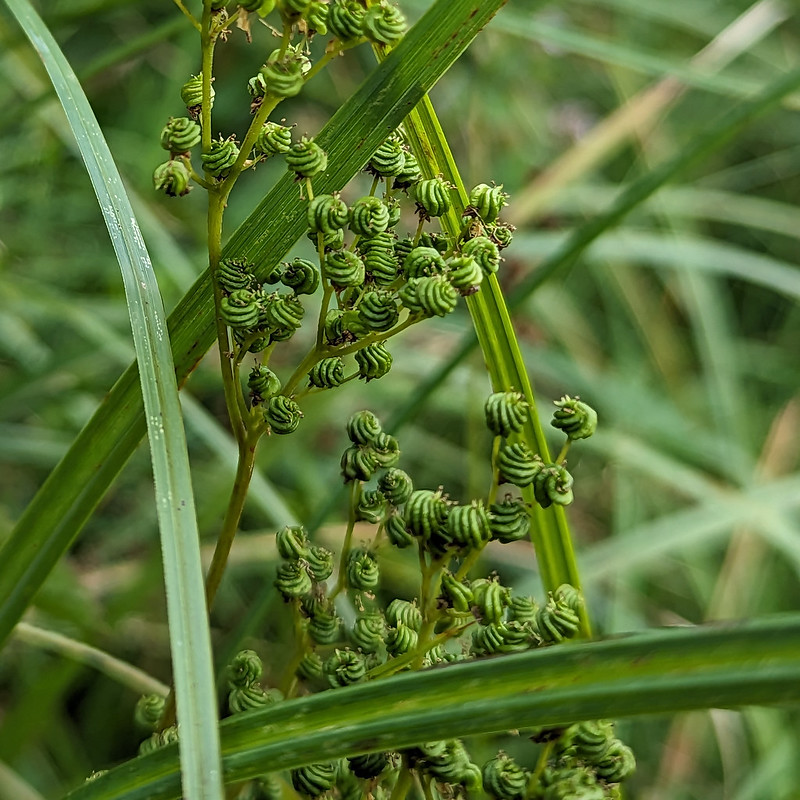
The light was very variable, but that didn’t stop me taking a huge glut of photos. The best was saved for last however, after I’d left the meadow and was walking around Silverdale Green…
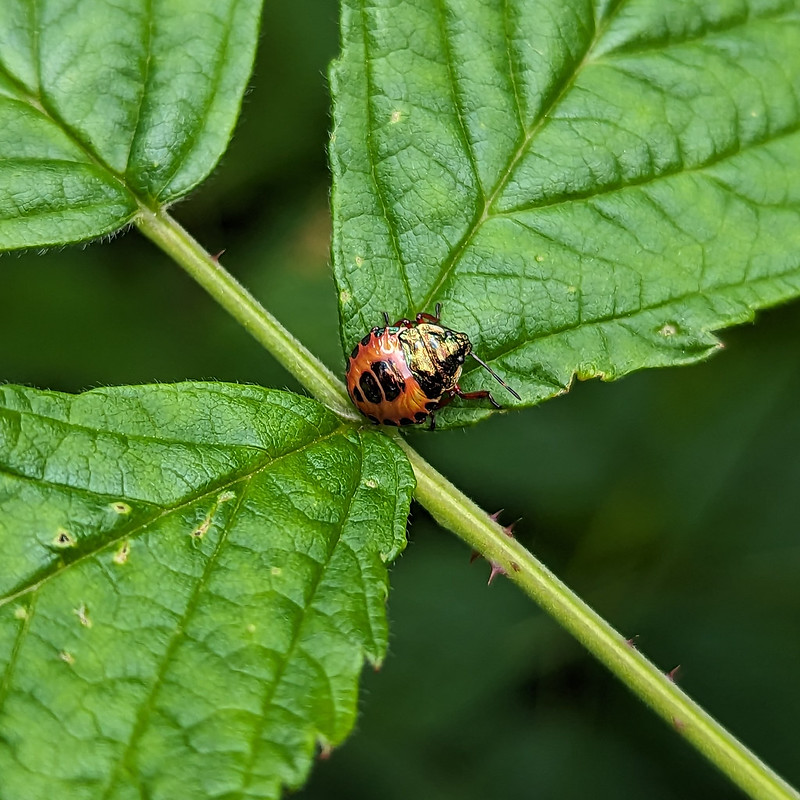
An incredibly colourful Shieldbug nymph.

Elmslack Lane – Castlebarrow – Eaves Wood – Hawes Water – Moss Lane – Trowbarrow Quarry – The Trough – Storrs Lane – Myer’s Allotment – The Row – Hagg Wood.
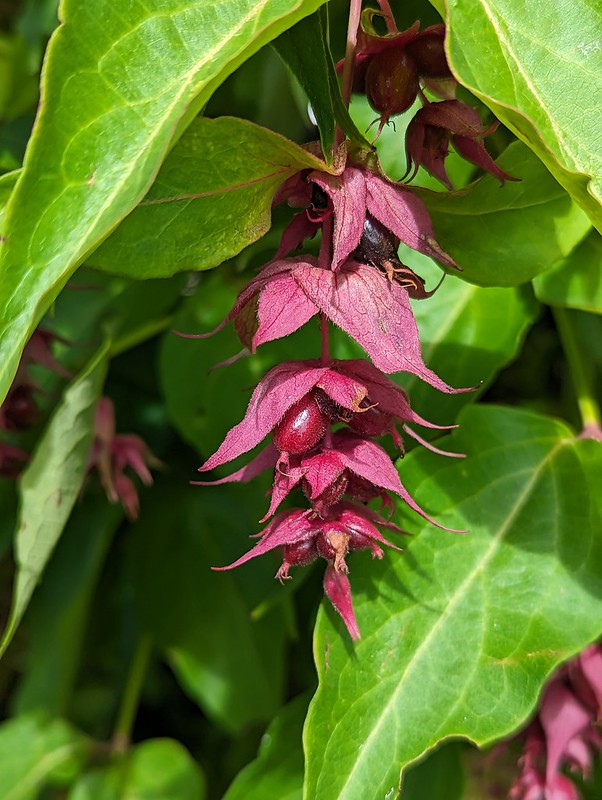
The light and shadow in this picture suggest sunshine, but this was taken late afternoon, after another day of mixed weather.

I was doing what I generally doing in those circumstances: making the most of a break in the weather, without straying too far from home in case it turned wet again.
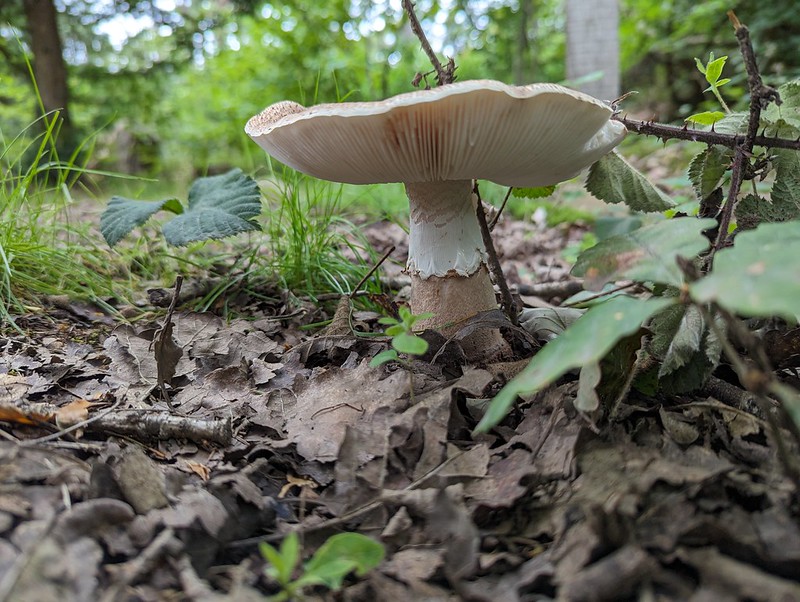
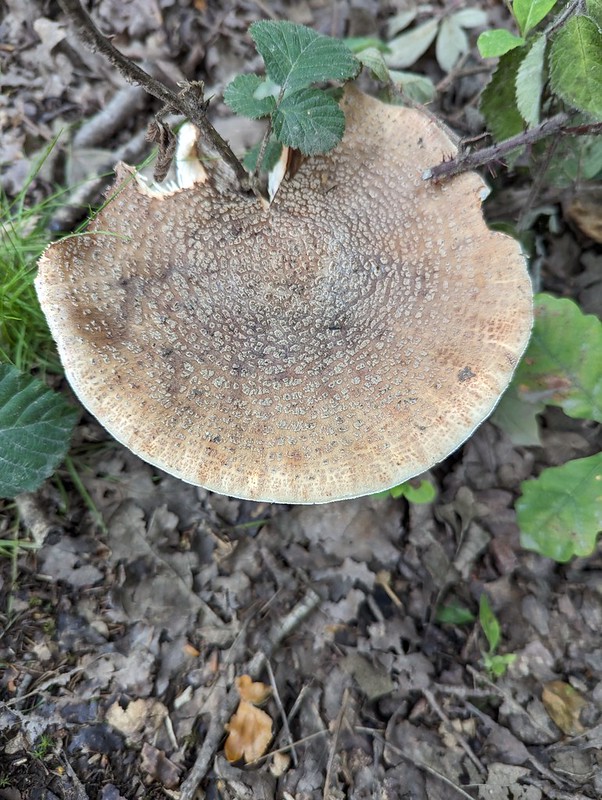

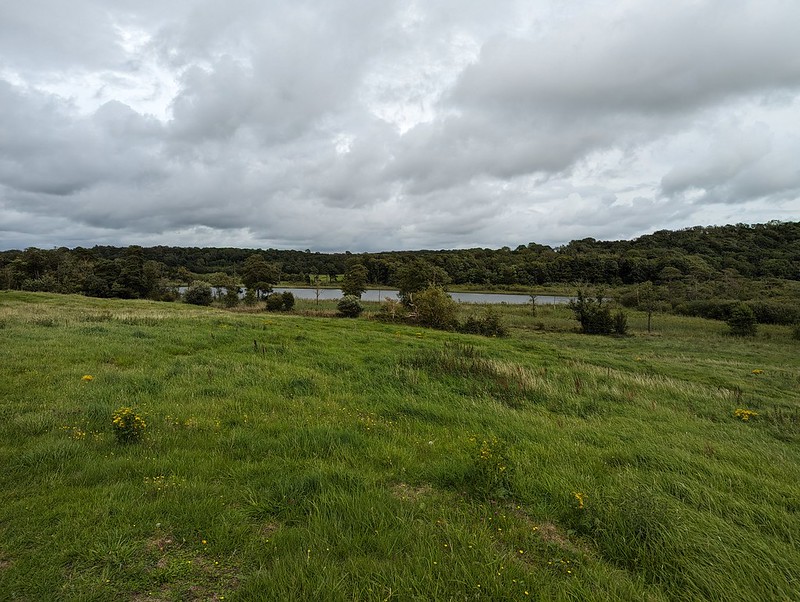
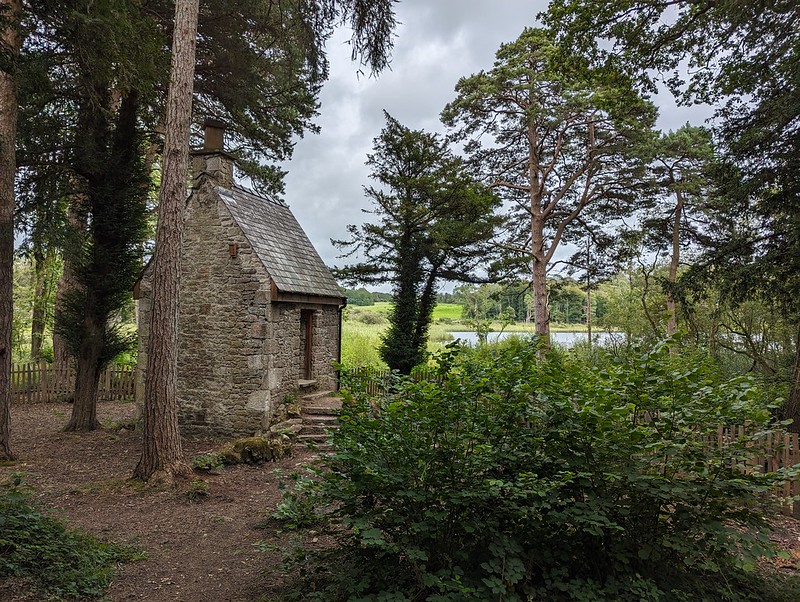
I took lots of pictures of insects during the walk. Once again, I was only using my phone camera, I don’t remember why. In the poor light, the depth of field was low and I have a lot of sharp photos of flowers with blurred bees resting on them. Until I reached this Burdock plant near Hawes Water anyway.
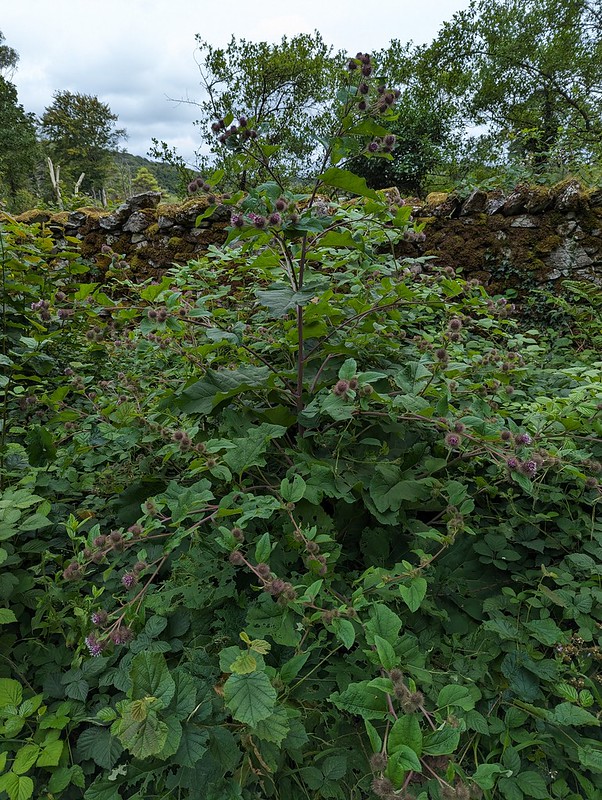
I love Burdock for its great vigour and it’s punky purple flowers, but this one was thronged with pollinators, making it even more to my liking.
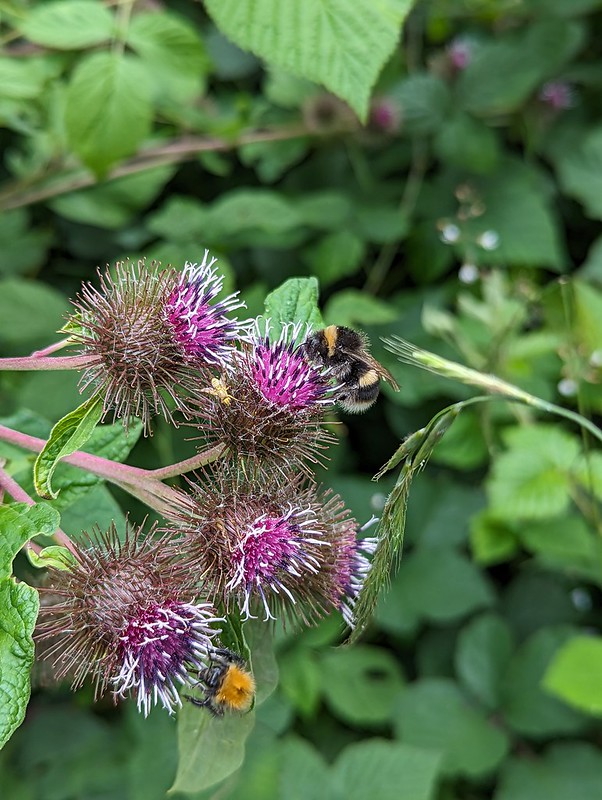
It was the ginger bee here which I first tried to photograph, but, for some reason, none of the shots were sharp again.
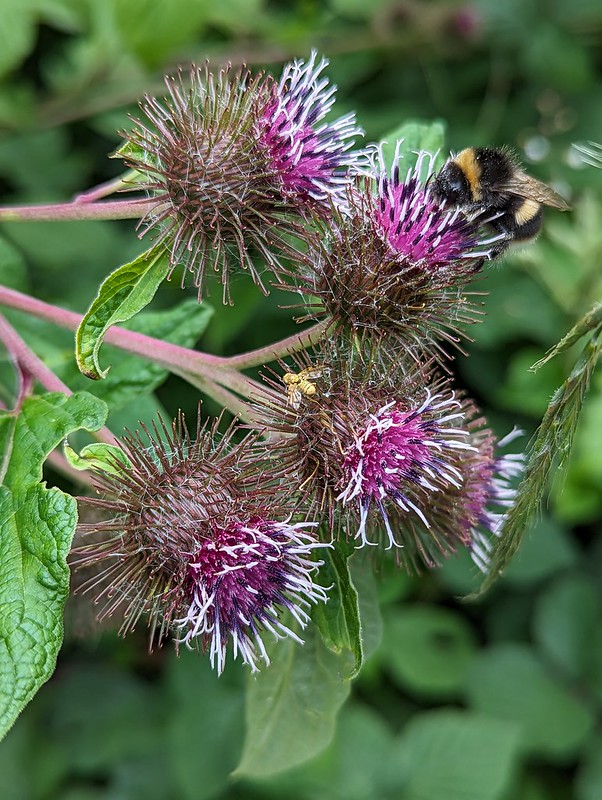
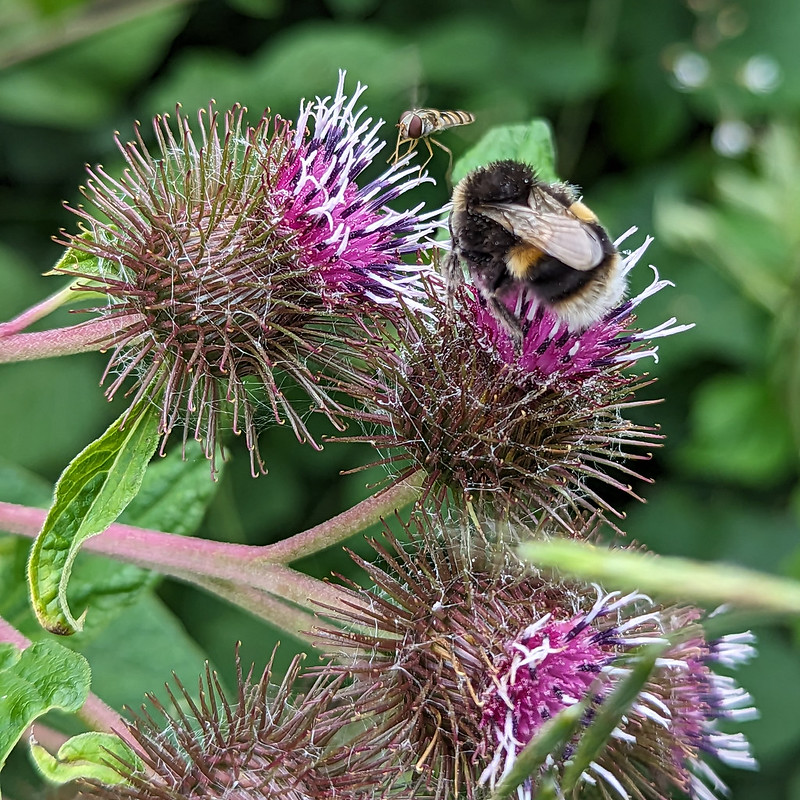
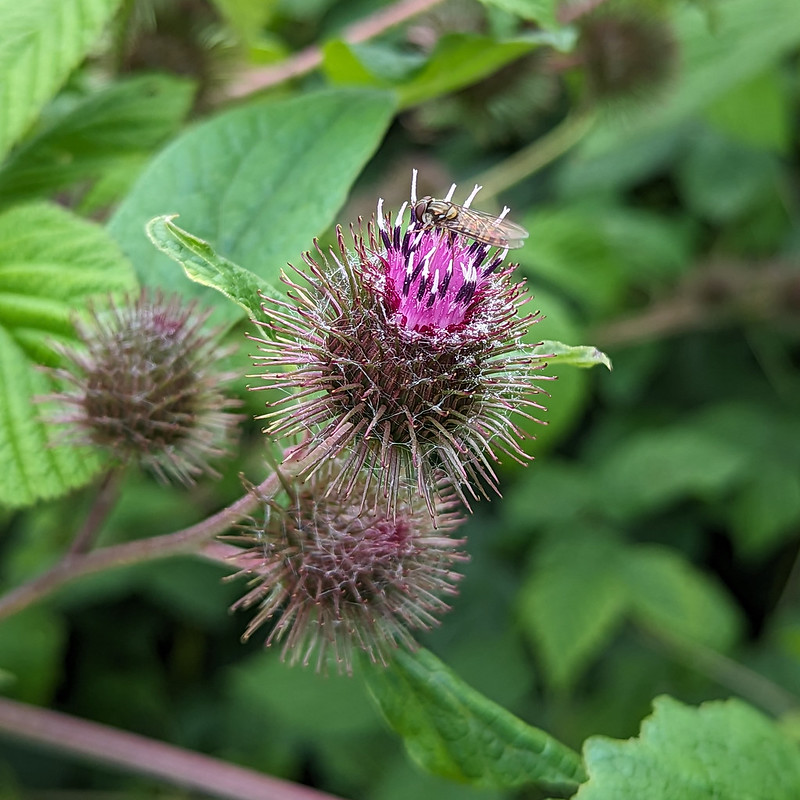
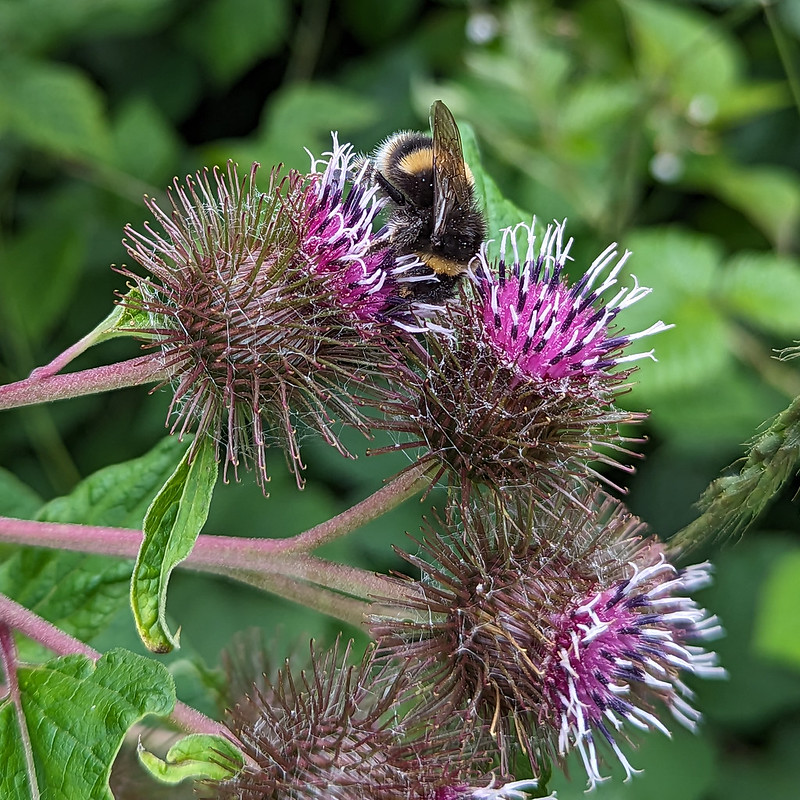
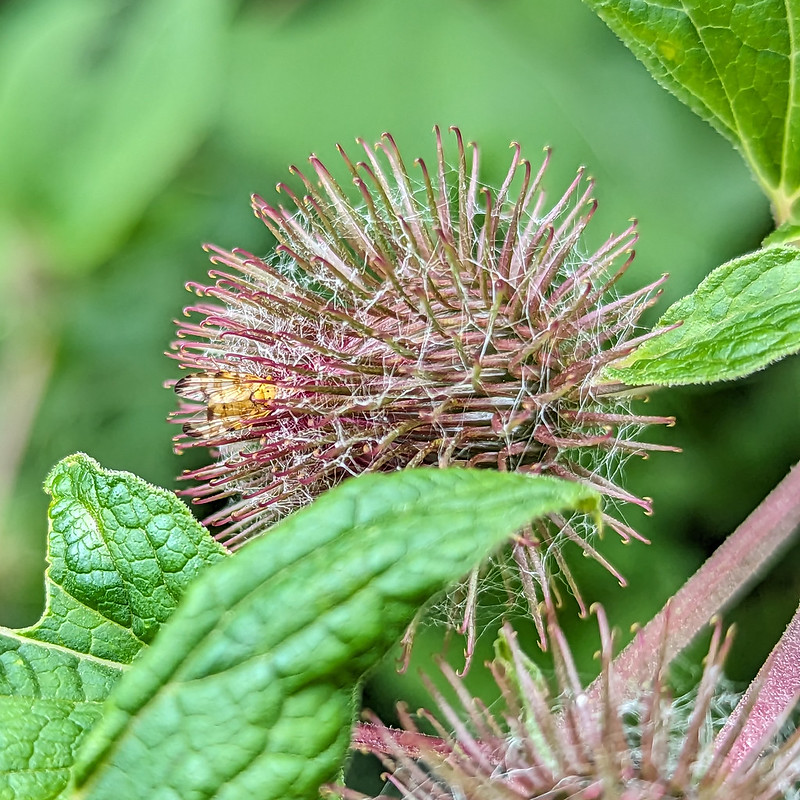
The nymphs of these tiny, colourful flies live in galls on Burdock plants.
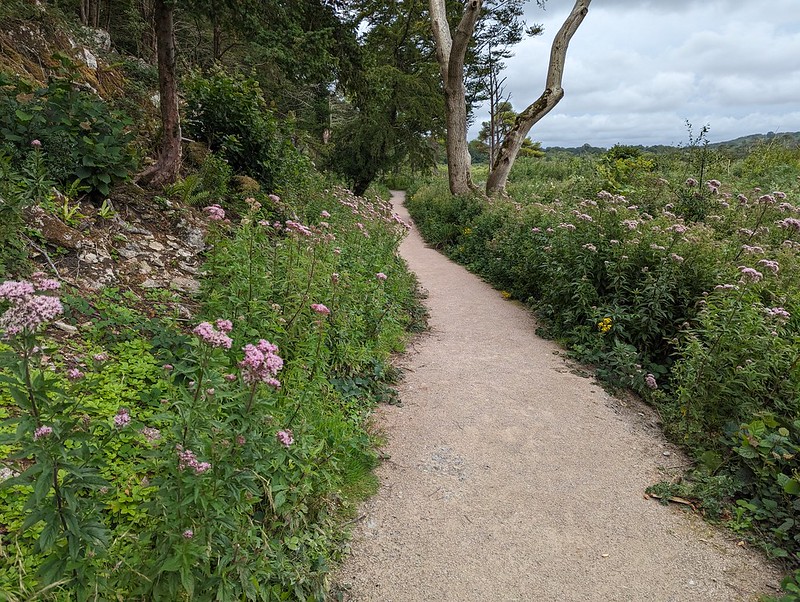

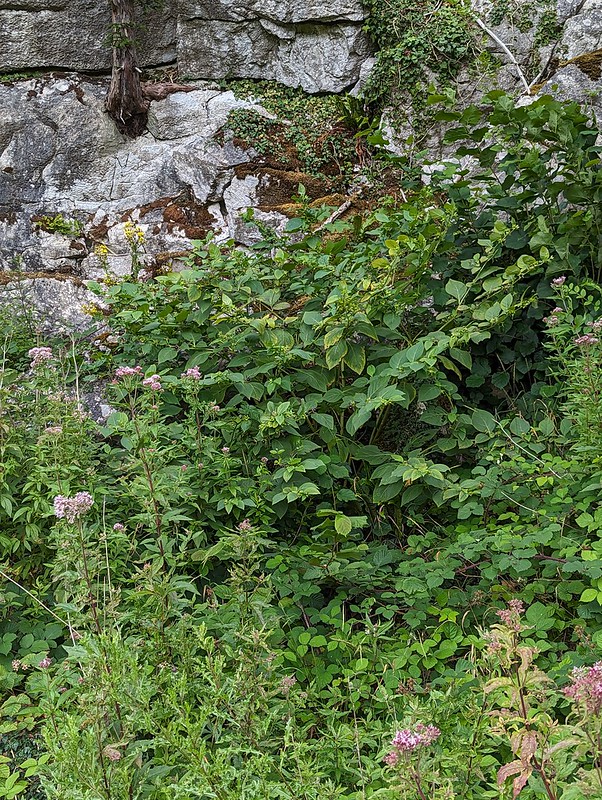
Zooming in on this photo reveals that the belladonnas flowers have now been superseded by the highly poisonous shiny black berries.
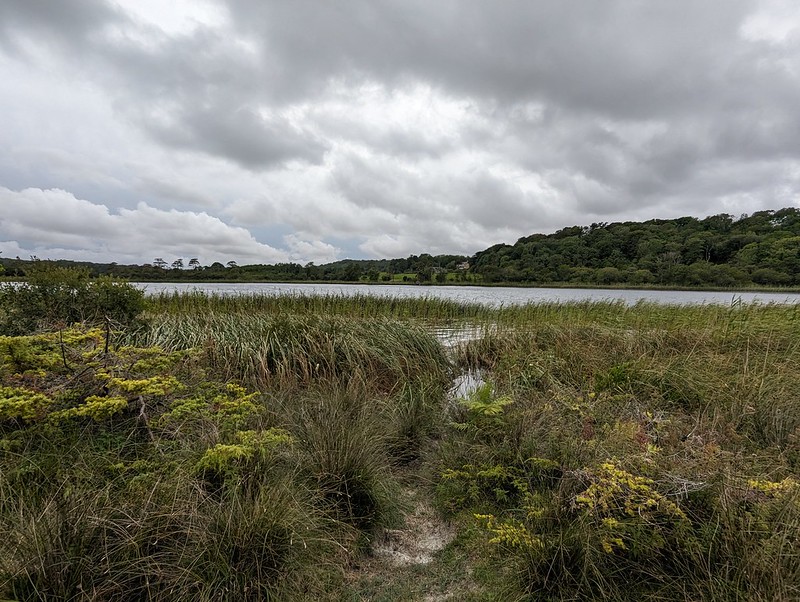
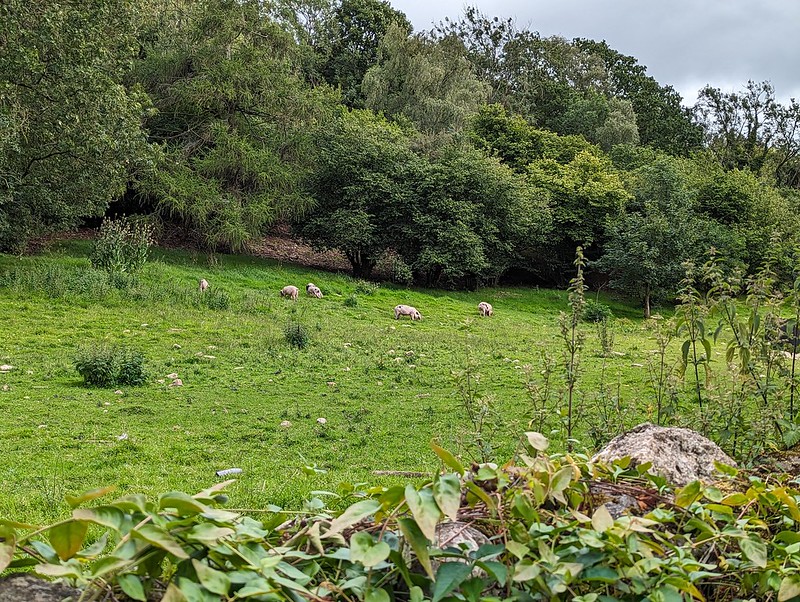
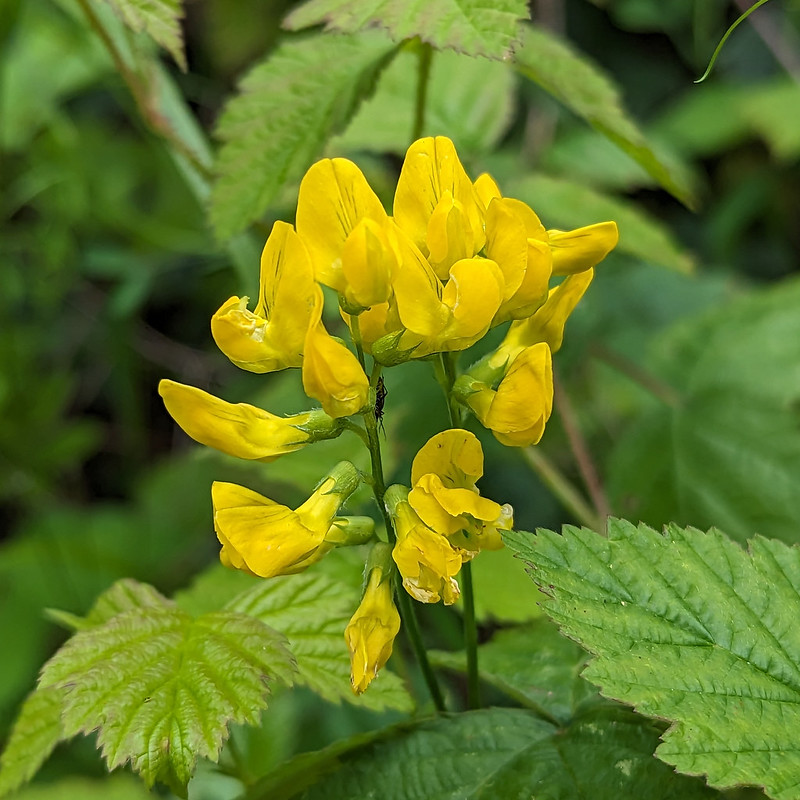
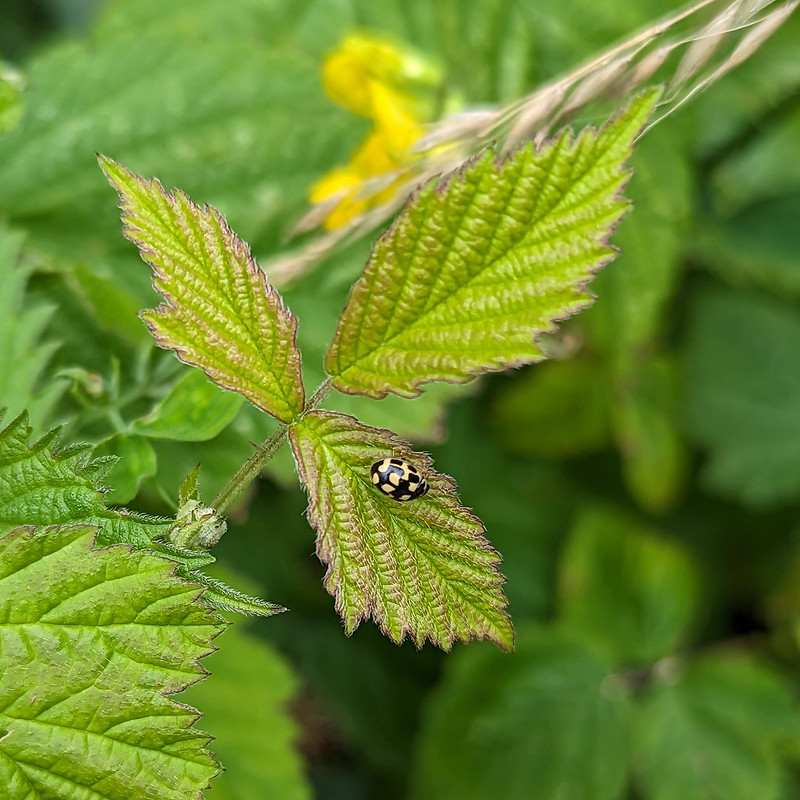

At this time of year I always try to fit in a visit to this spot on the track which leads into Trowbarrow Quarry where there are always a few flowering Broad-leaved Helleborines.
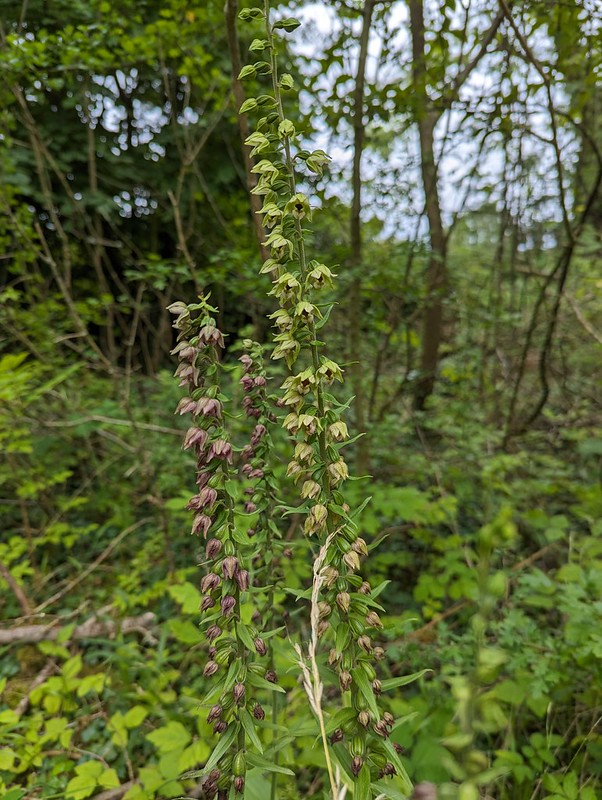
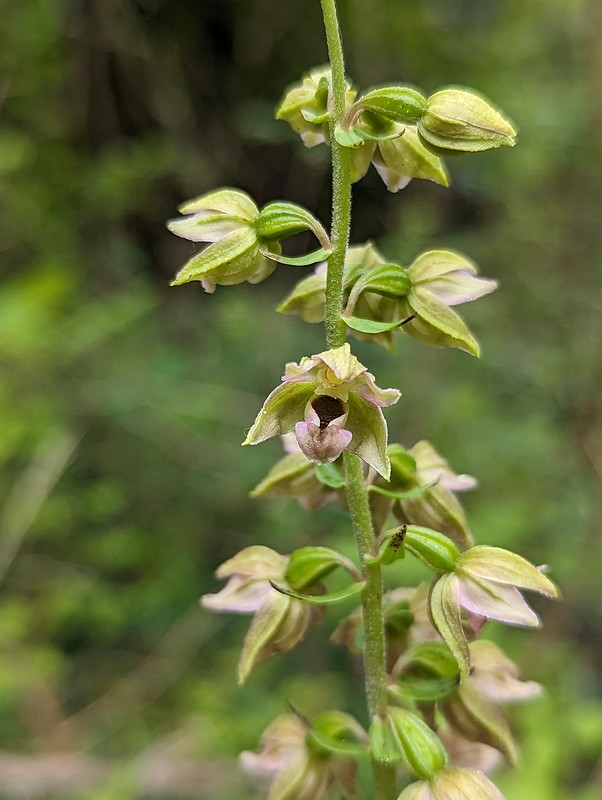

I kind of orchid, the flowers have muted colours, but I’m always pleased to see them.



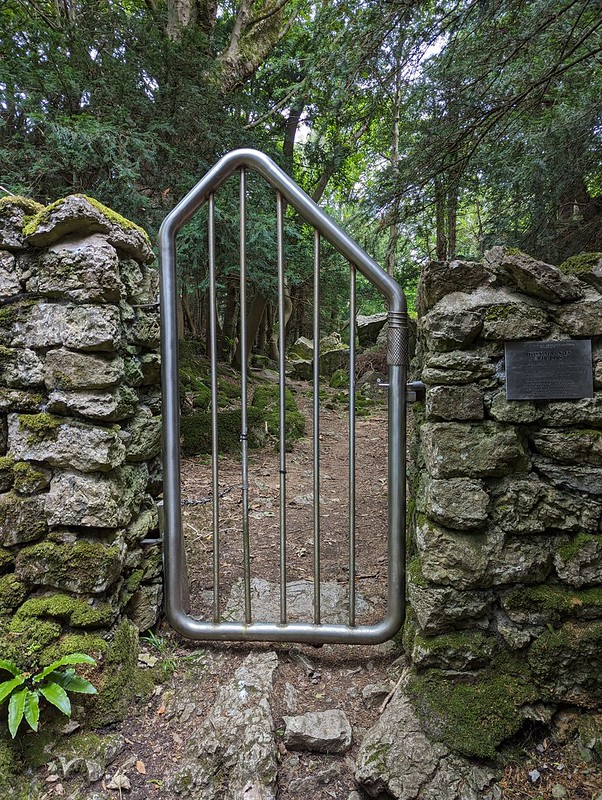


This Hogweed, growing on the verge almost opposite the Leighton Moss visitor centre, seemed a little odd to me. I couldn’t put my finger on what it was, but wondered whether it was Giant Hogweed. It’s actually all wrong for that, but I now thinks it’s from a sub-species, Narrow-leaved Hogweed.

I was intrigued to read that the outer flowers in a spray of Hogweed blooms are zygomorphic, but have discovered that it just means, rather prosaically, that they have only one axis of bilateral symmetry. I think that might make me almost zygomorphic myself.
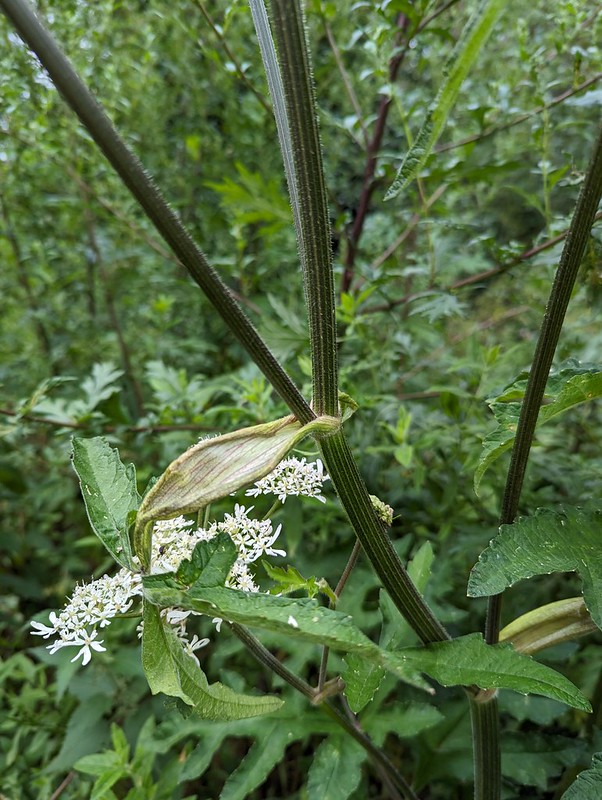
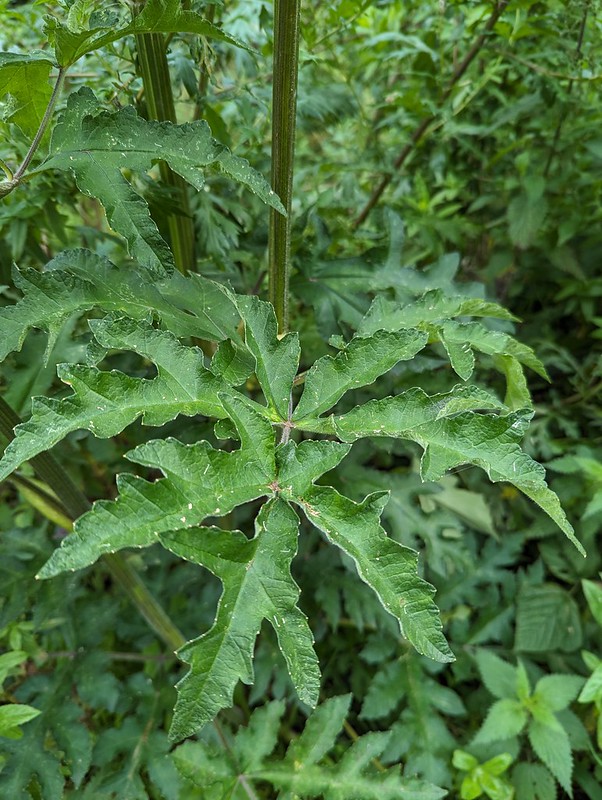

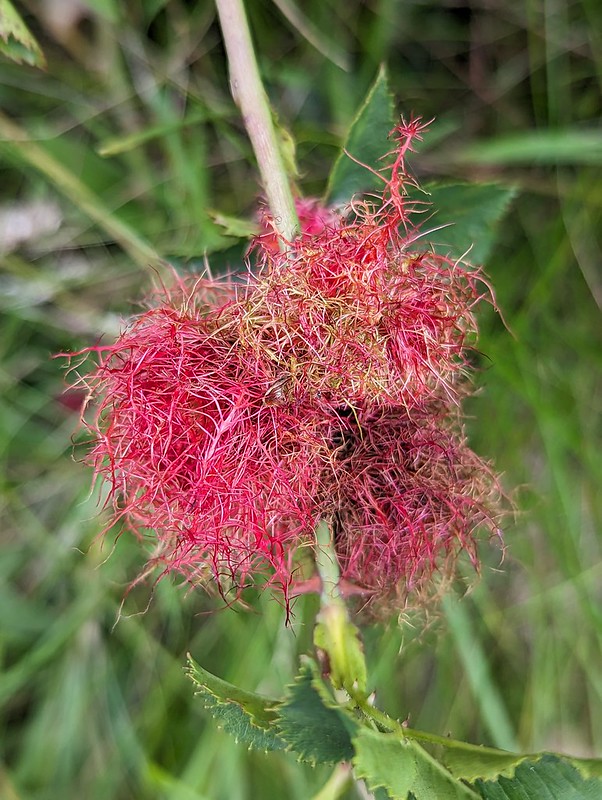




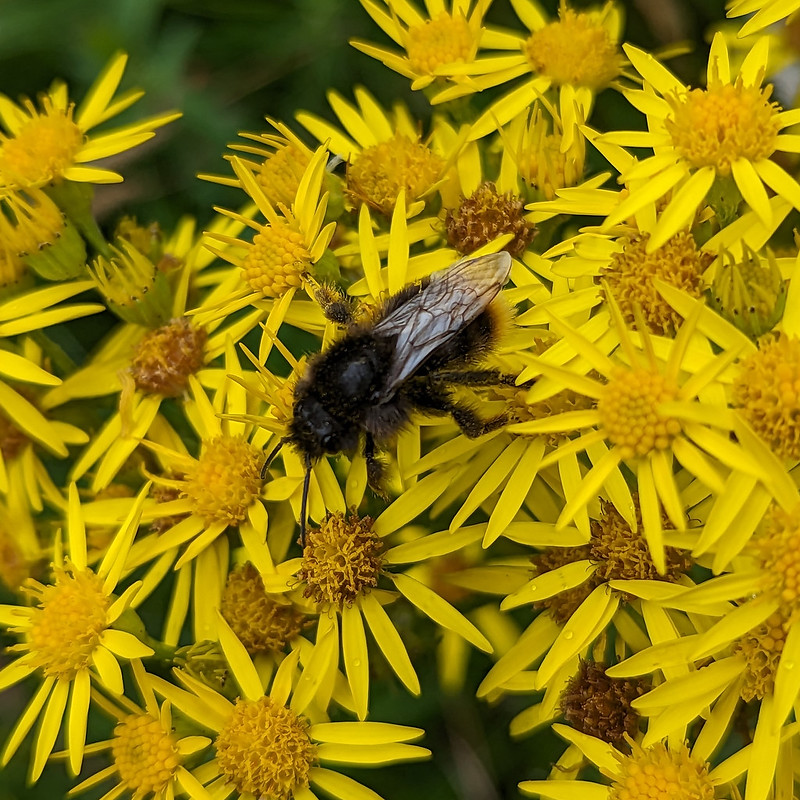
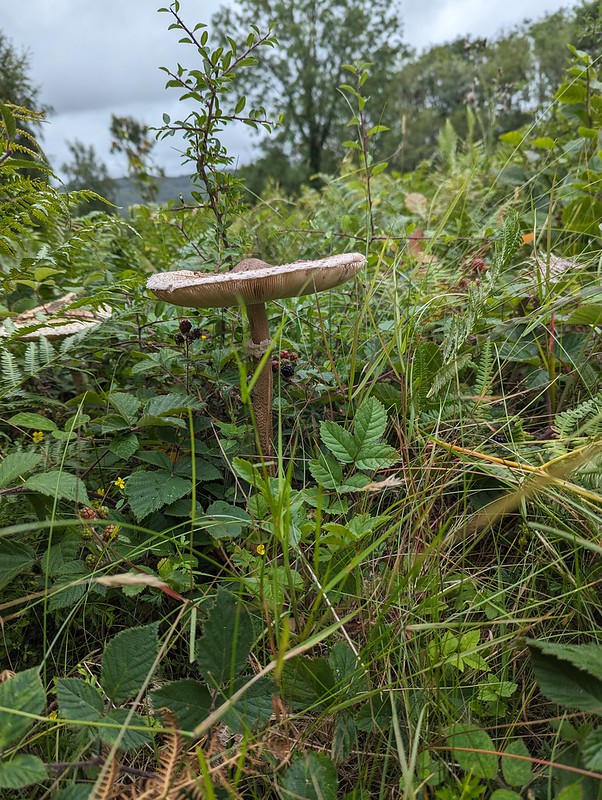
These mushrooms, growing in a group of perhaps a dozen in one of the clearings at Myer’s Allotment, qualify as the best find of the day.
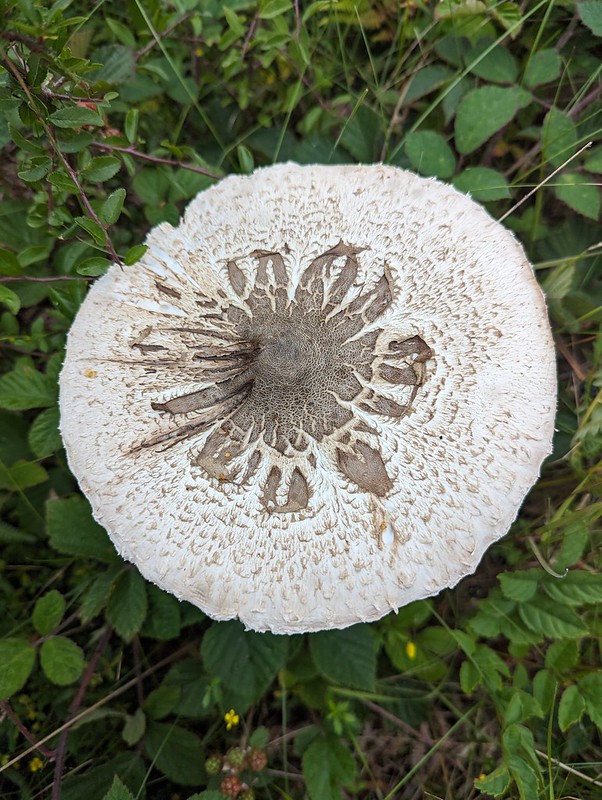
They were huge. At least a foot tall and almost as wide.
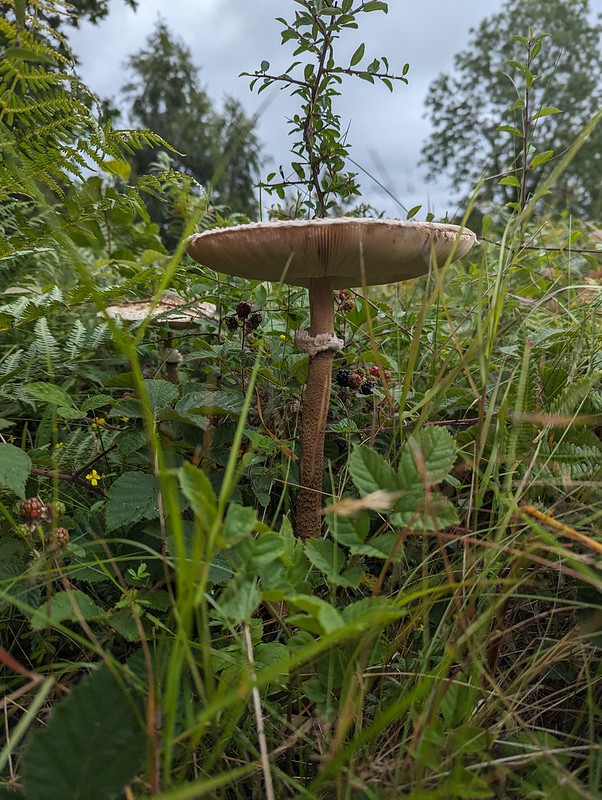
Apparently they’re really good to eat, but I didn’t know that at the time, and anyway I’m a bit suspicious of large mushrooms – I’ve been unpleasantly surprised before.



Still, if the weather’s showery, how handy to have Lambert’s Meadow on the doorstep for between the squalls.

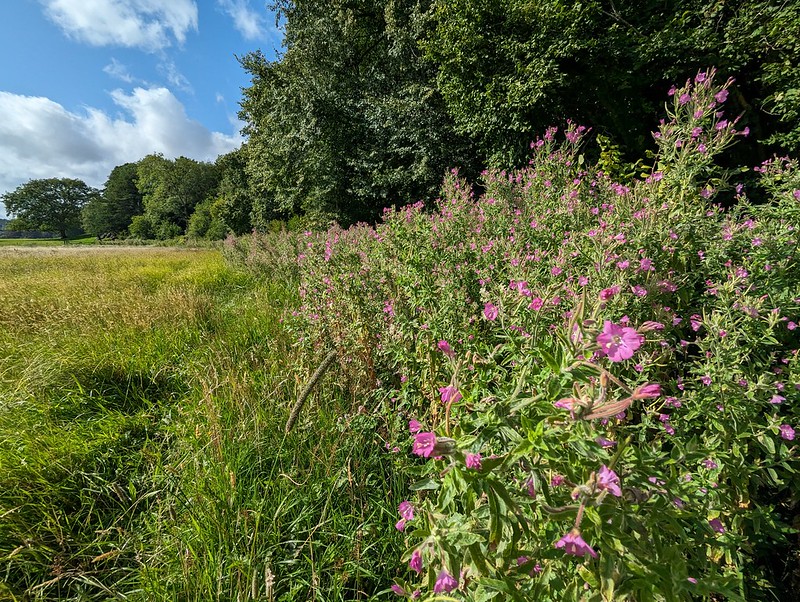


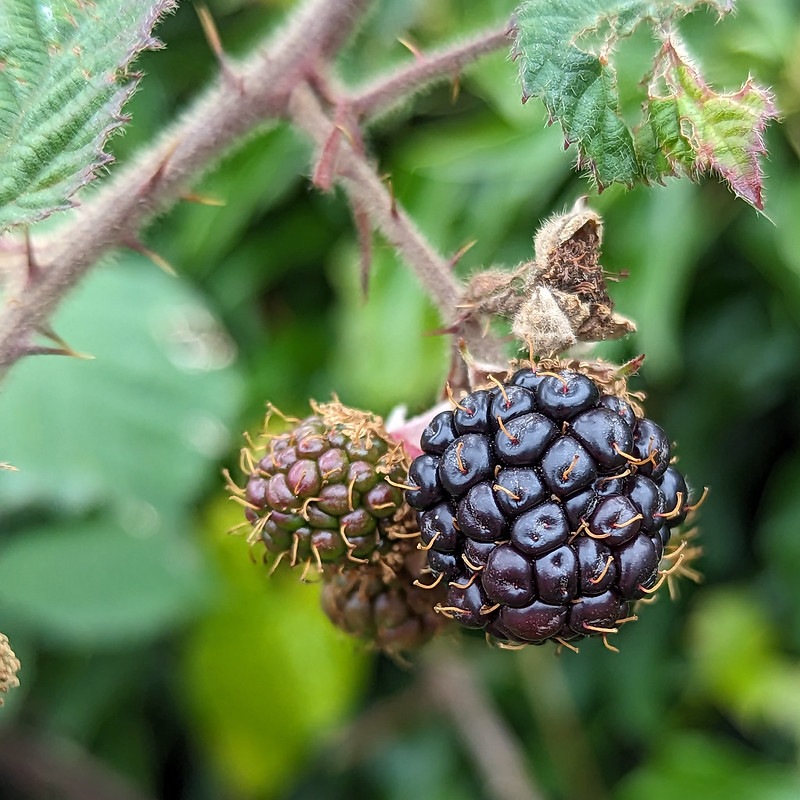
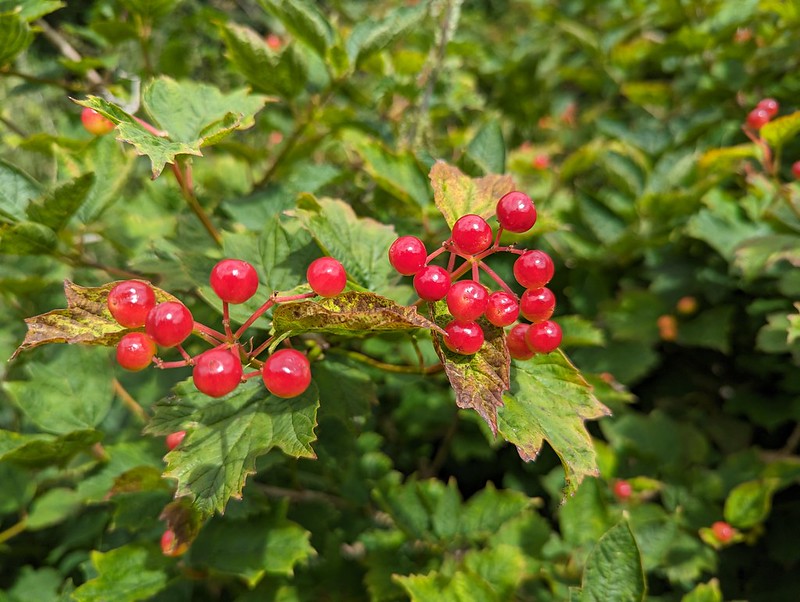
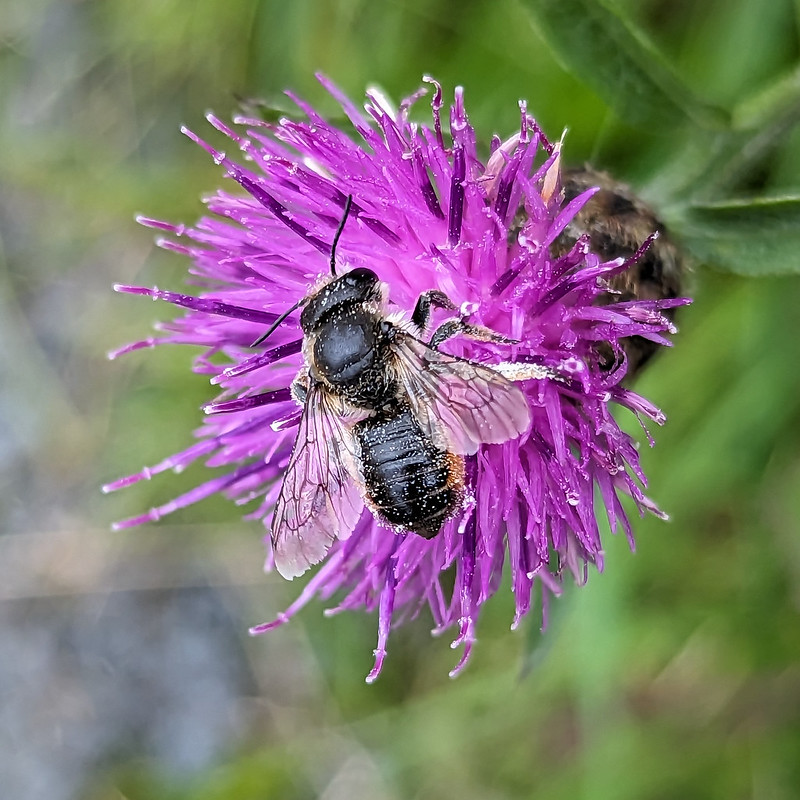
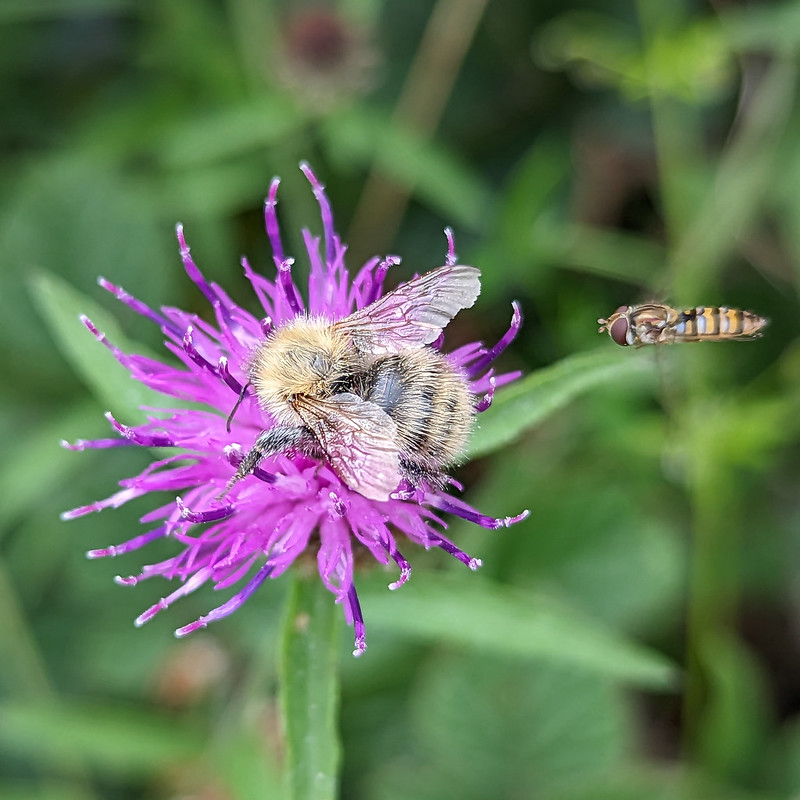
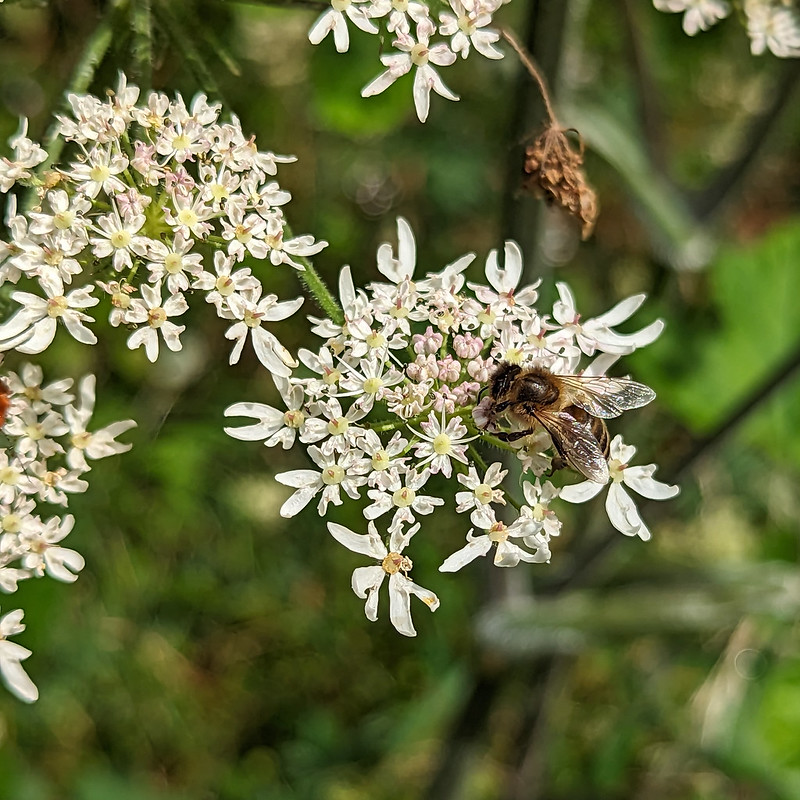


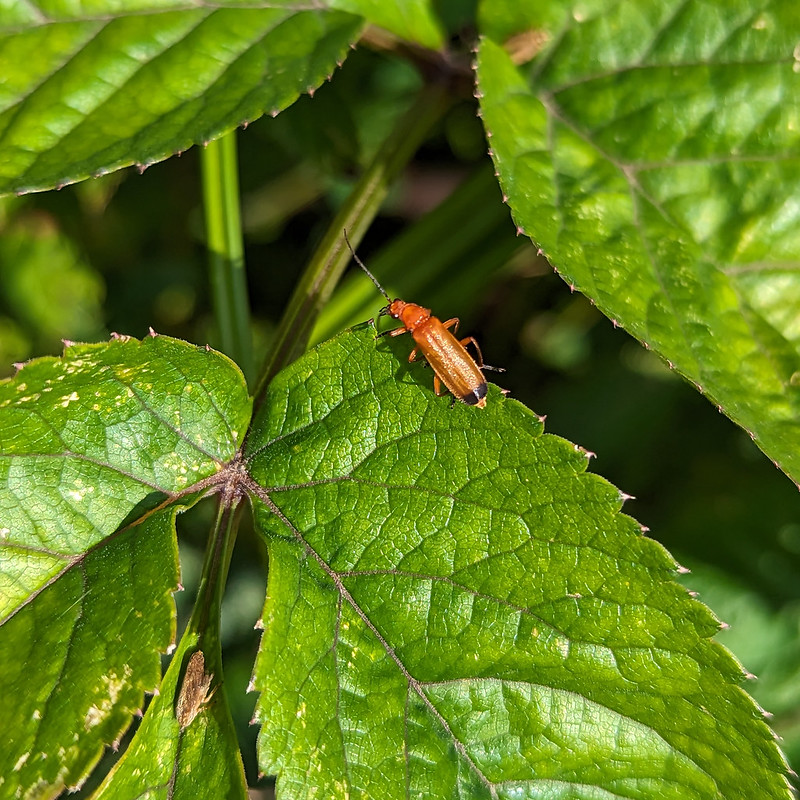
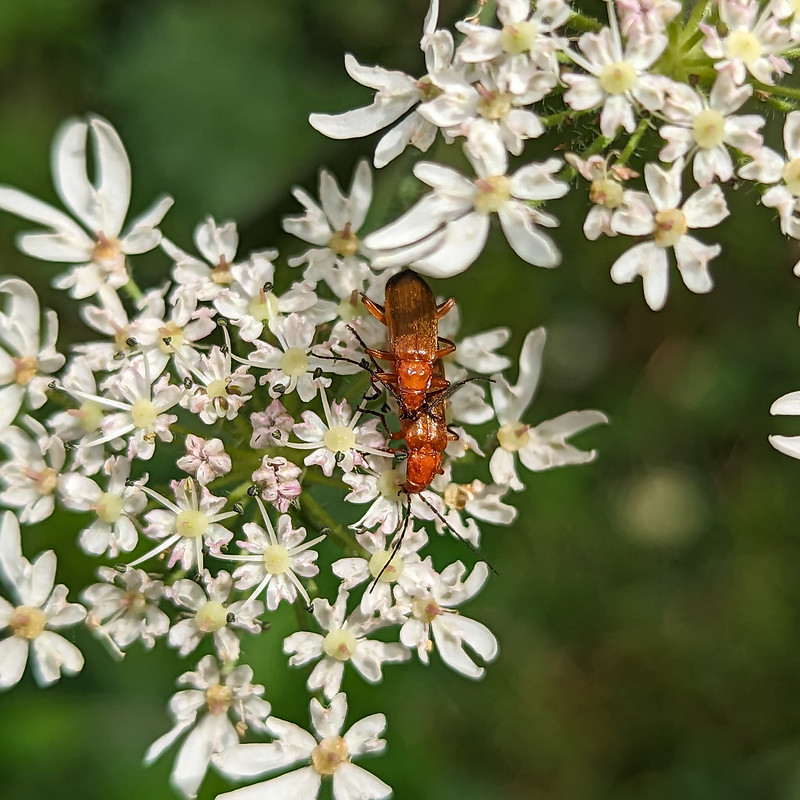
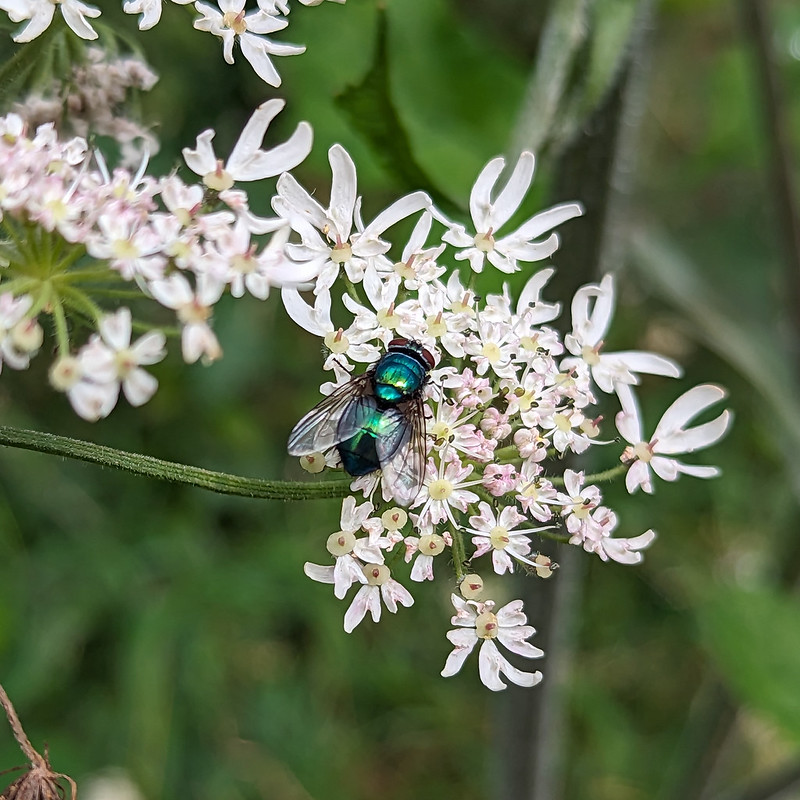
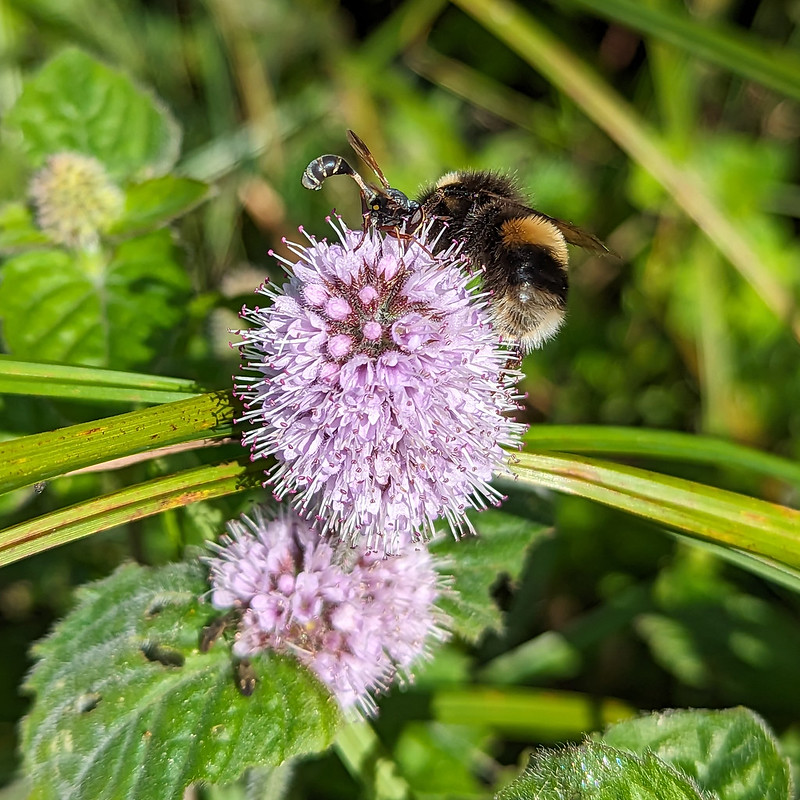
This odd looking fly, with its narrow wasp-waist and the bulbous end to its abdomen, was a new species to me.

Apparently this small hoverfly might be the most widespread and most numerous species of hoverfly in the UK.
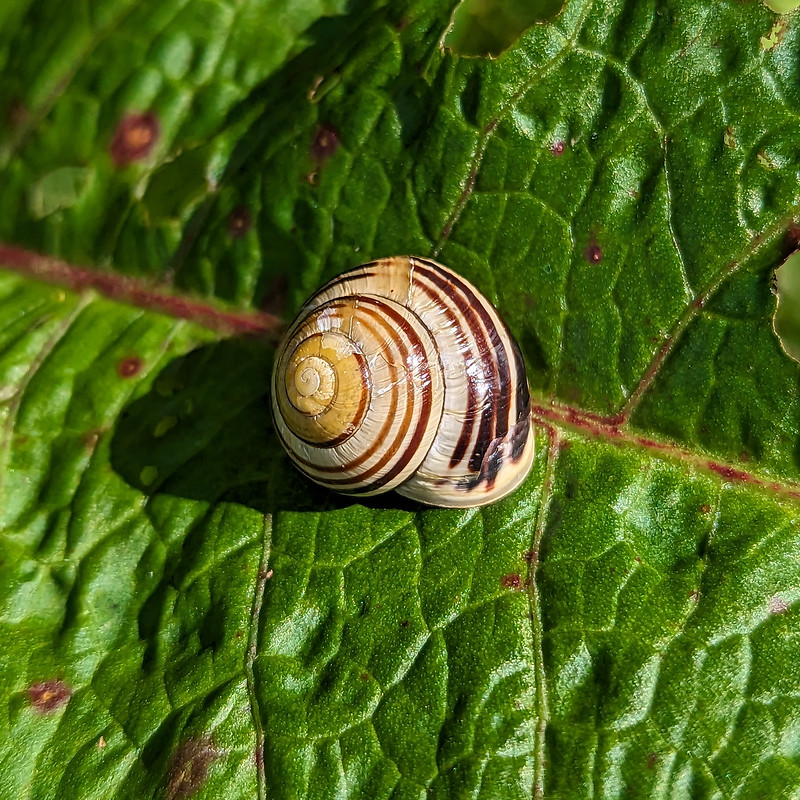
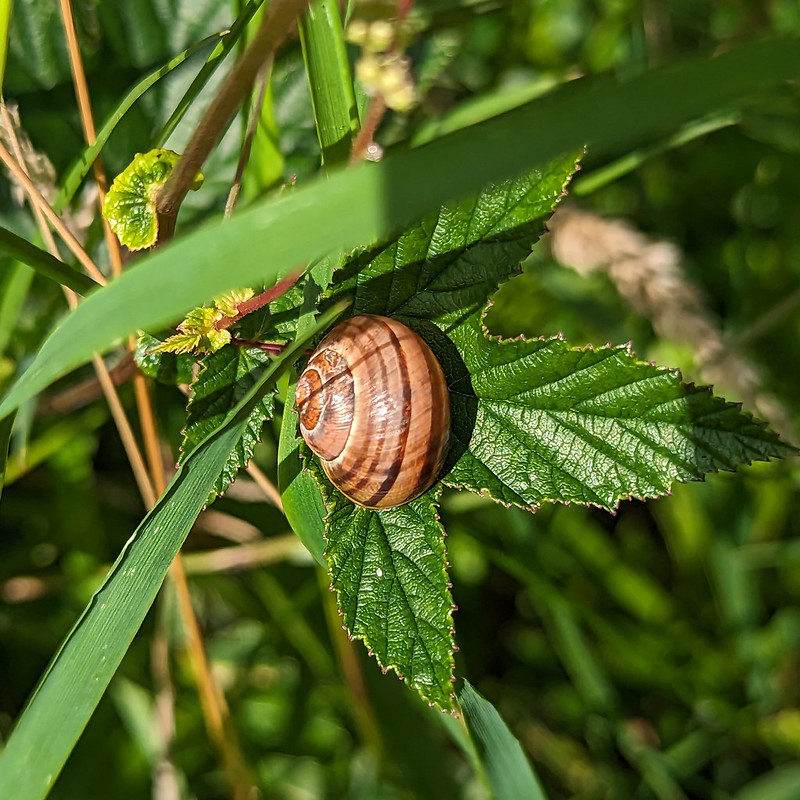
I’d managed to go out without my camera, or possibly with my camera but either no charge or no memory card. Either way, these photos were all taken with my phone, hence the lack of damselflies, dragonflies and butterflies, none of which would tolerate me getting close enough with my phone to get a decent photo.

The photos in this post are all from two walks around home from the first Saturday in July. The random musings are more recent.

I remember there was a bit of a fuss about a Slow Food movement a few years ago, wasn’t there? Started in Italy, apparently. I was thinking about this, because I was idly contemplating the concept of a Slow Walking movement.
Although movement sounds a bit energetic in this context.
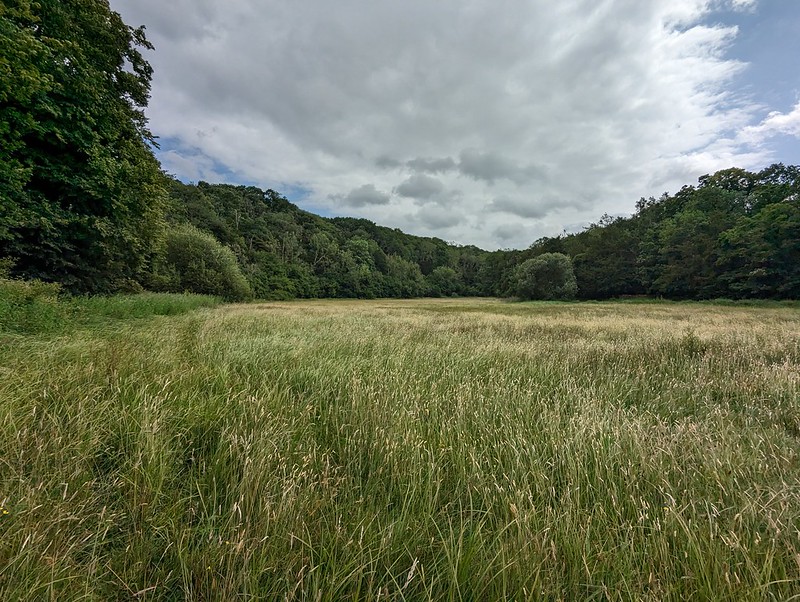
Apparently, there’s already a Slow Living campaign:
“Slow living is a lifestyle which encourages a slower approach to aspects of everyday life, involving completing tasks at a leisurely pace.”

Leisurely pace. Yup.
Monotasking.
If that.

I read somewhere that this year was a good one for butterflies. I can’t say it seemed that way particularly, from my perspective. I did see a lot of Silver Y moths though. They migrate here from the continent apparently. Overachievers.
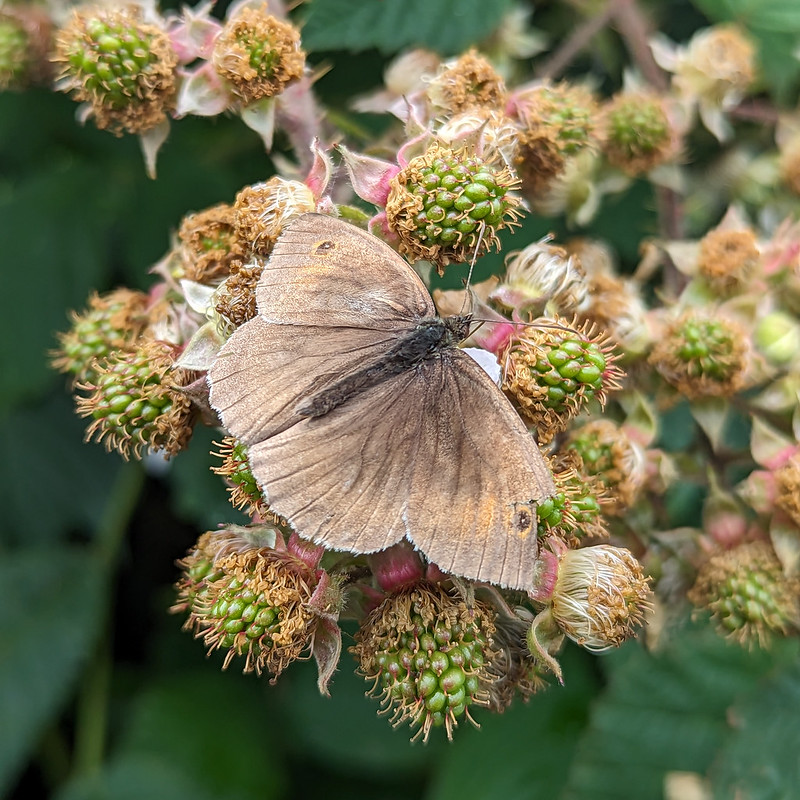
For various reasons, TBH has put a lot of effort into researching ADHD recently. Now and again, she gives me articles to read, or listen to. They usually make me chuckle with recognition.

Whilst not a recognised symptom, apparently people with ADHD often display hyperfocus.
“Hyperfocus is highly focused attention that lasts a long time. You concentrate on something so hard that you lose track of everything else going on around you.”

The example given in the article TBH showed me yesterday was of a child continuing to read a book under a desk, which is me all over. I imagine slowly plodding around a field taking hundreds of photos of bugs, bees, flies, fleas and creepy-crawlies probably qualifies too.
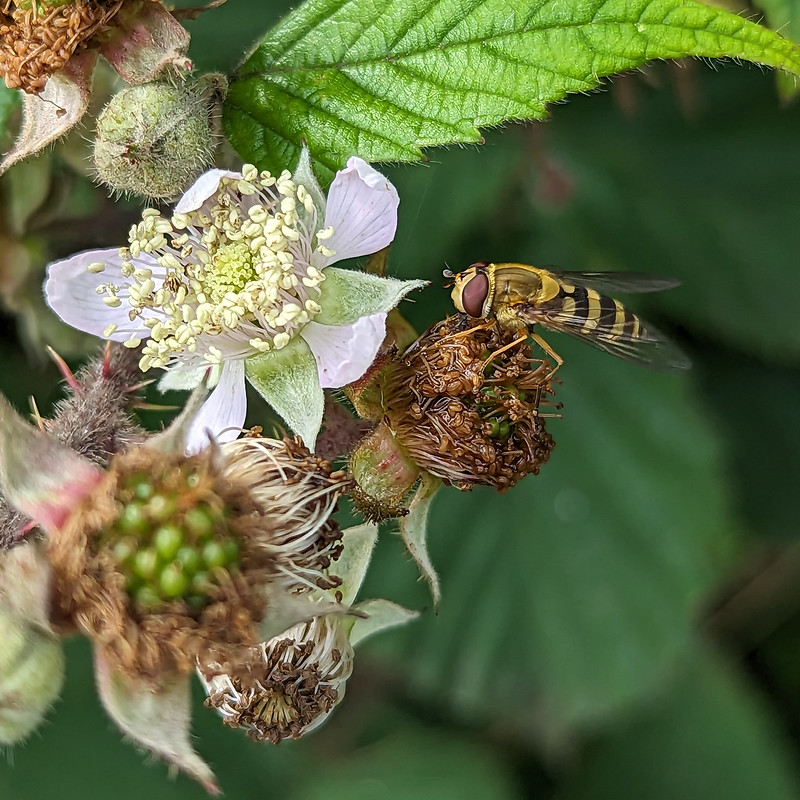
I realise that it can seem like half-the-world is busy self-diagnosing ADHD these days, but that’s okay isn’t it? We can all be neuro-diverse, we all have our little, or not so little, idiosyncrasies.


Similar colouring to a Twenty-two-spot ladybird, but much bigger, and the spots are more rectangular and less round, and can merge together.
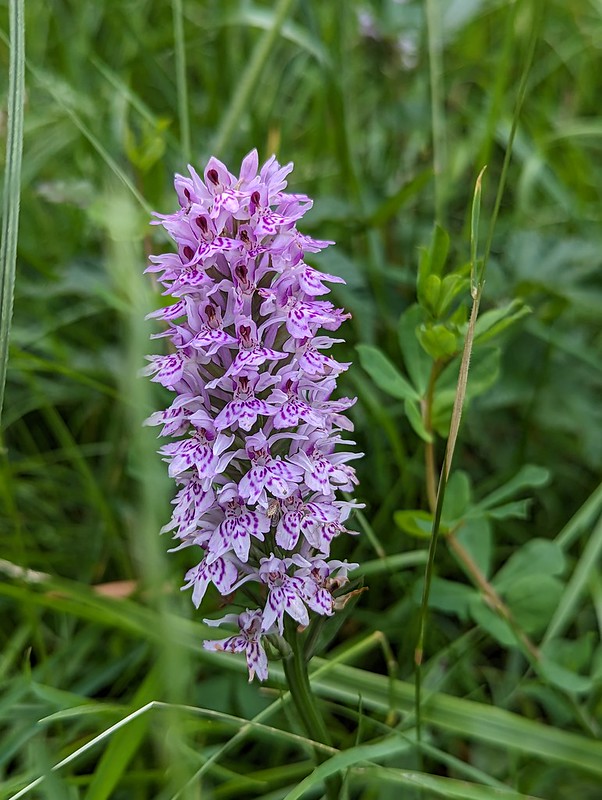
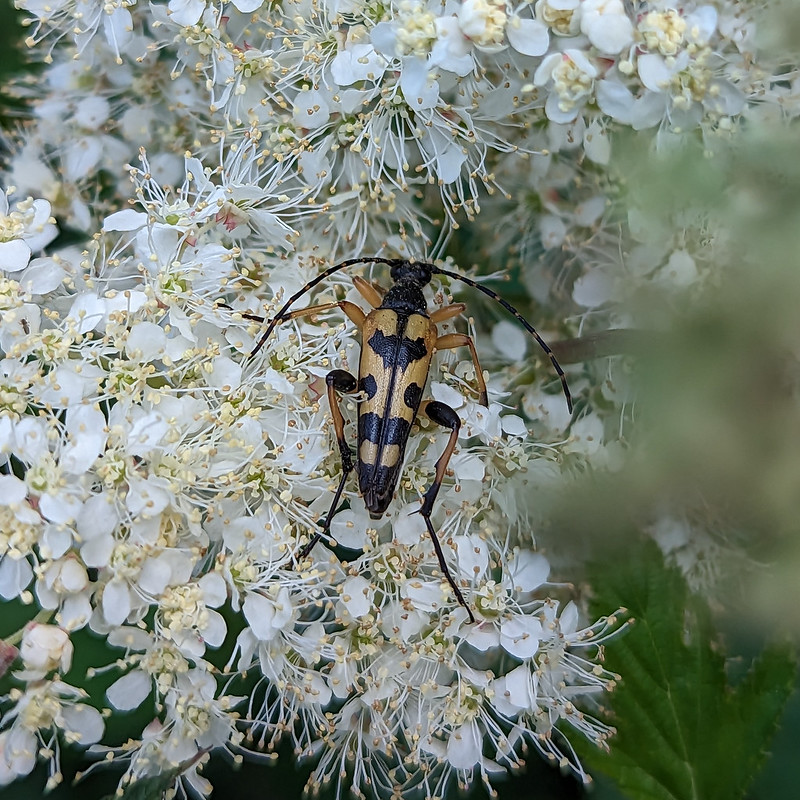
Apparently these longhorn beetles, in their larval stage, live on dead wood for three years – then they get a fortnight in the sun to mate. They’re certainly very striking. The black and yellow markings seem to be very variable. I’m fairly confident that I saw beetles of this species several times this summer at Lambert’s Meadow, but this was the only time that I managed to get clear photos.

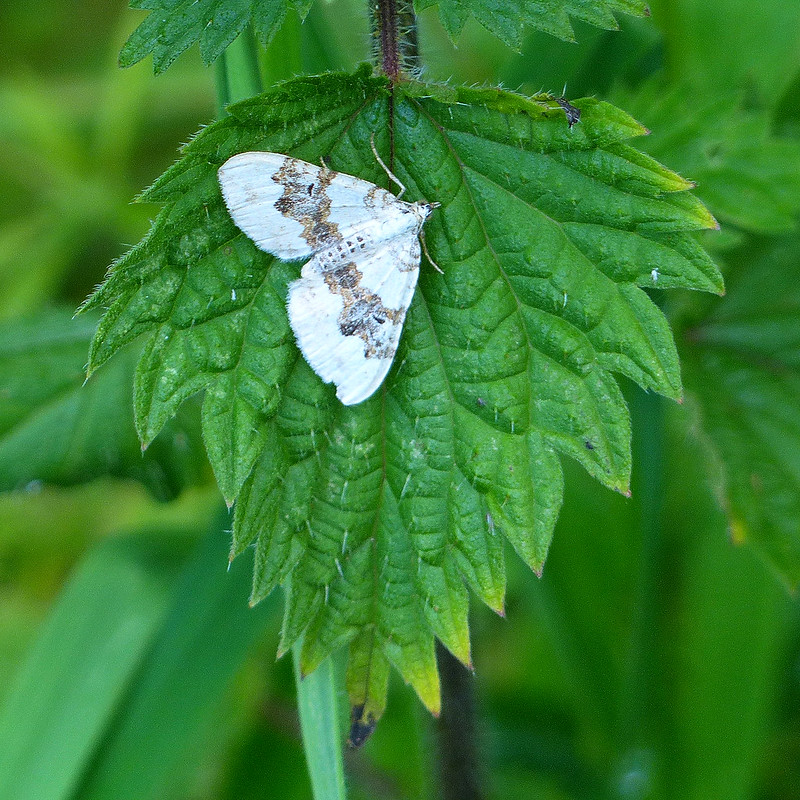

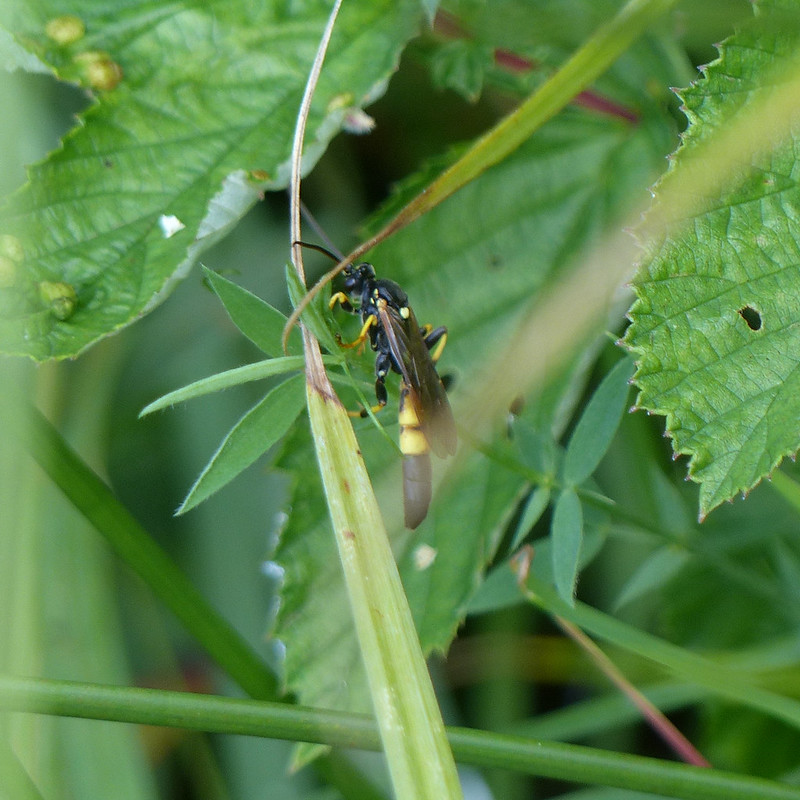
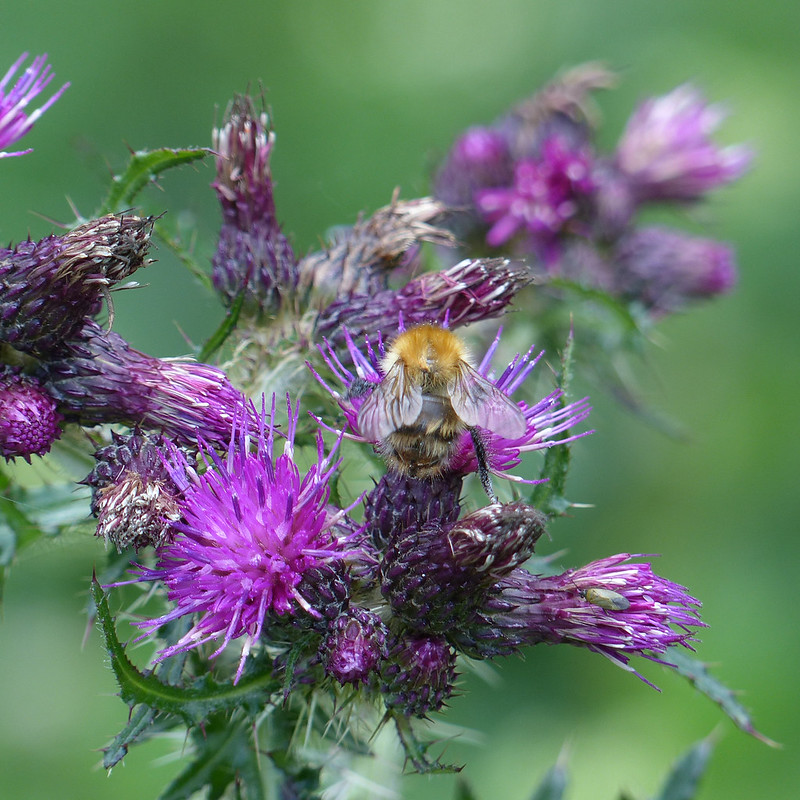
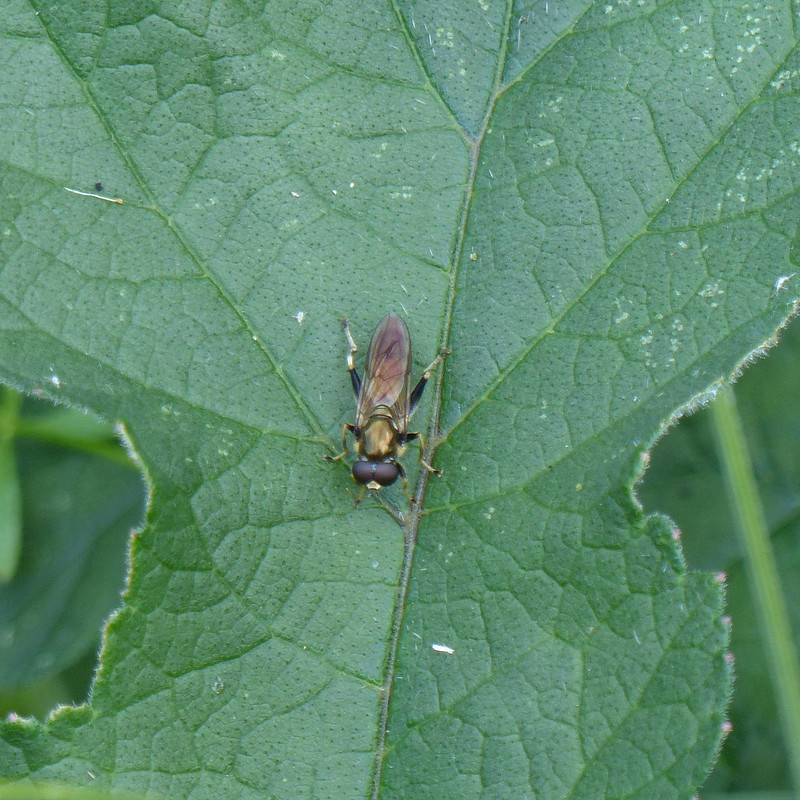
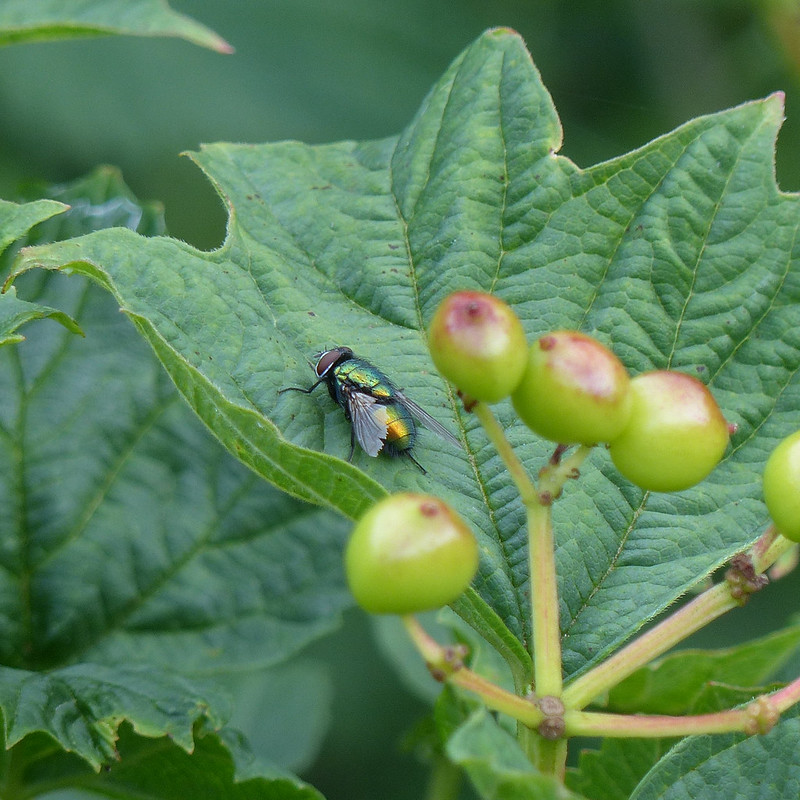
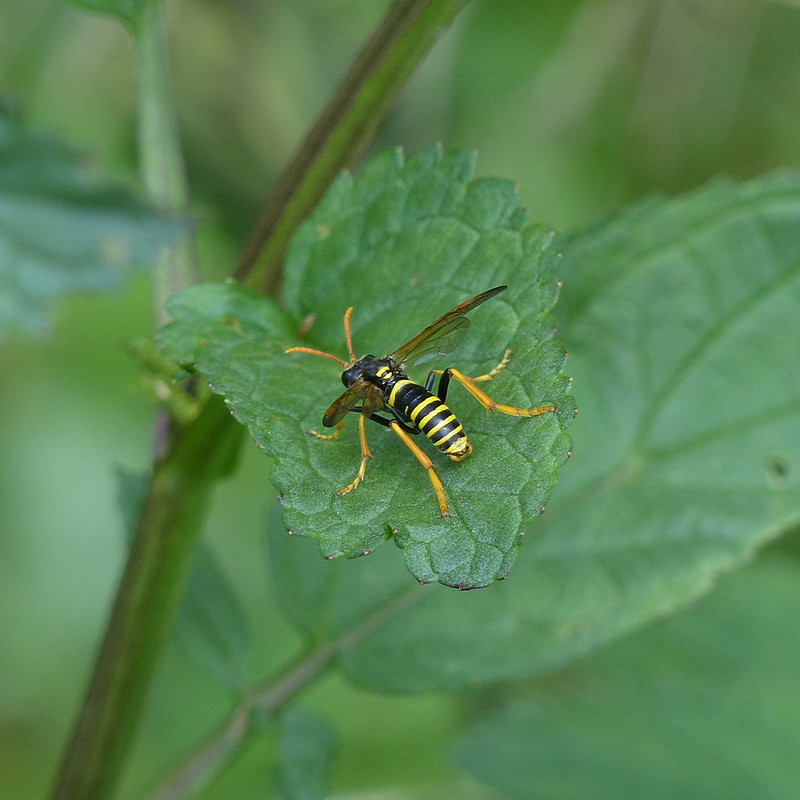

I’m hoping that the weevils and sawflies which live on Figwort, about which I was completely ignorant before this year, will become familiar sights now that I know where to look and what to expect. That has certainly happened with a wide variety of other species that I’ve become aware of over the years.



The little green bug here has hind legs reminiscent of a grasshopper or cricket – but it’s so small, no bigger than the tiny weevil, that it can’t be one of those can it? Except, I’ve discovered, that grasshoppers and crickets undergo five moults, becoming more like an adult at each stage, so maybe this is a small hopper.



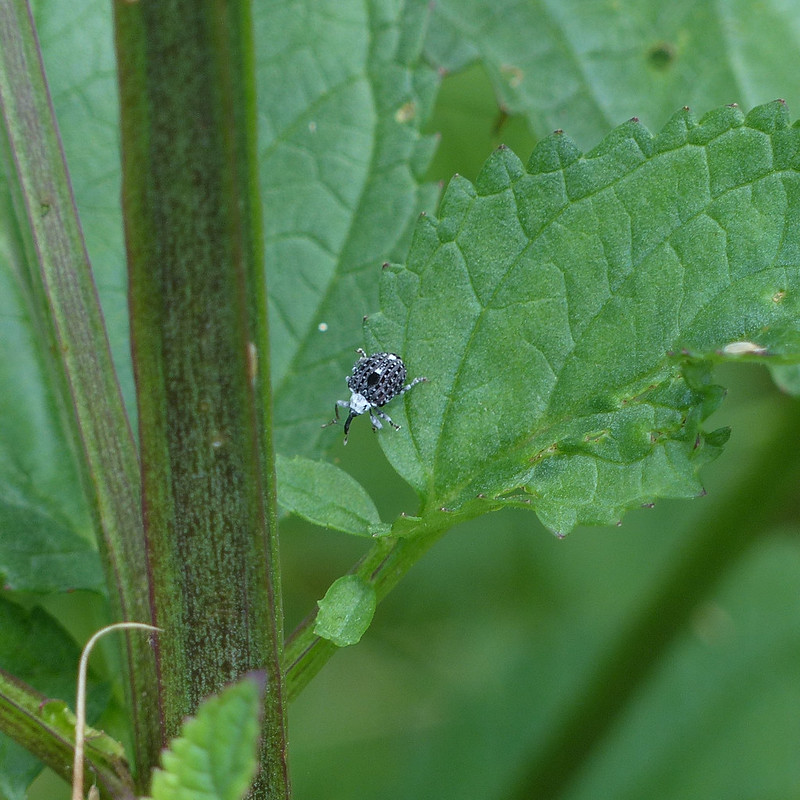


There were lots of Figwort Sawflies about. Plenty of Weevils too. Lots of damselflies also, but, for some reason, not many of my damselfly photos were very sharp.




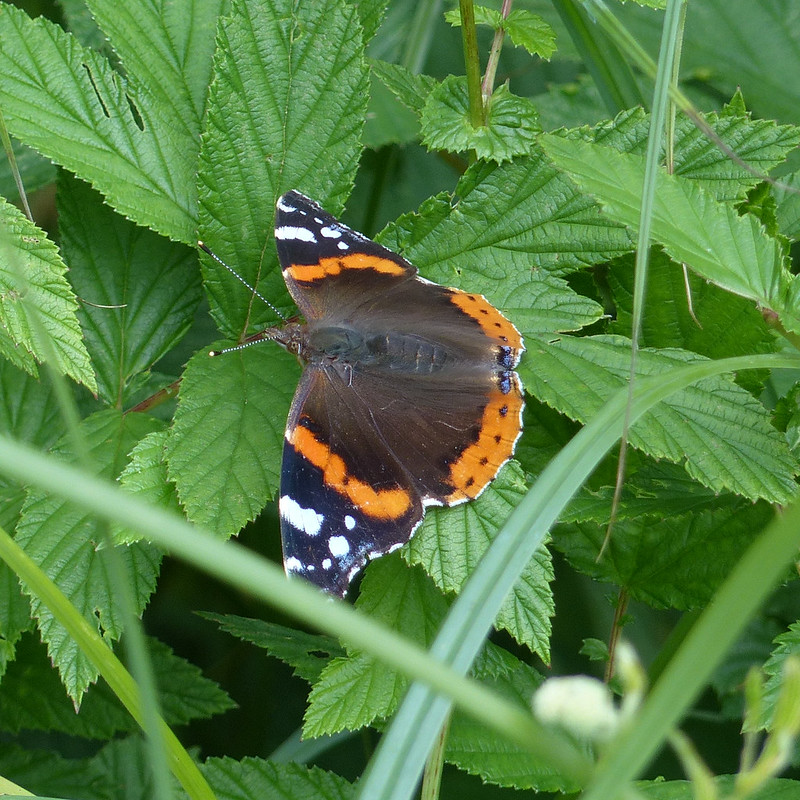
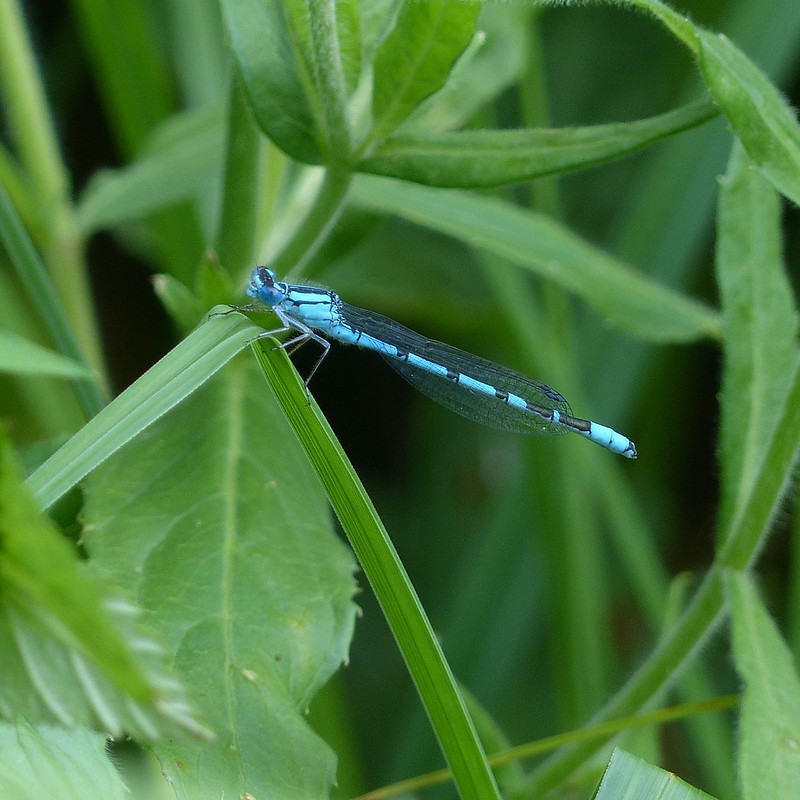

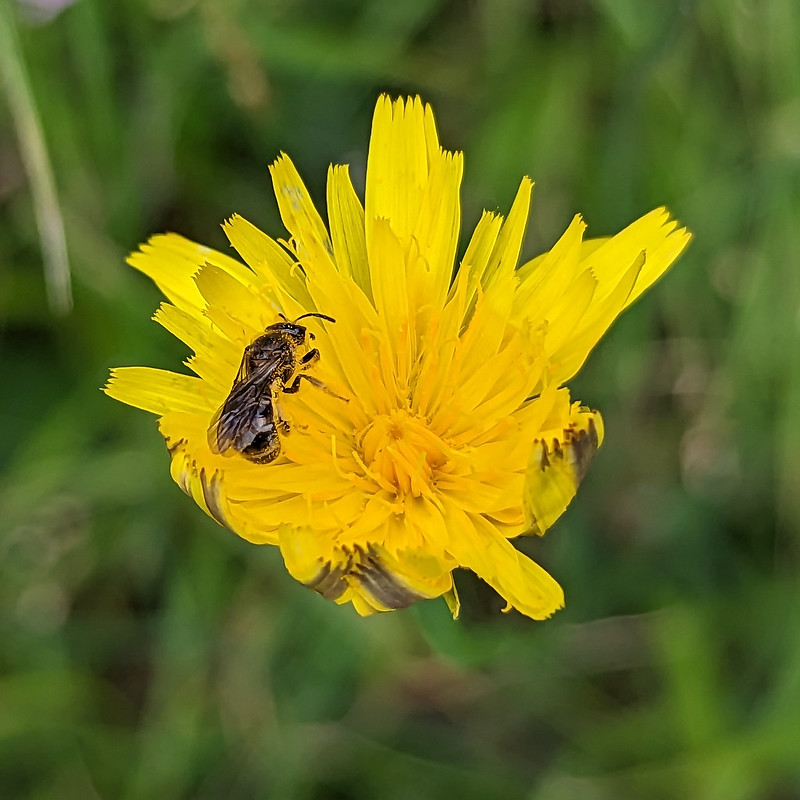

I had five cameras with me on my walk. My Panasonic and the four in my phone. I didn’t use the selfie camera on this occasion. The other three are labelled as -7, x1 and x2. How come a zoom is a multiplication, which makes sense I suppose, but a wide angle is a subtraction?
I’ve found myself using the -7 camera as lot. It’s not as powerful, in terms of the huge numbers of megapixels on offer – but I like the perspective it often gives.

